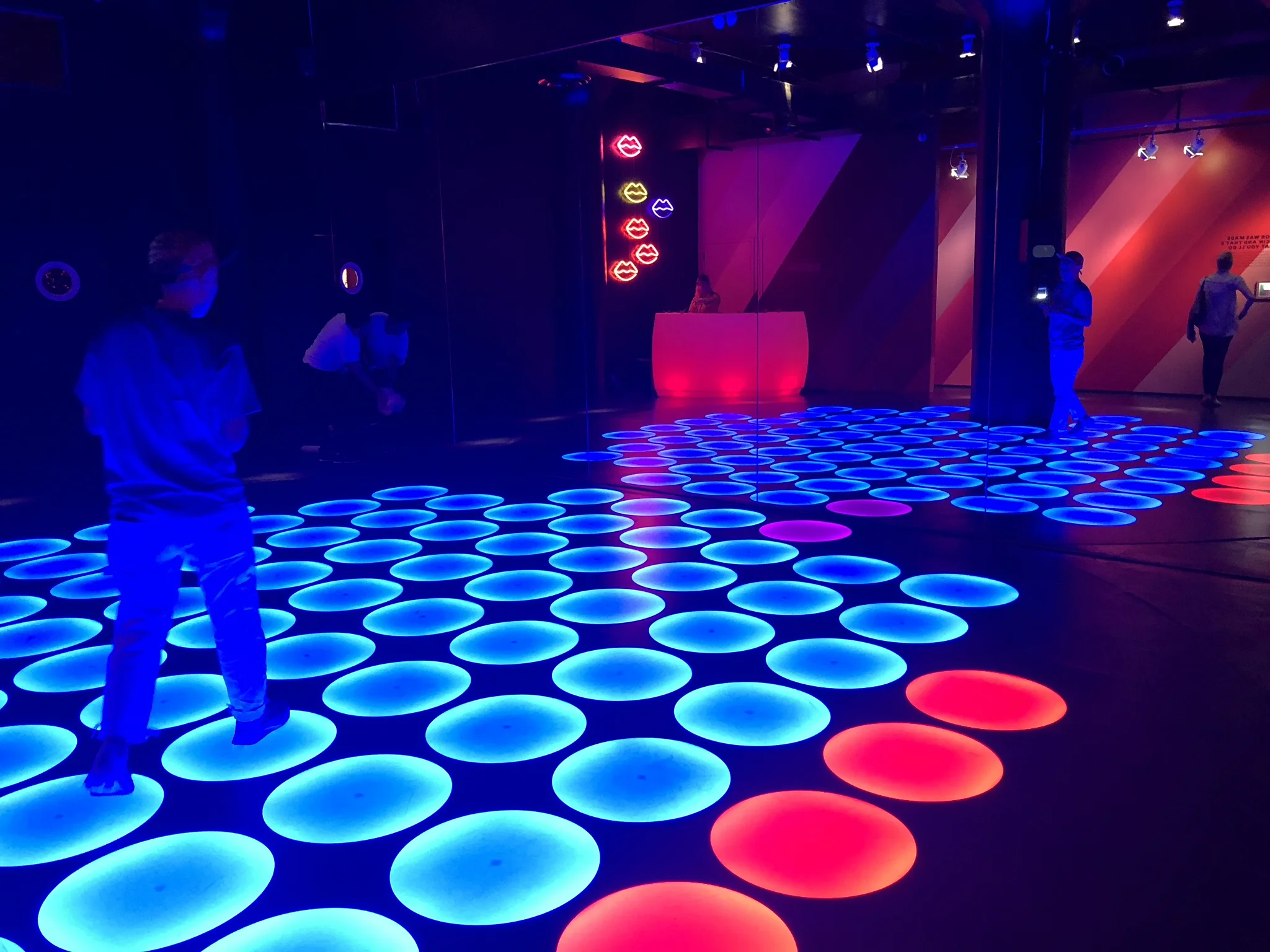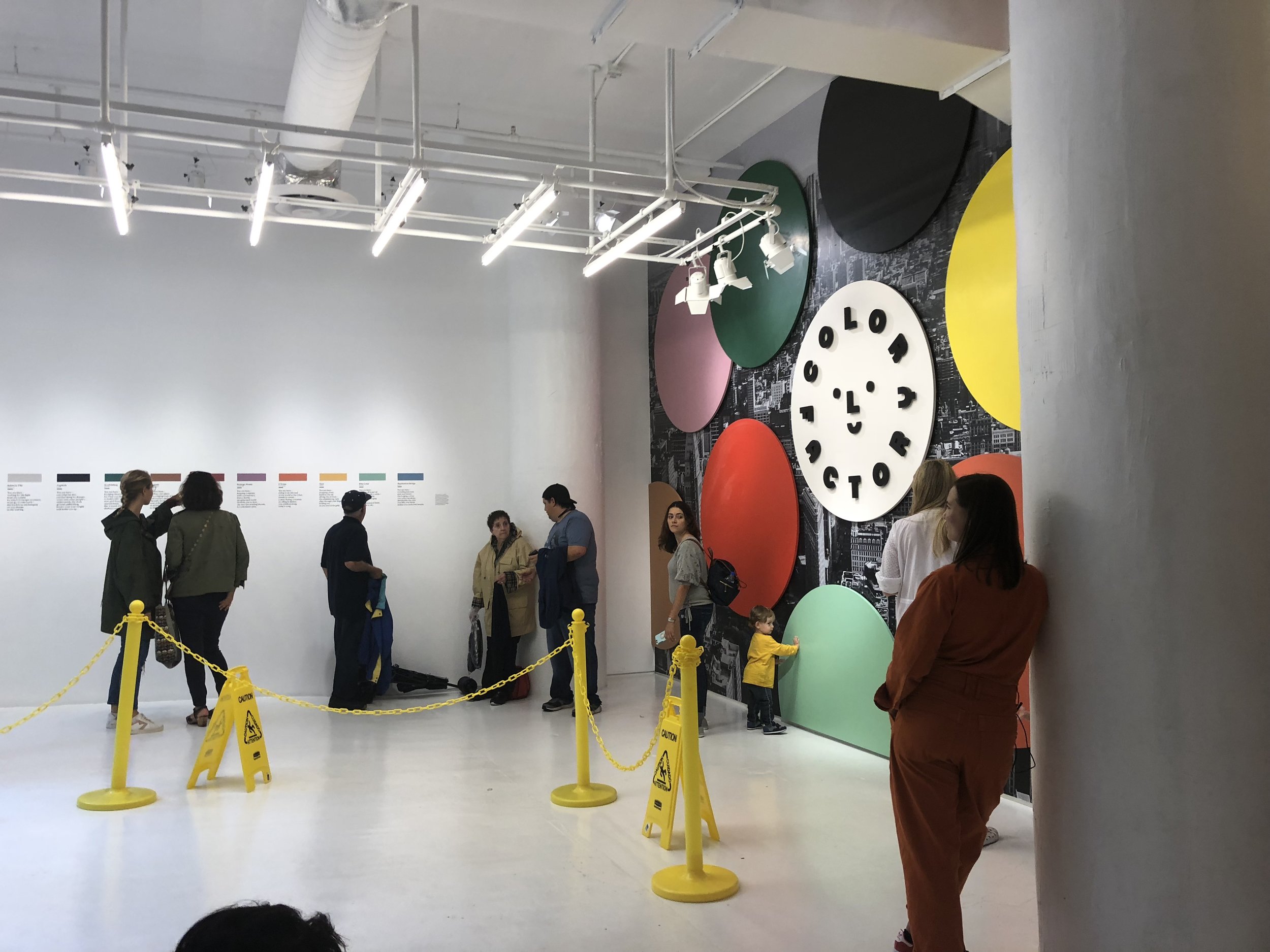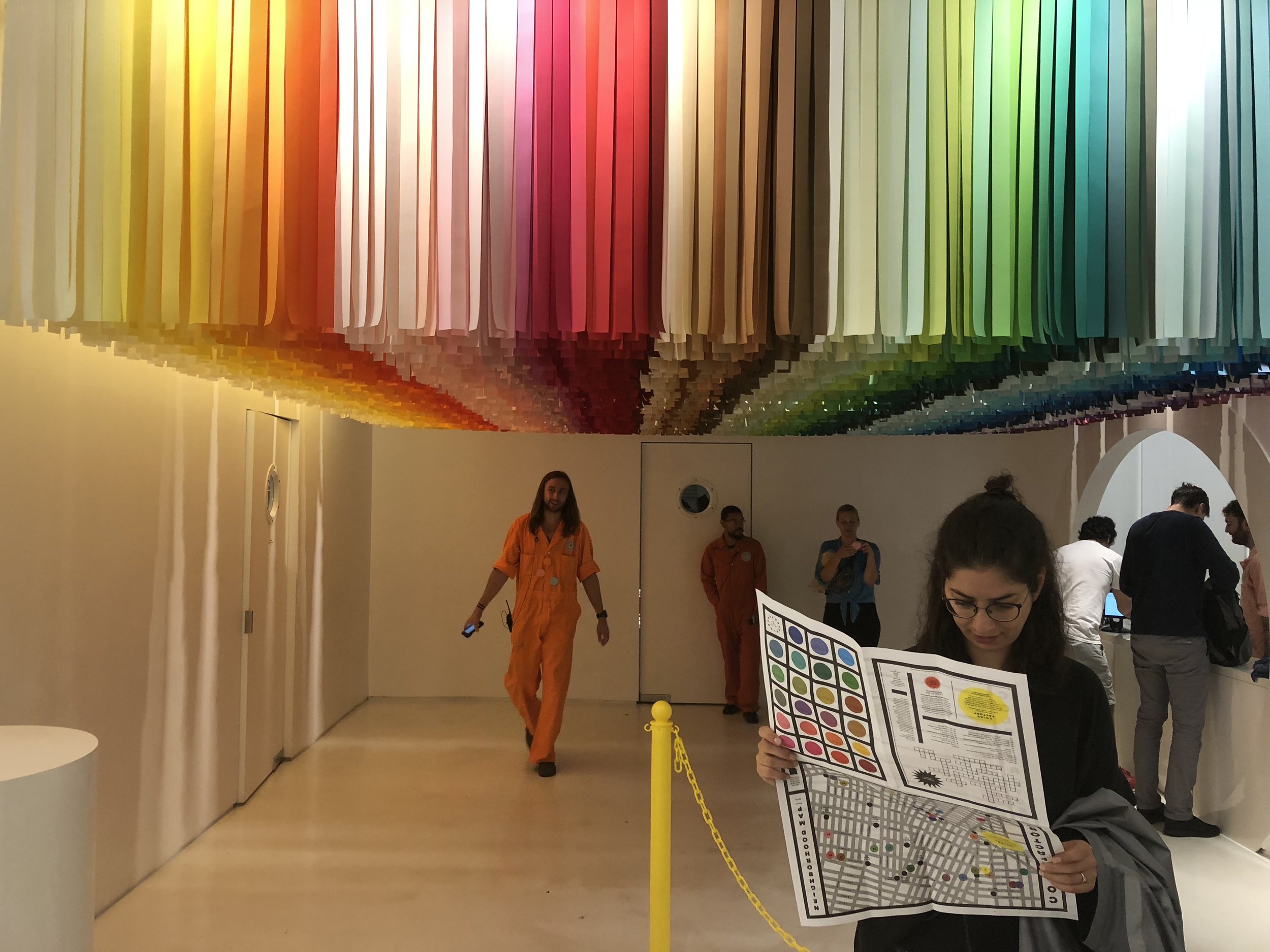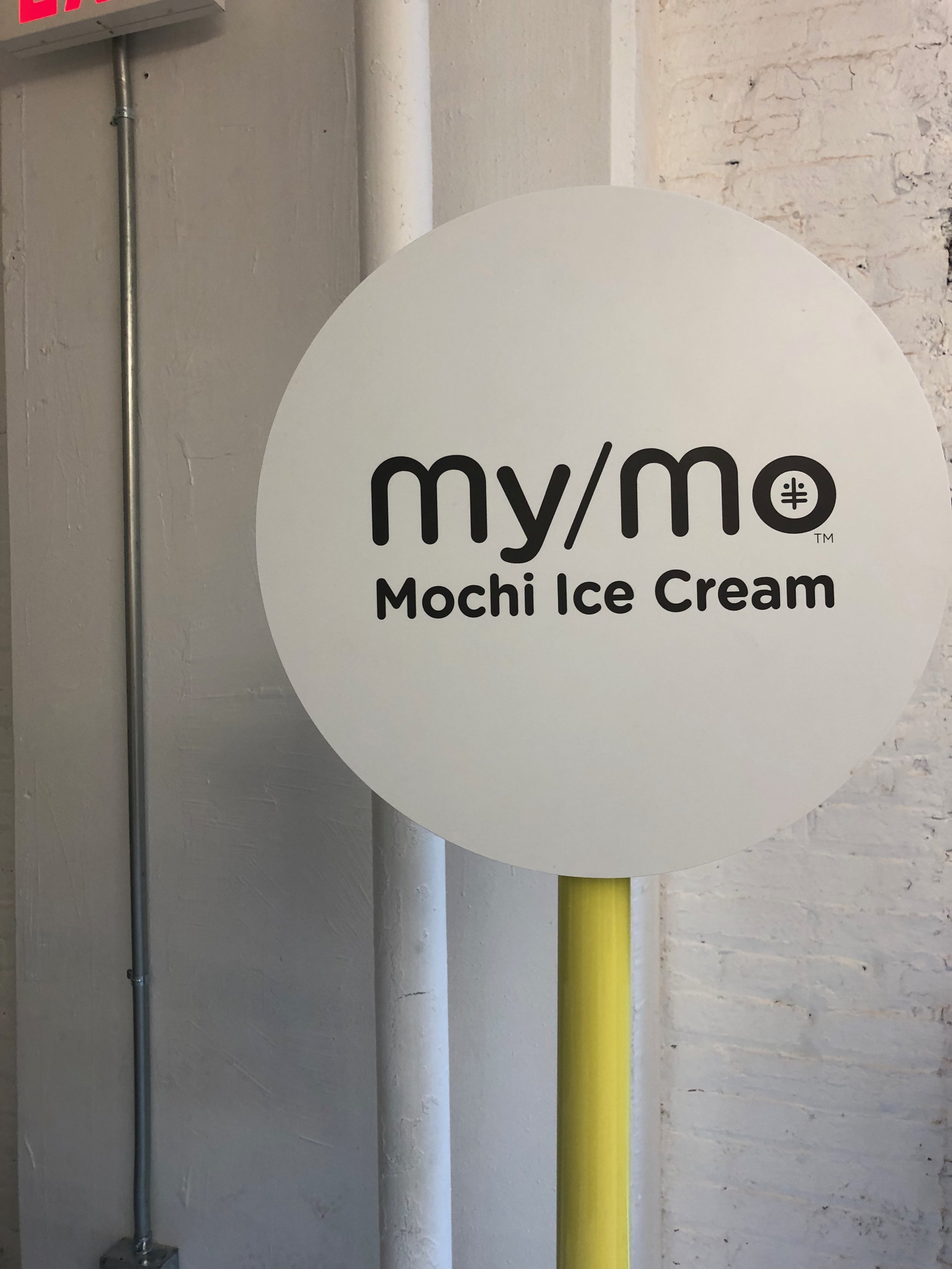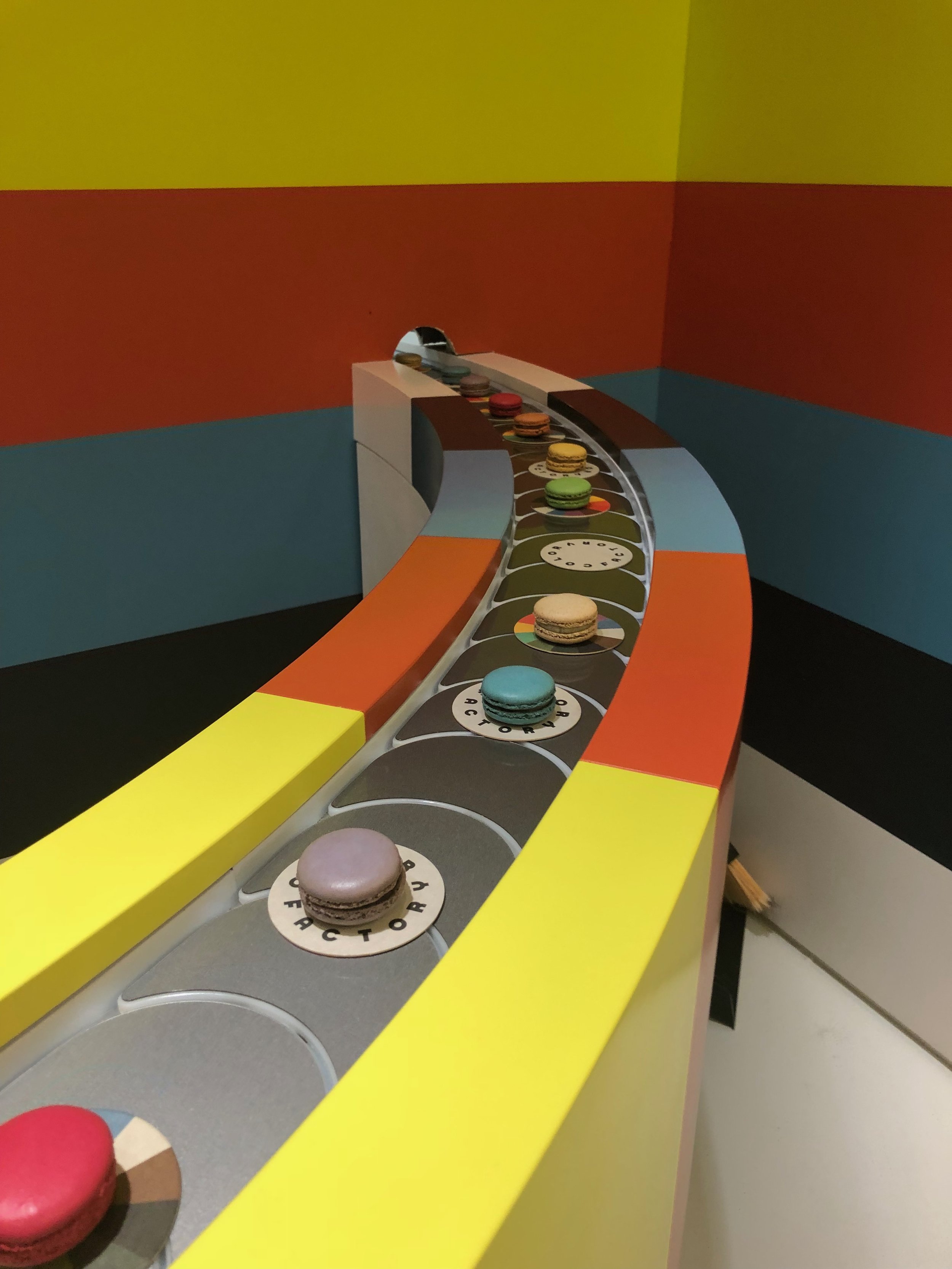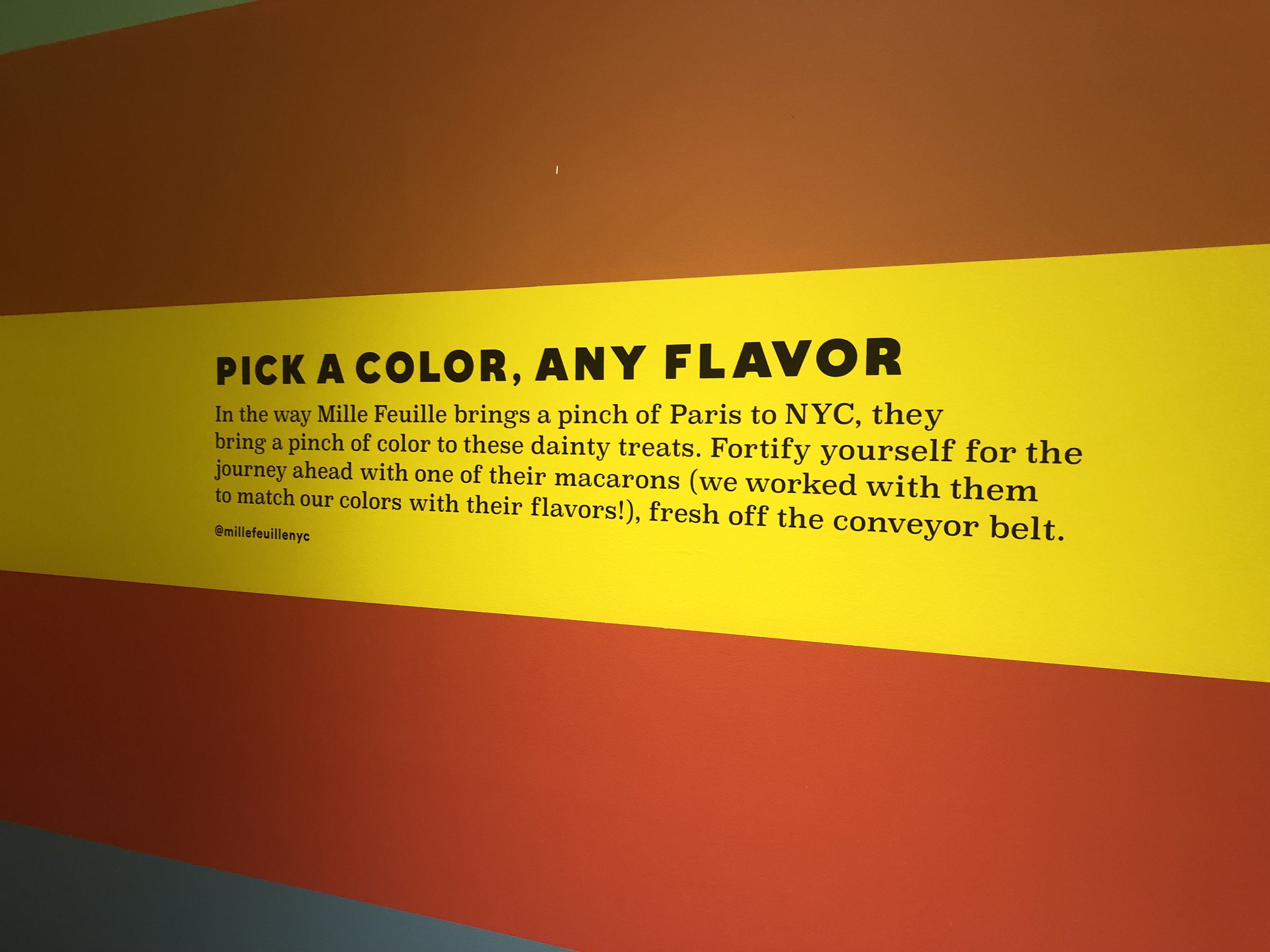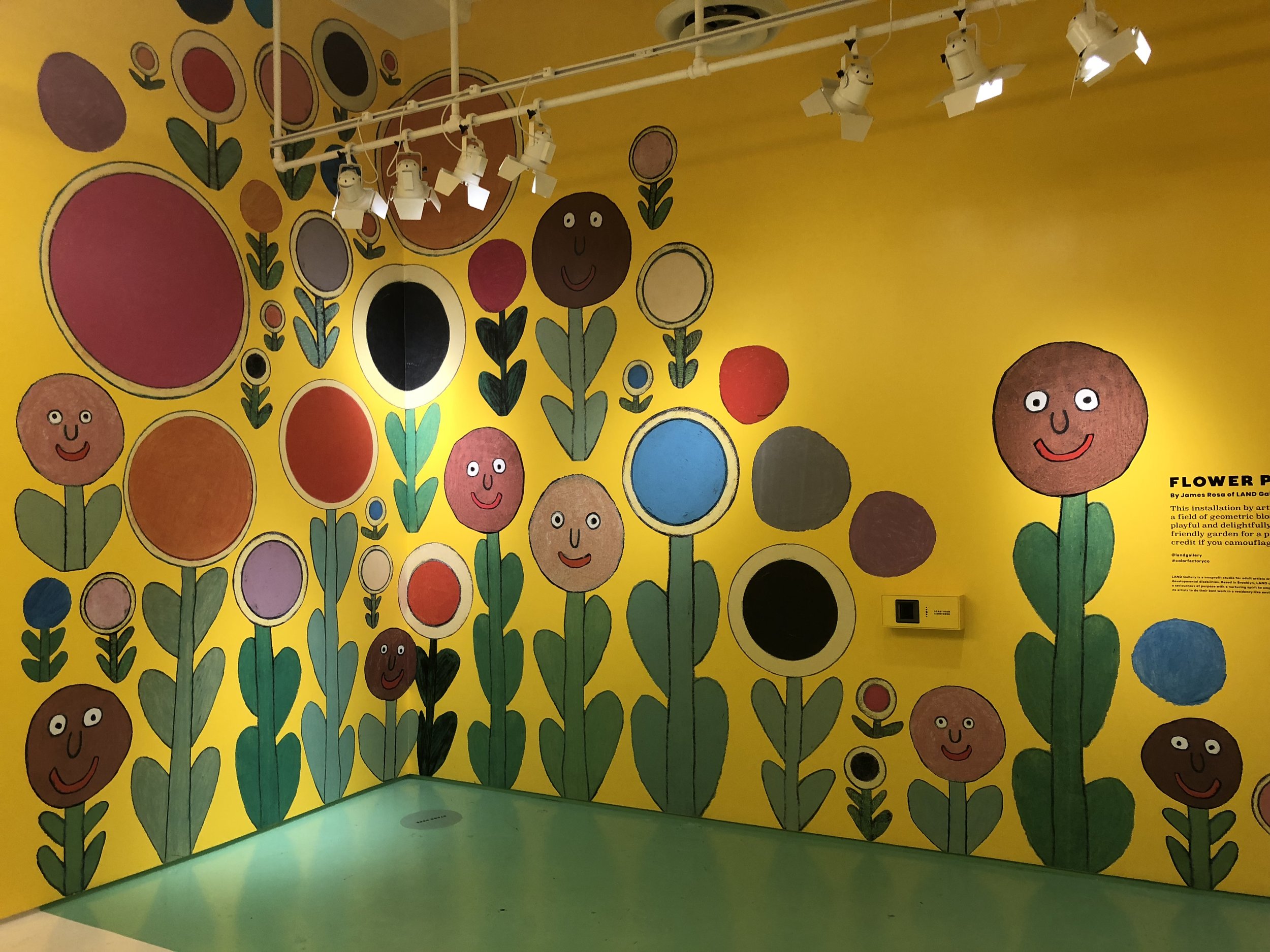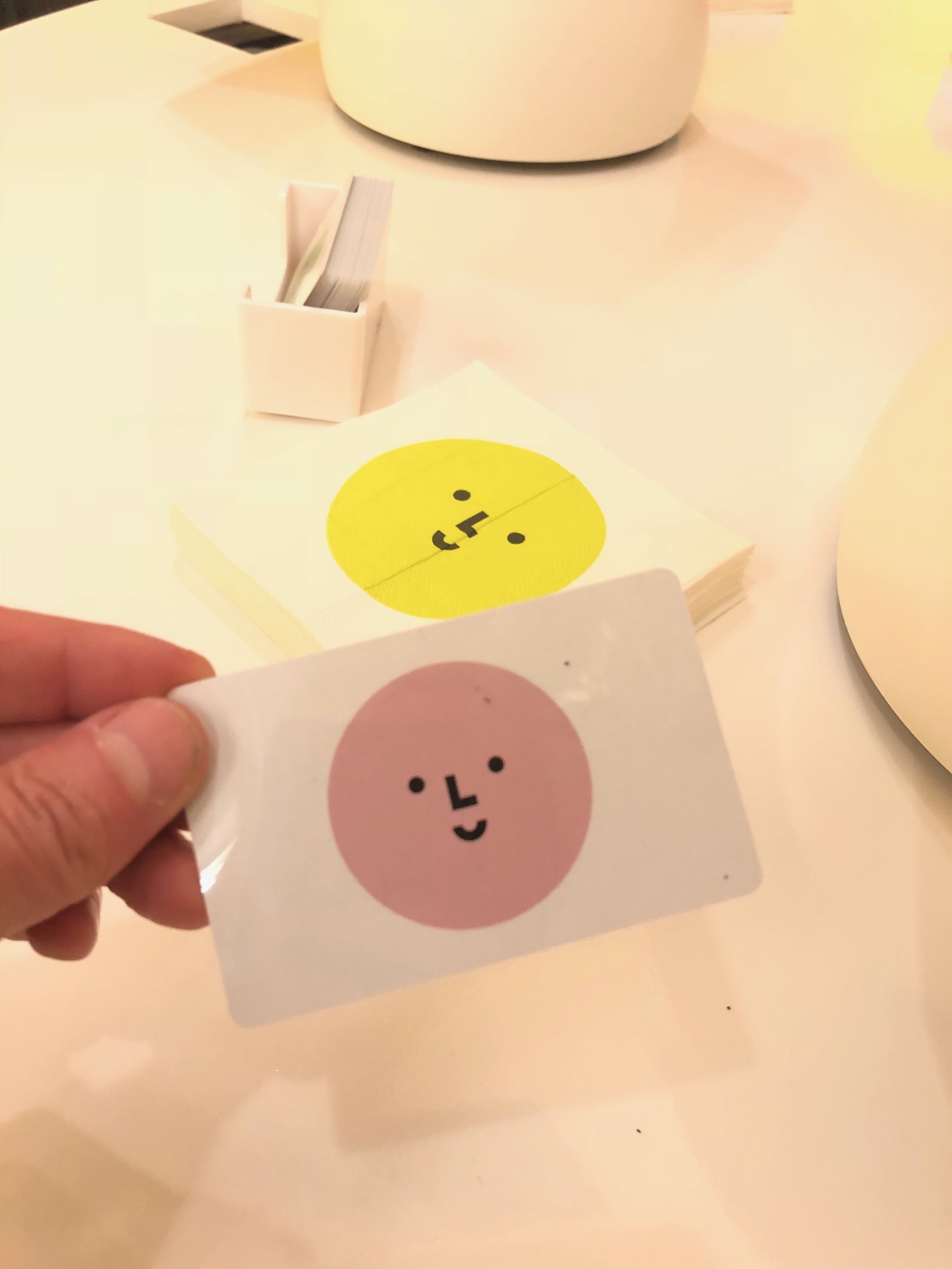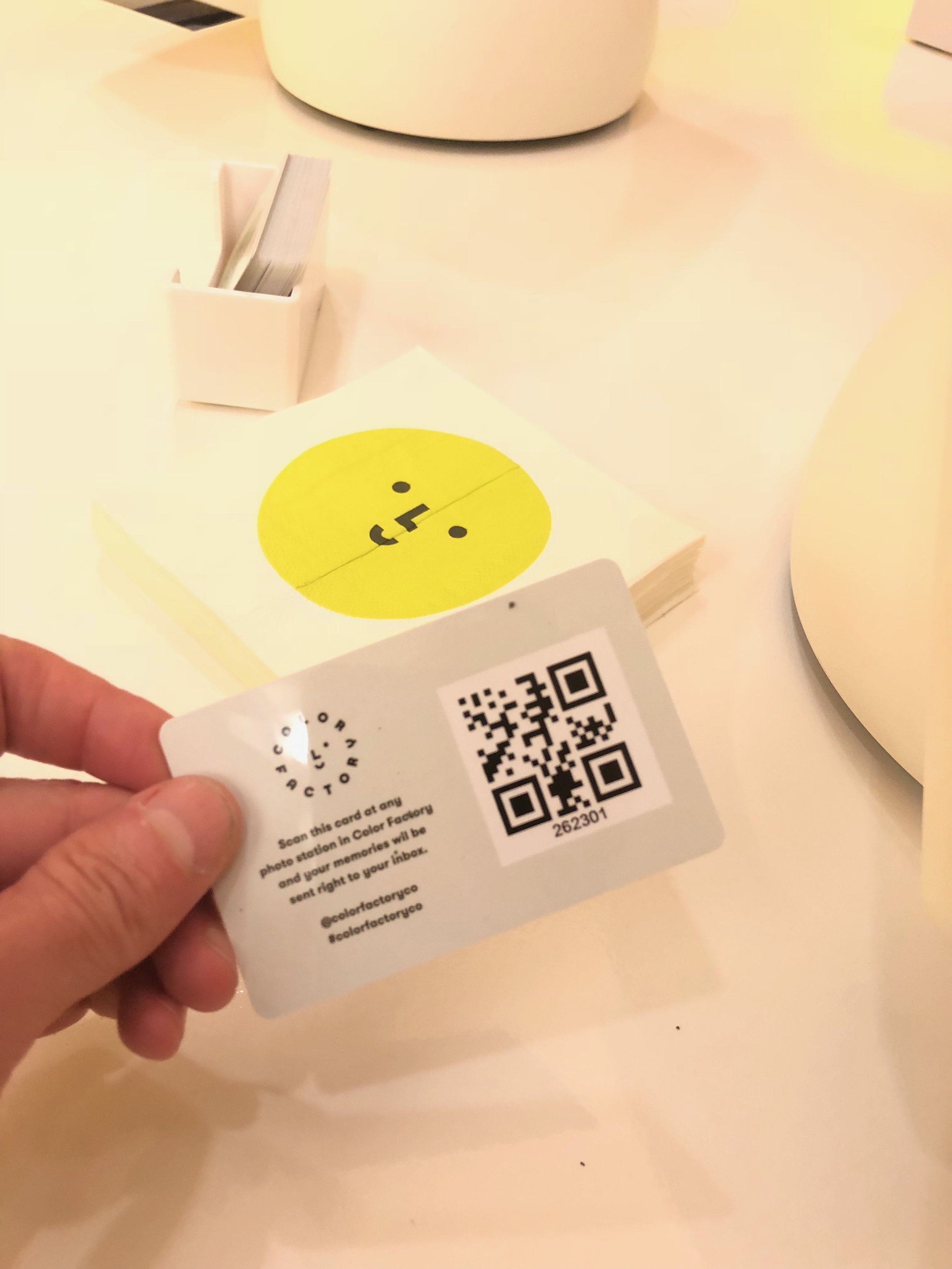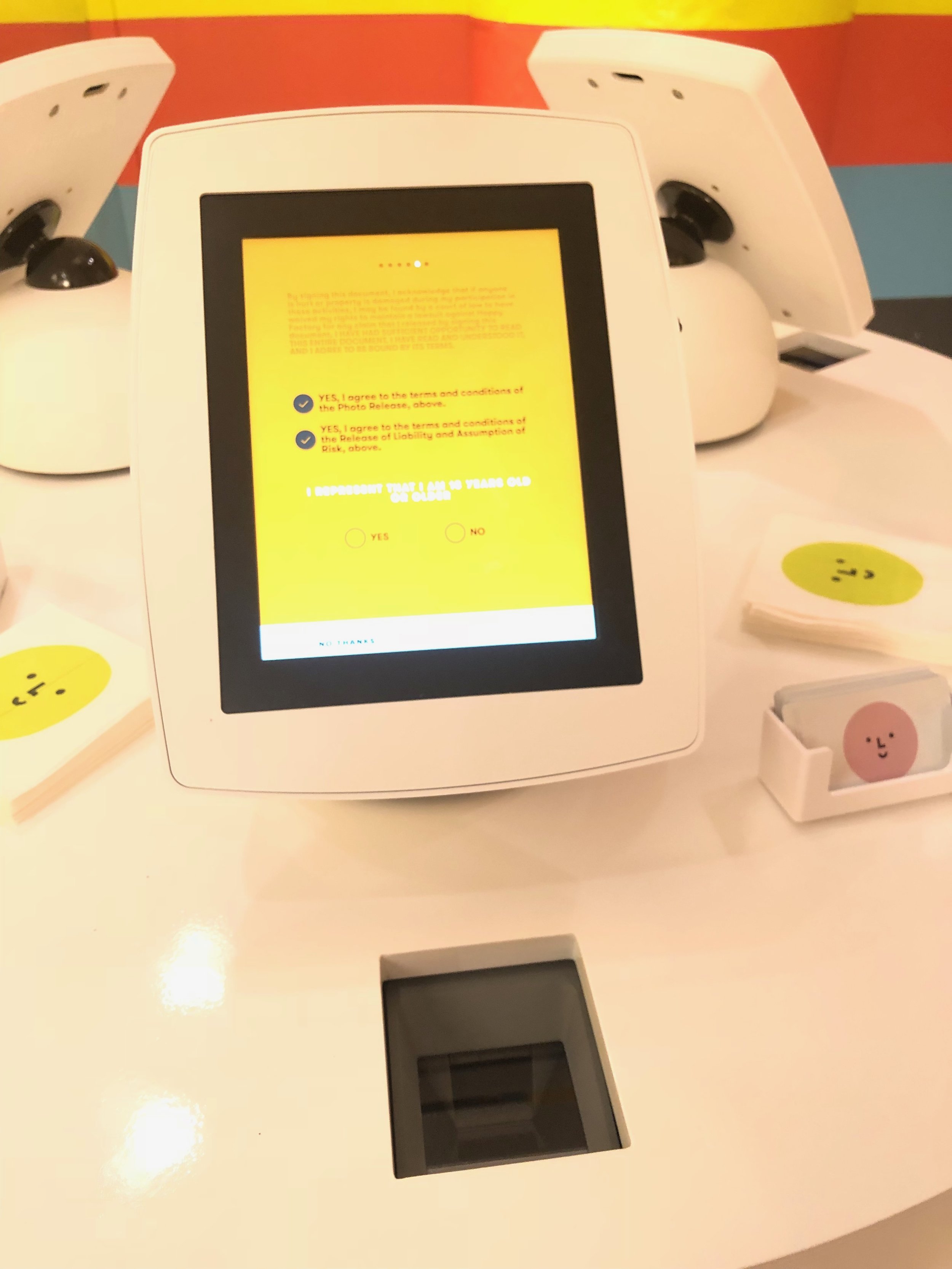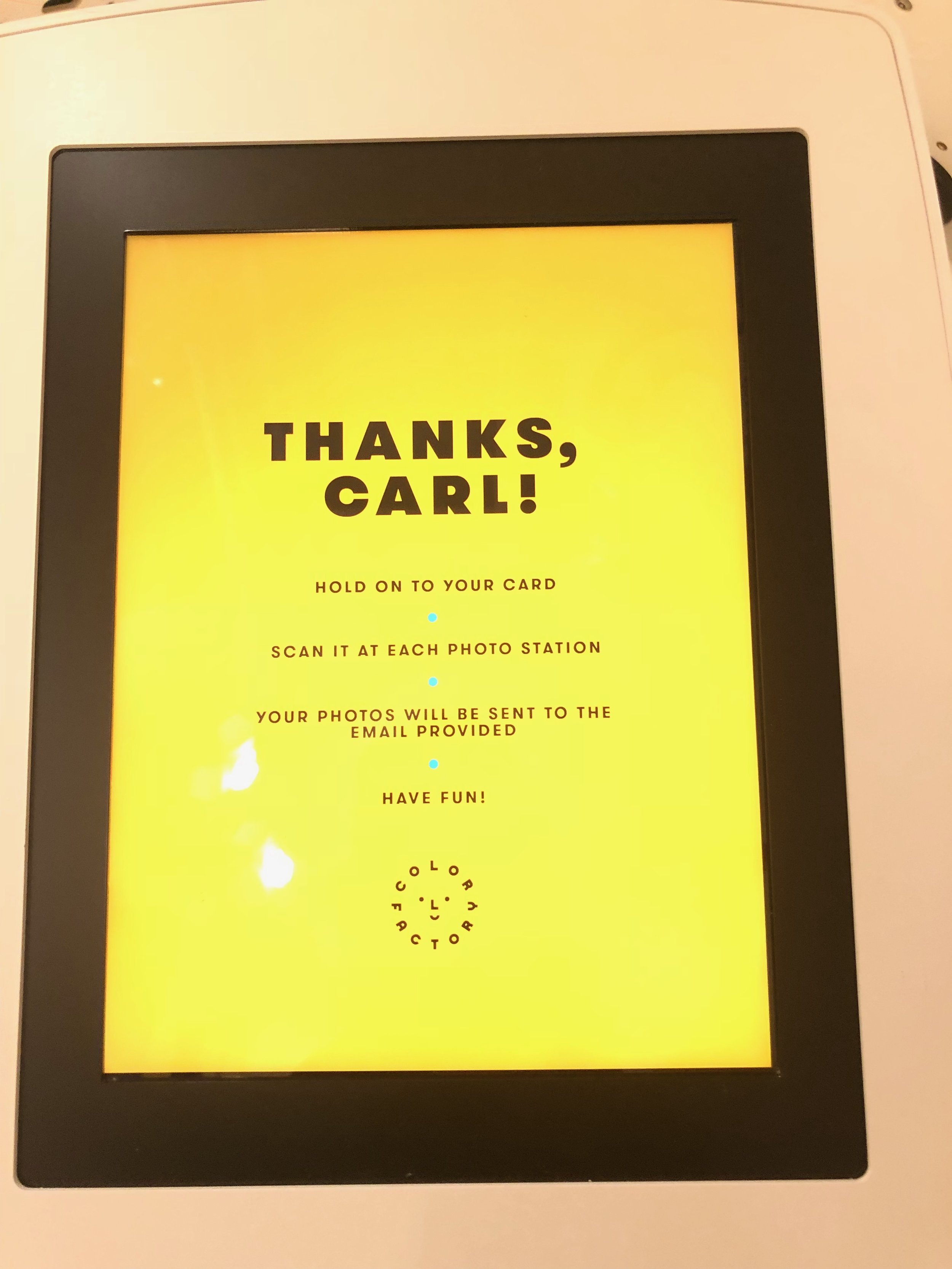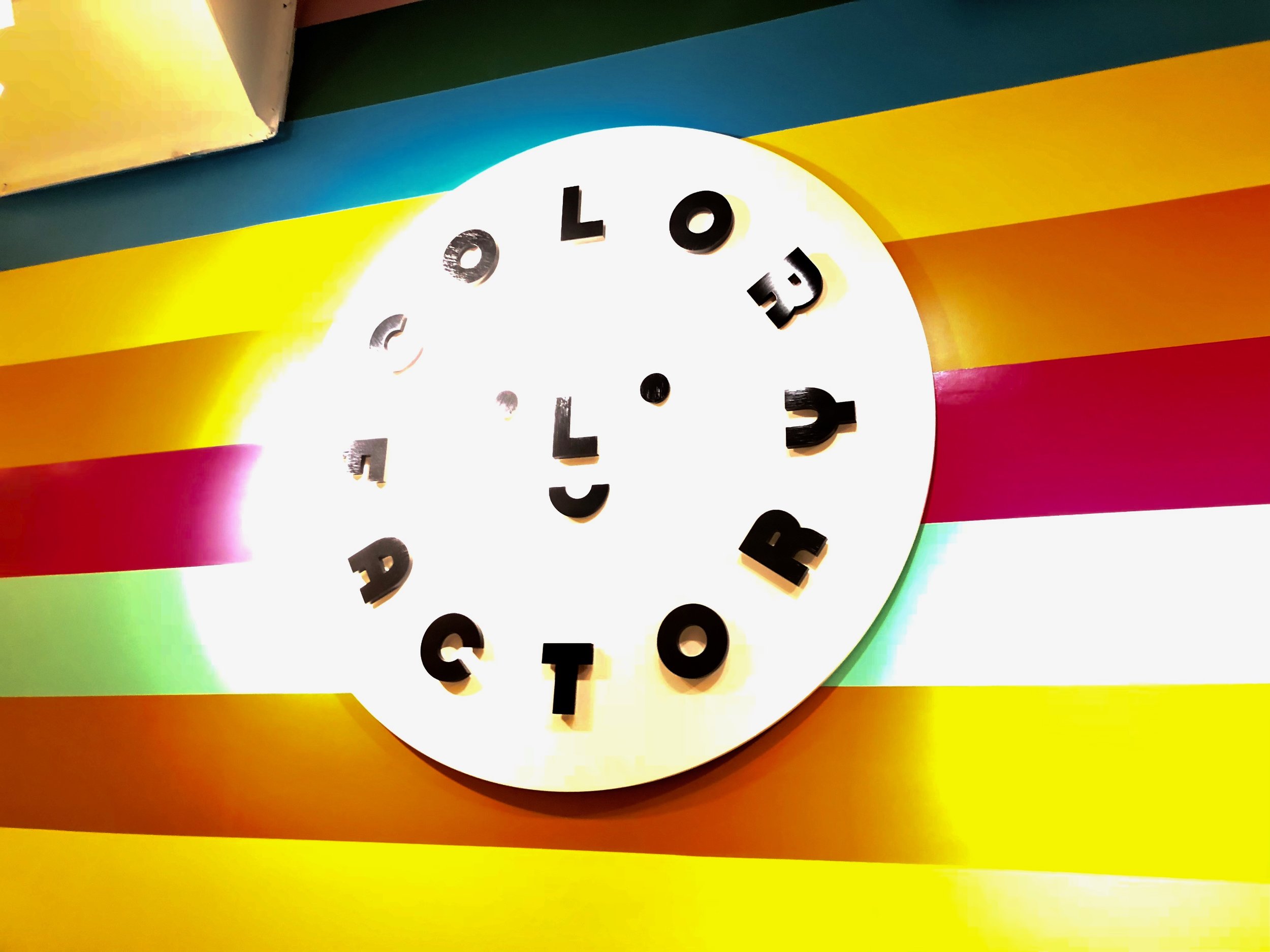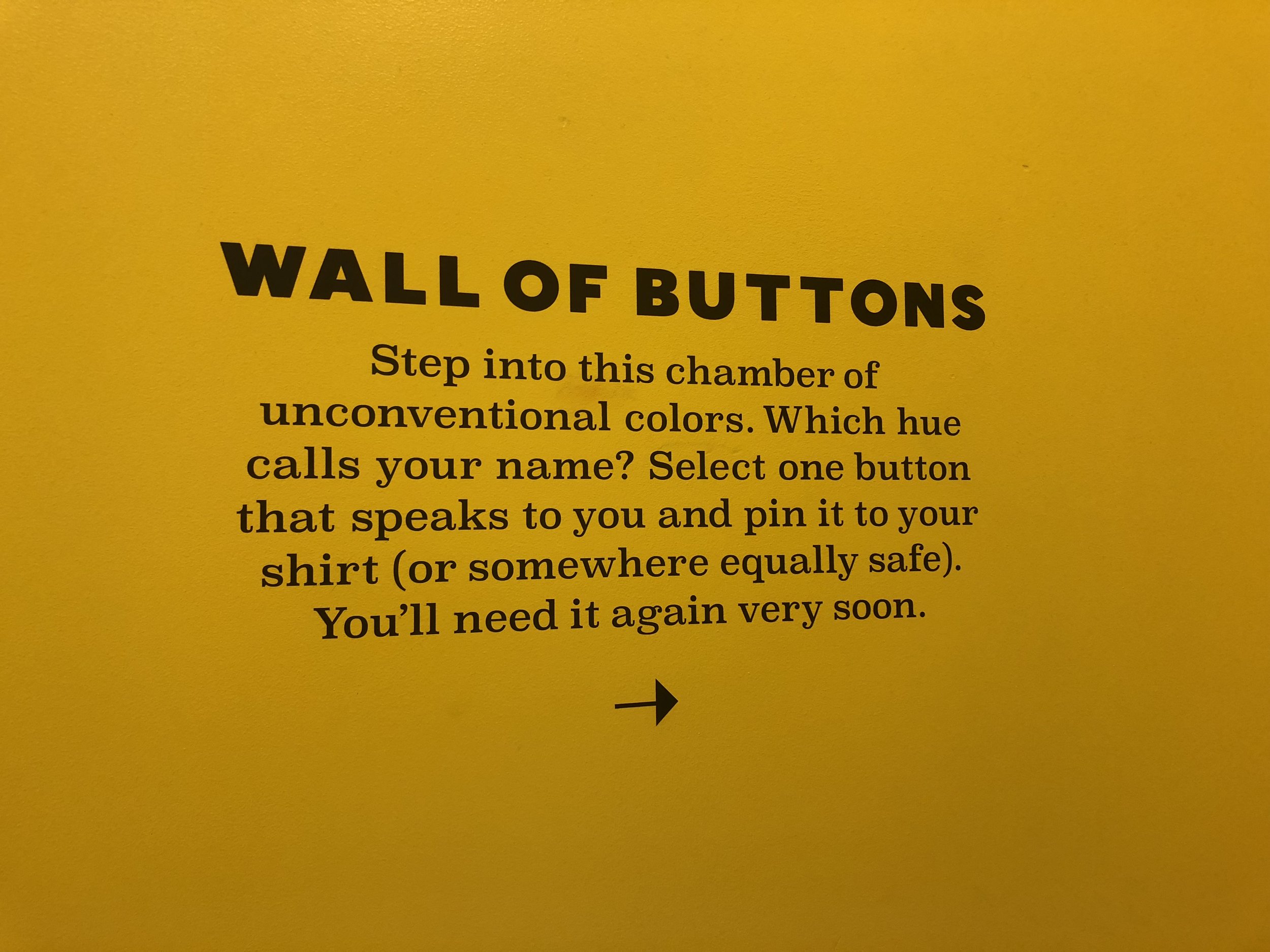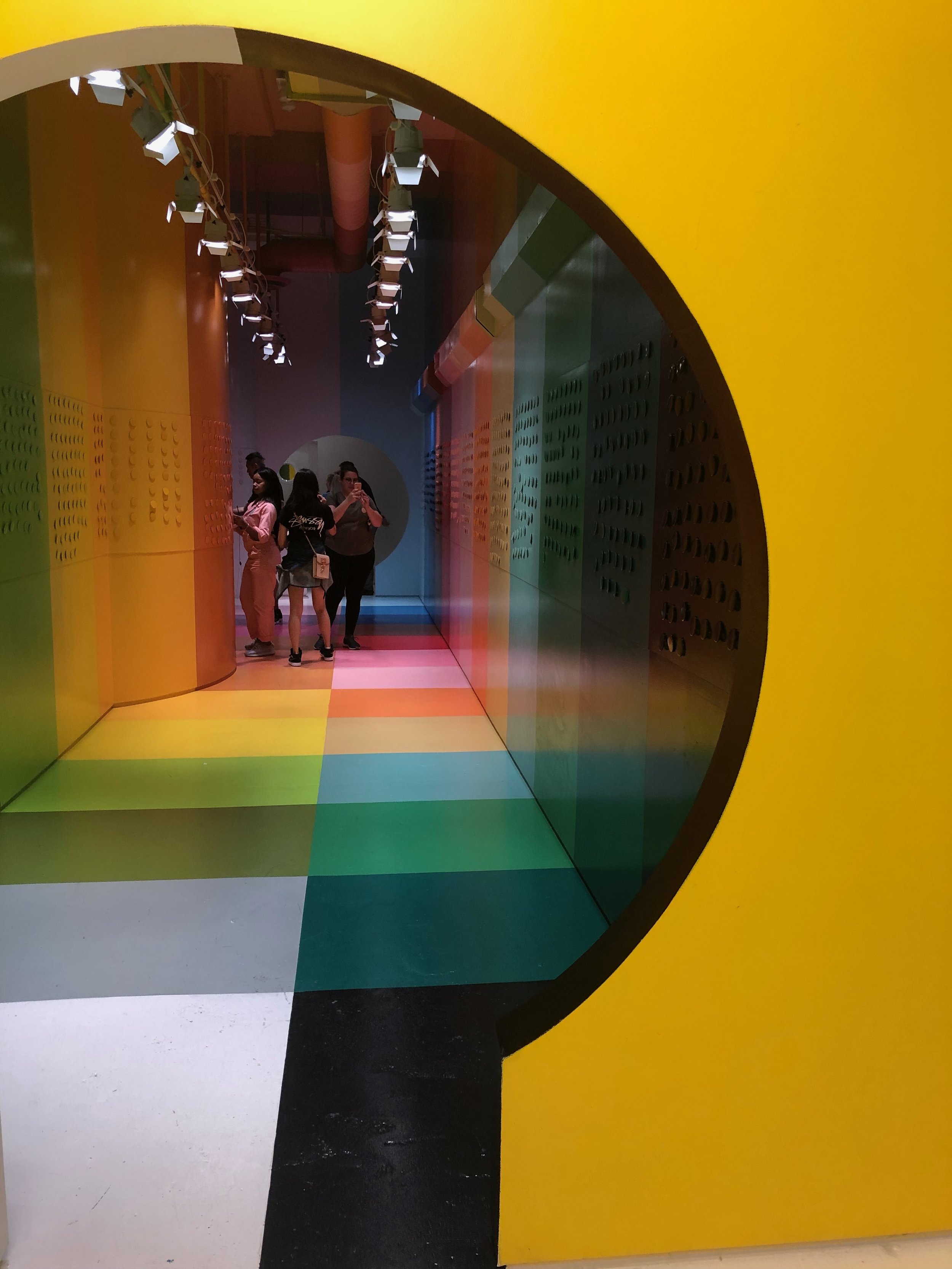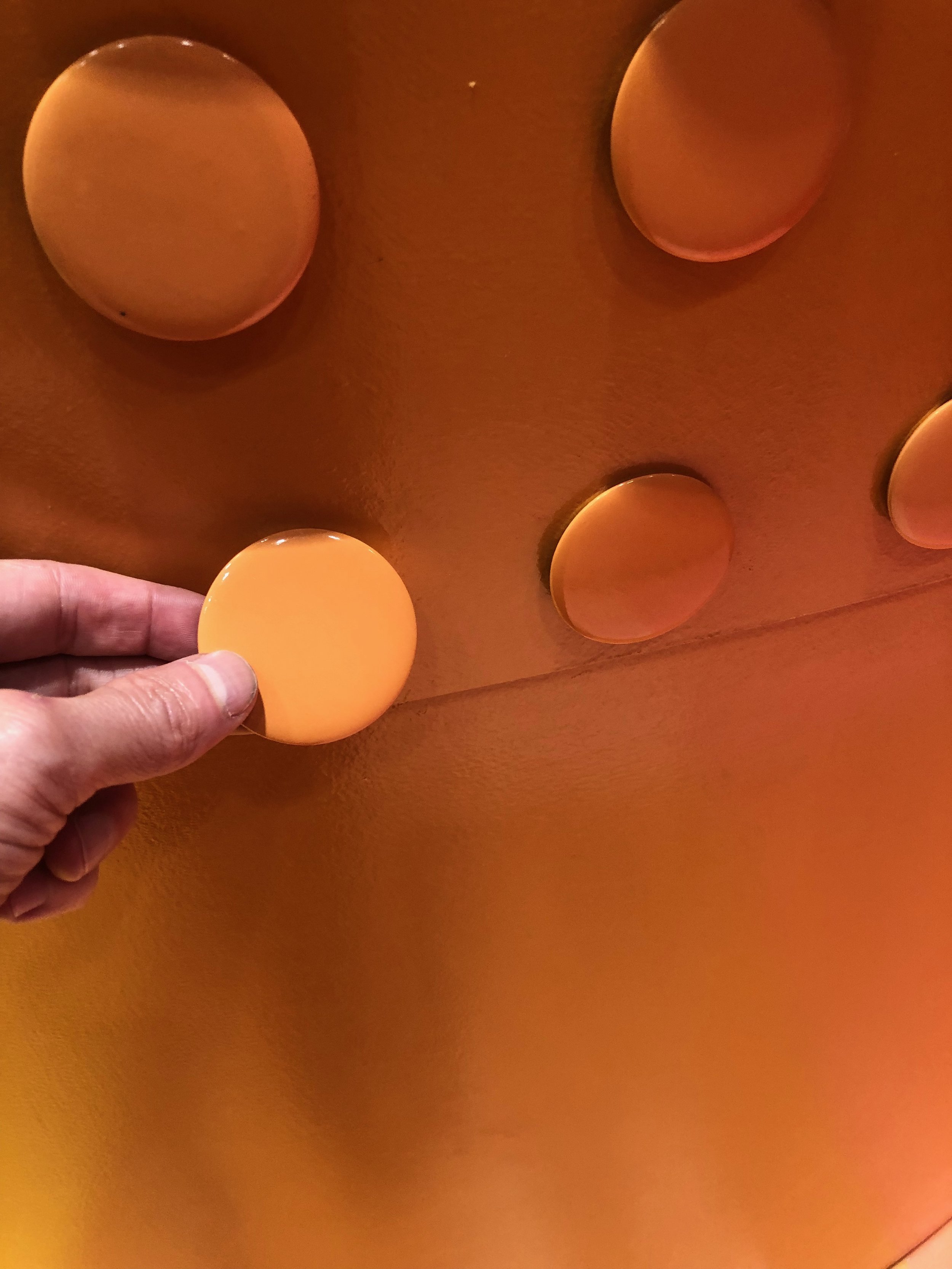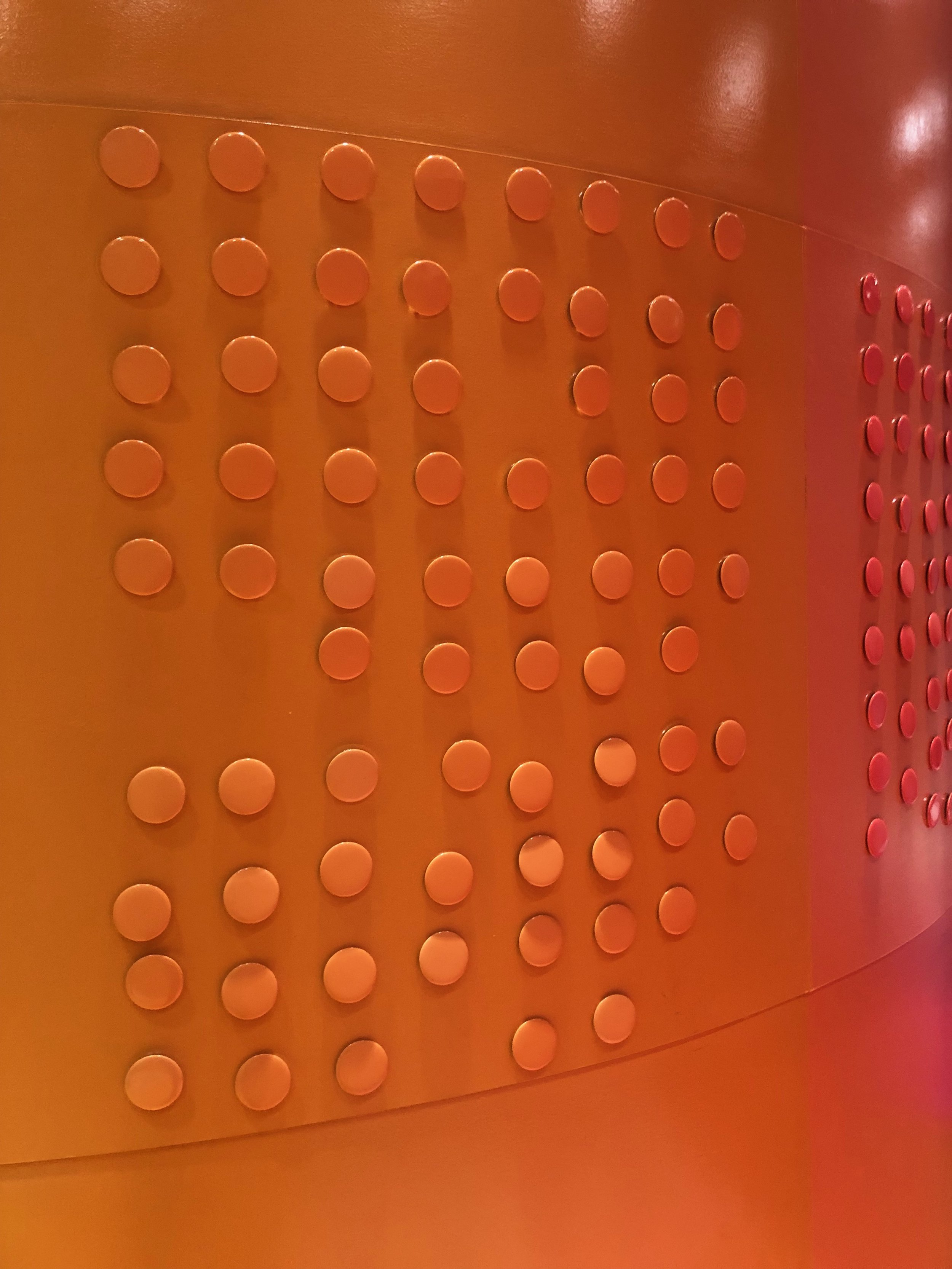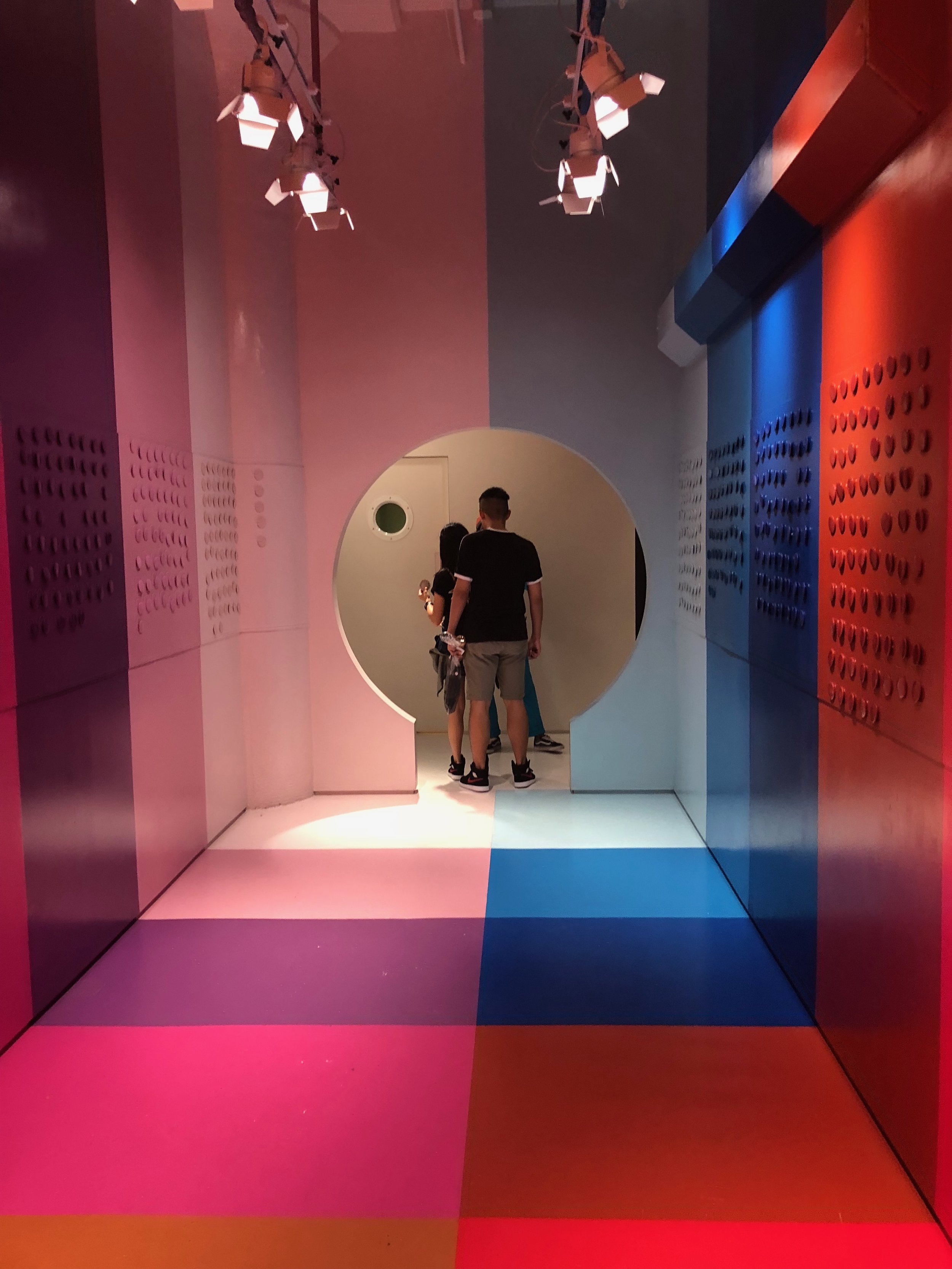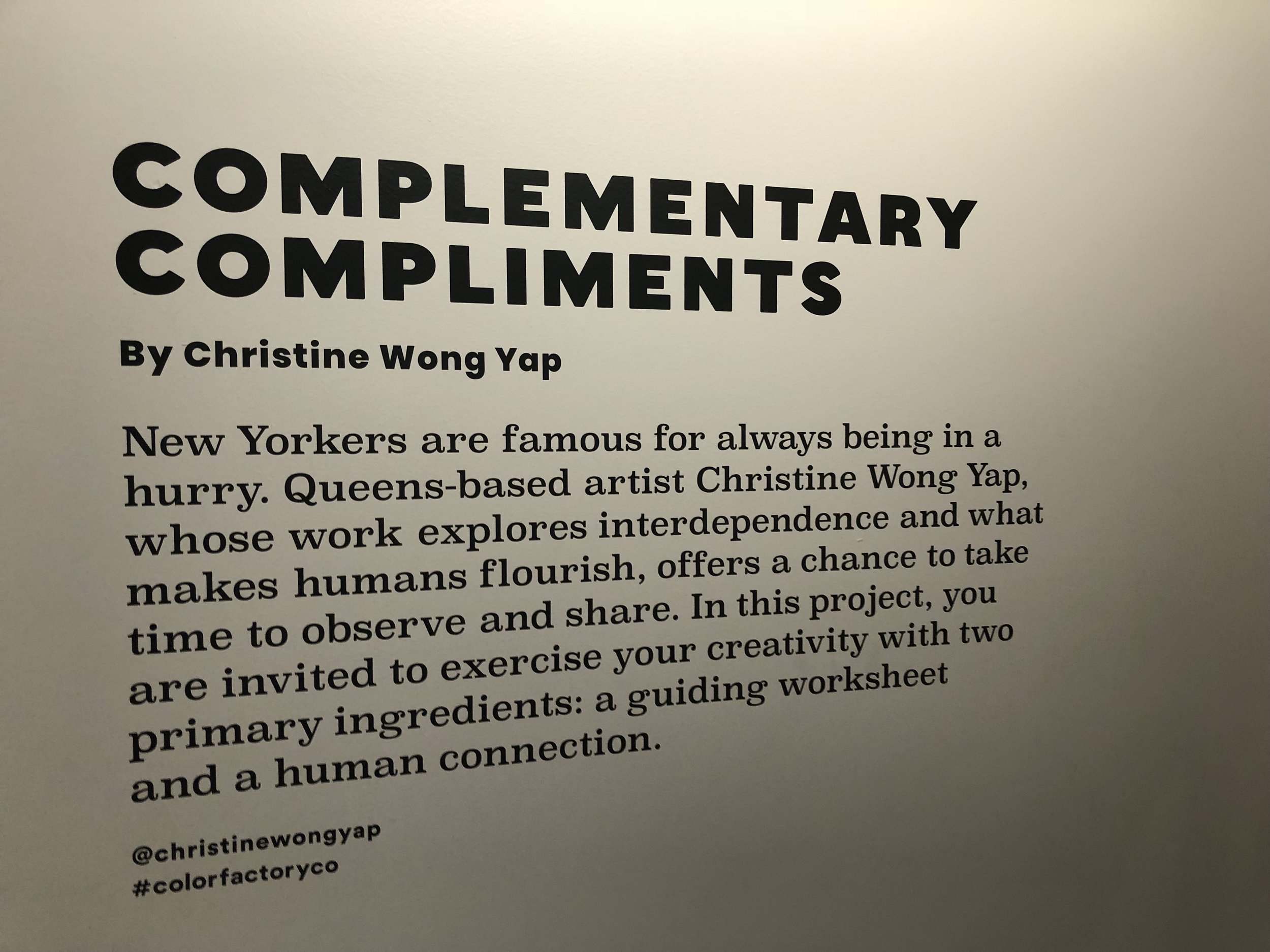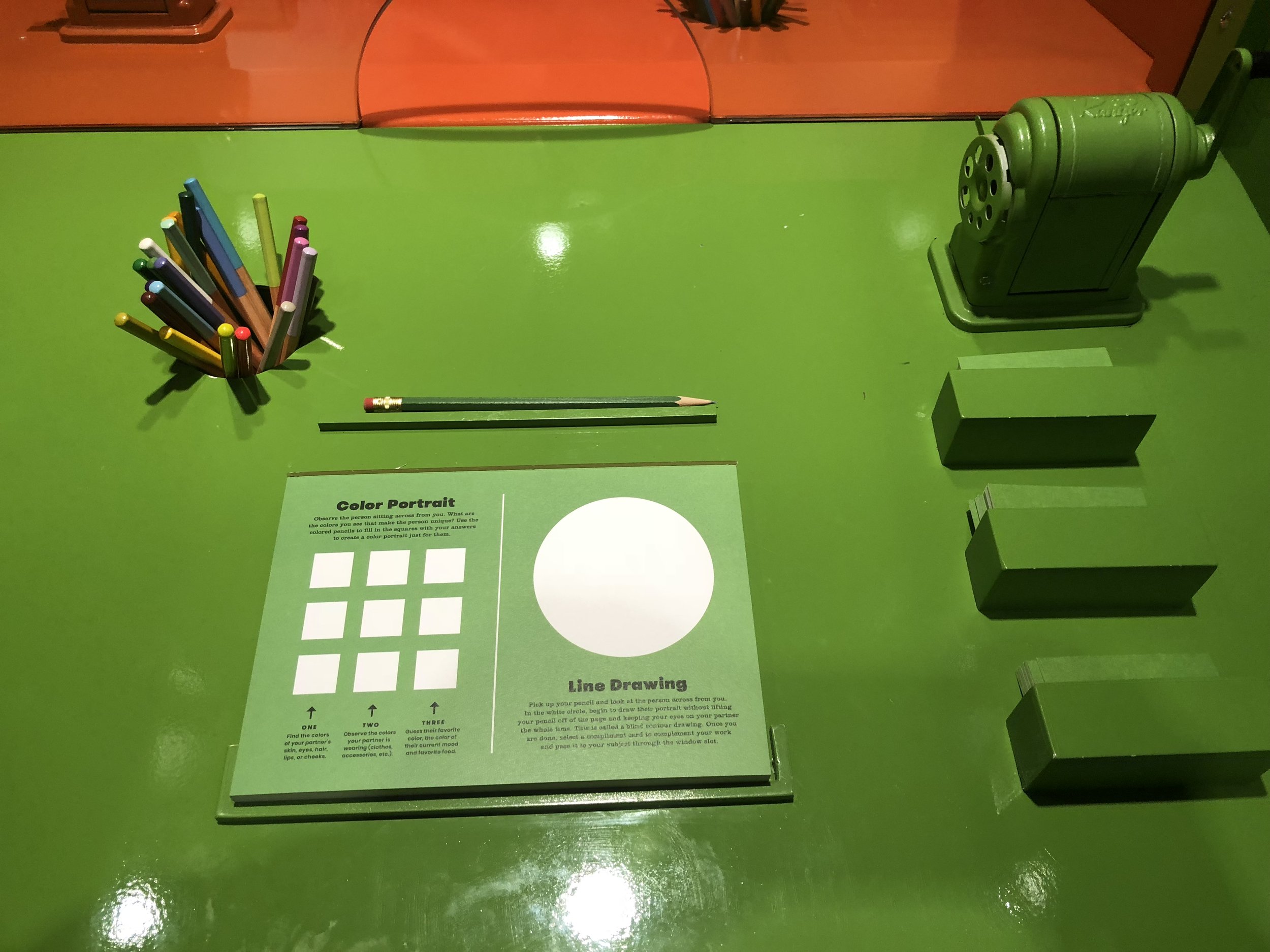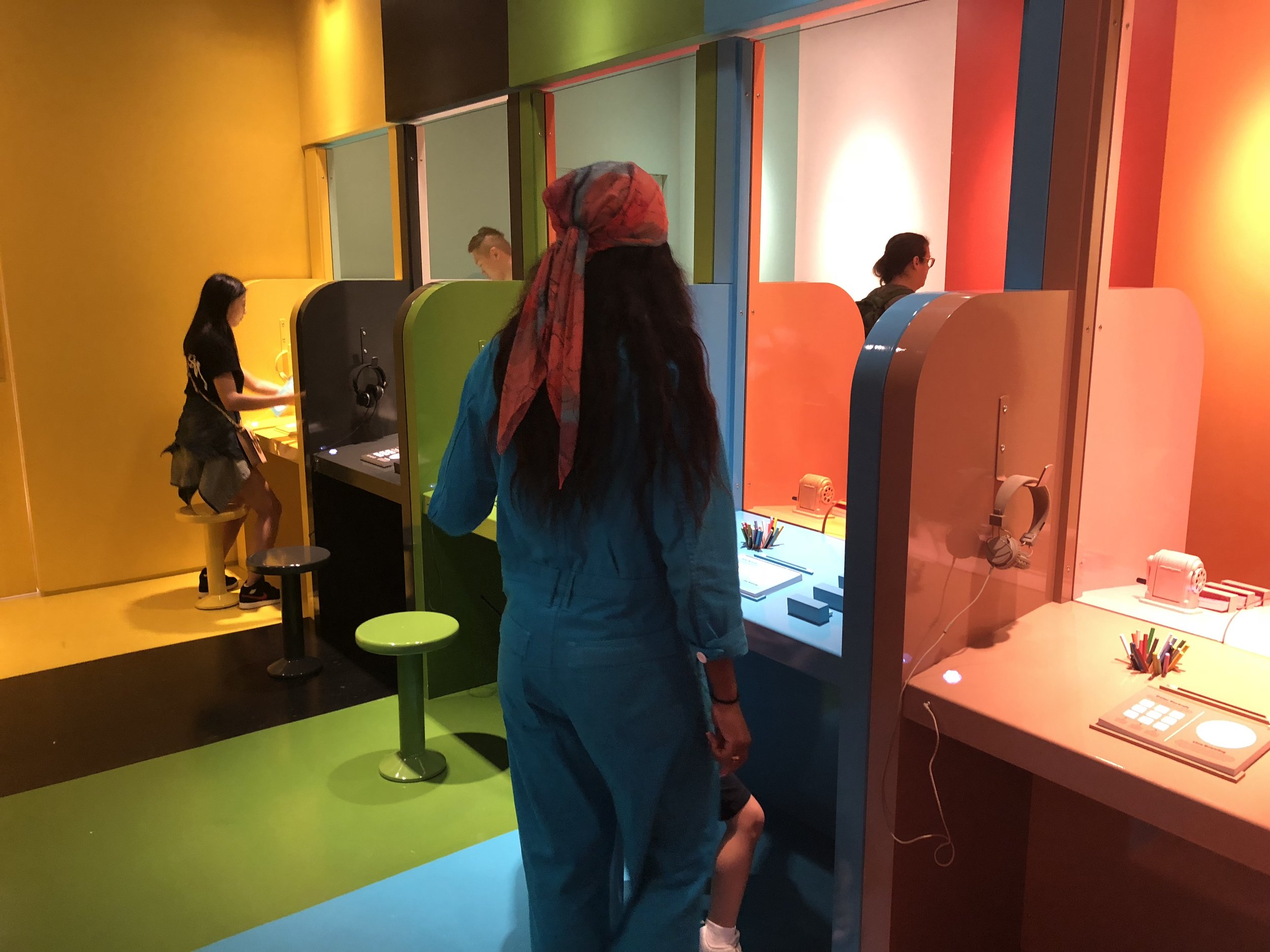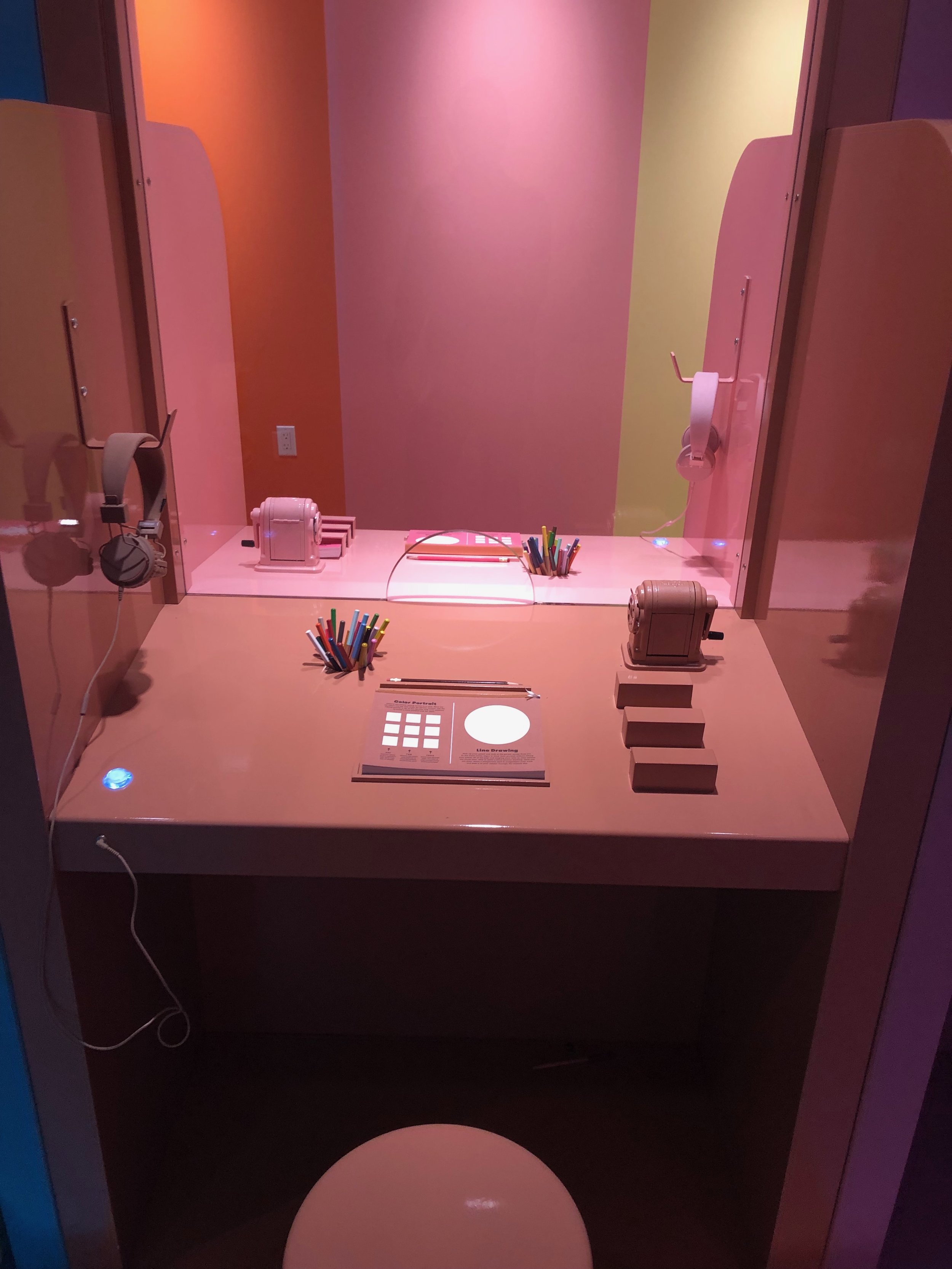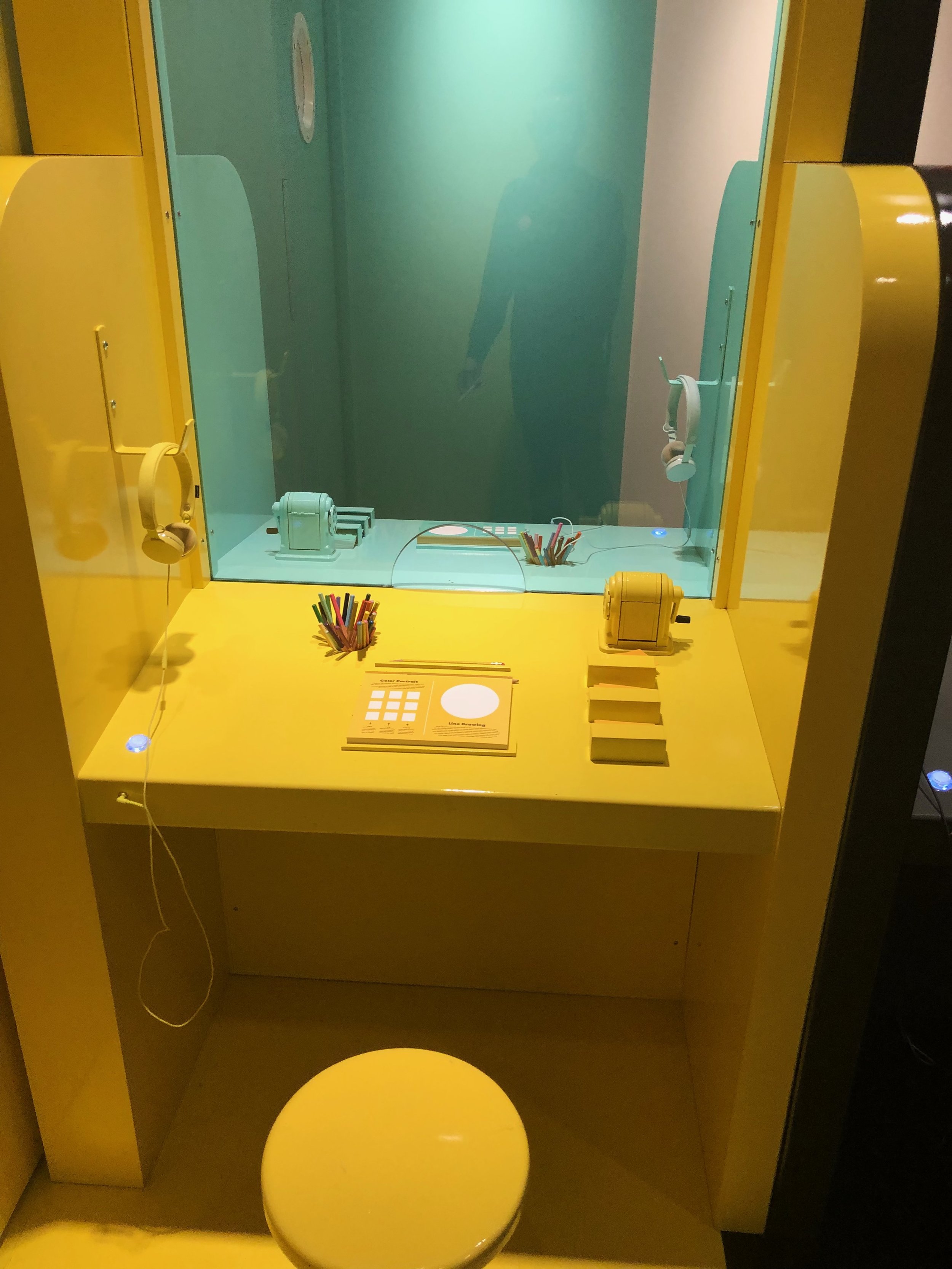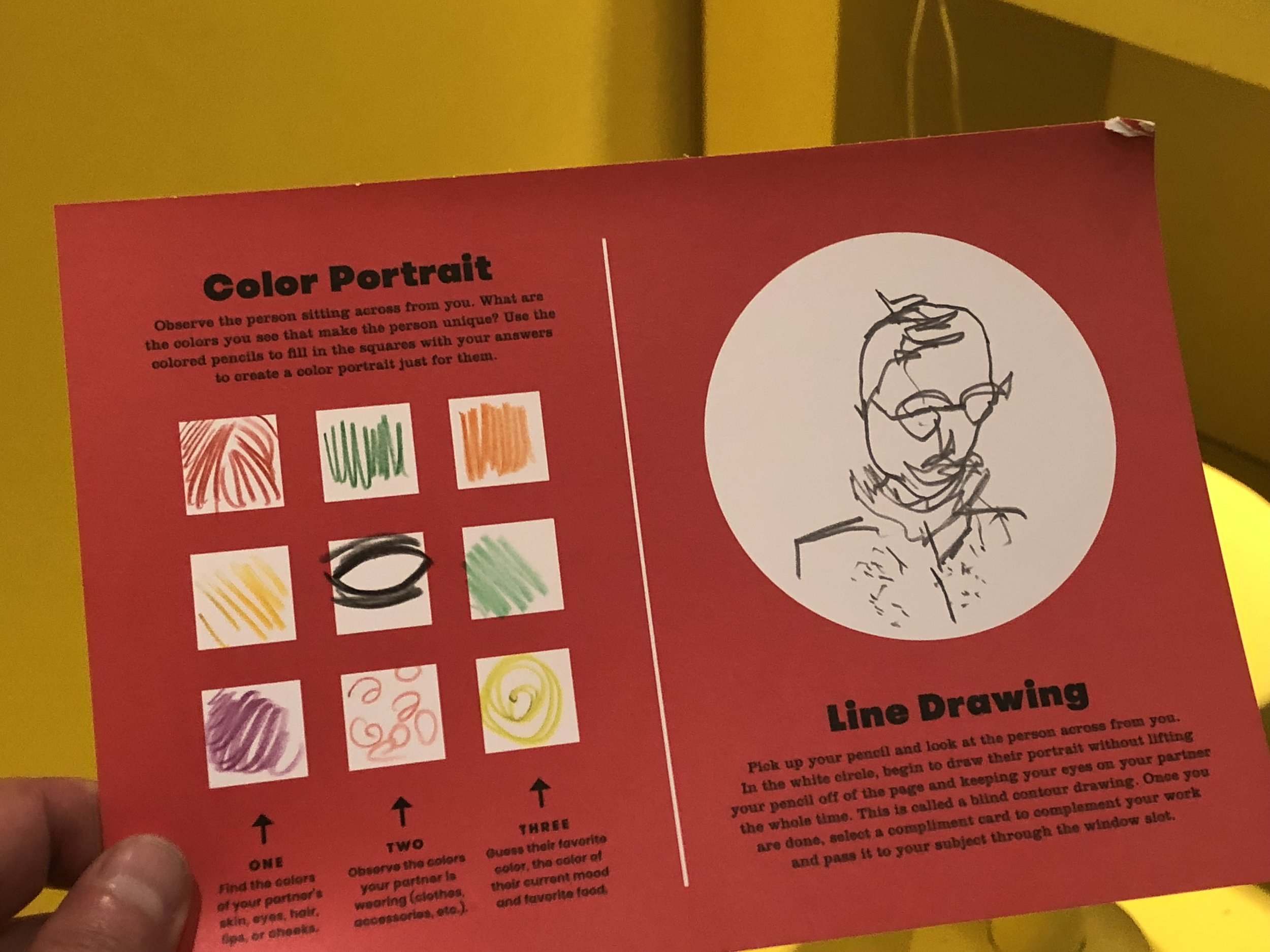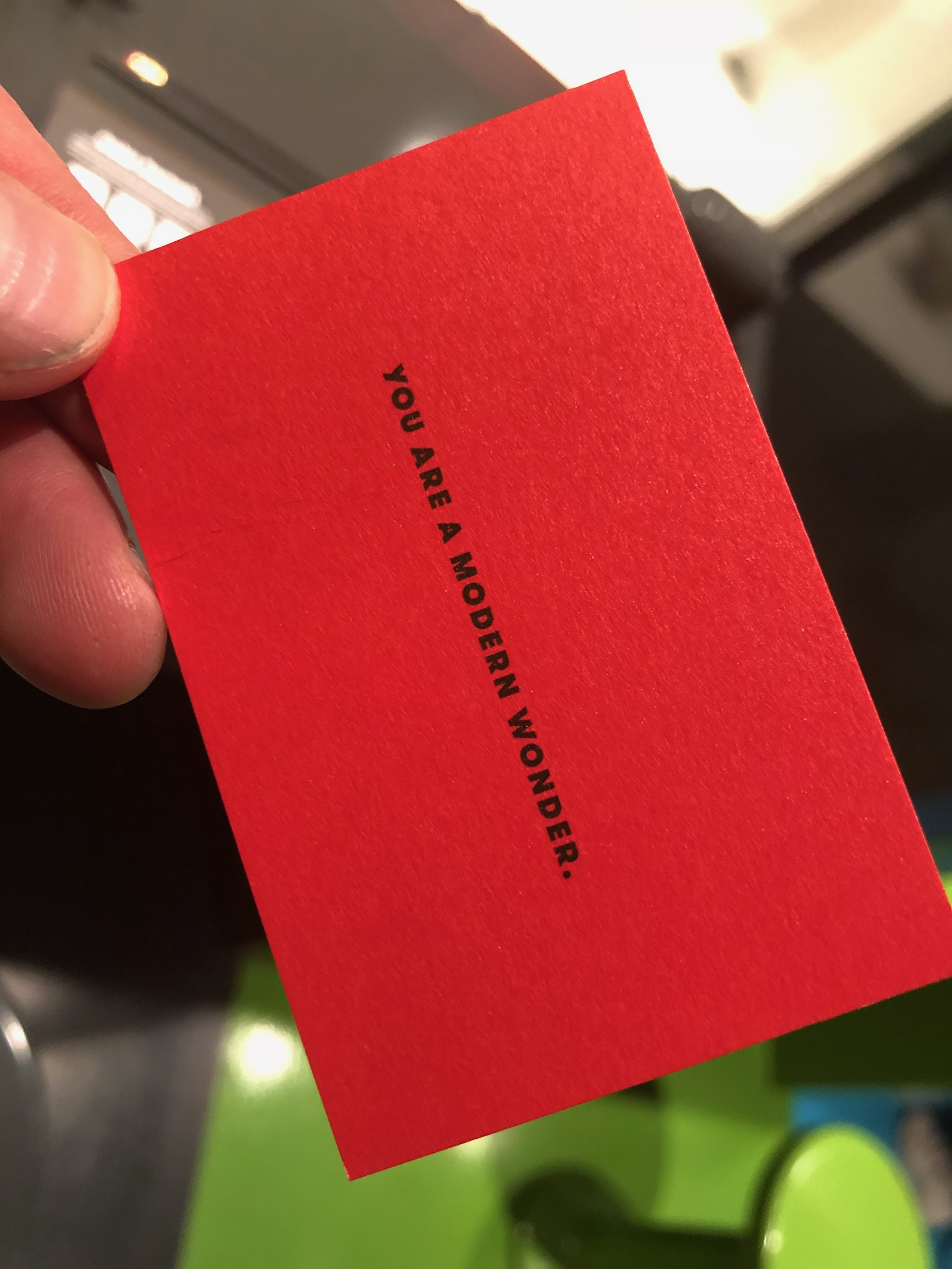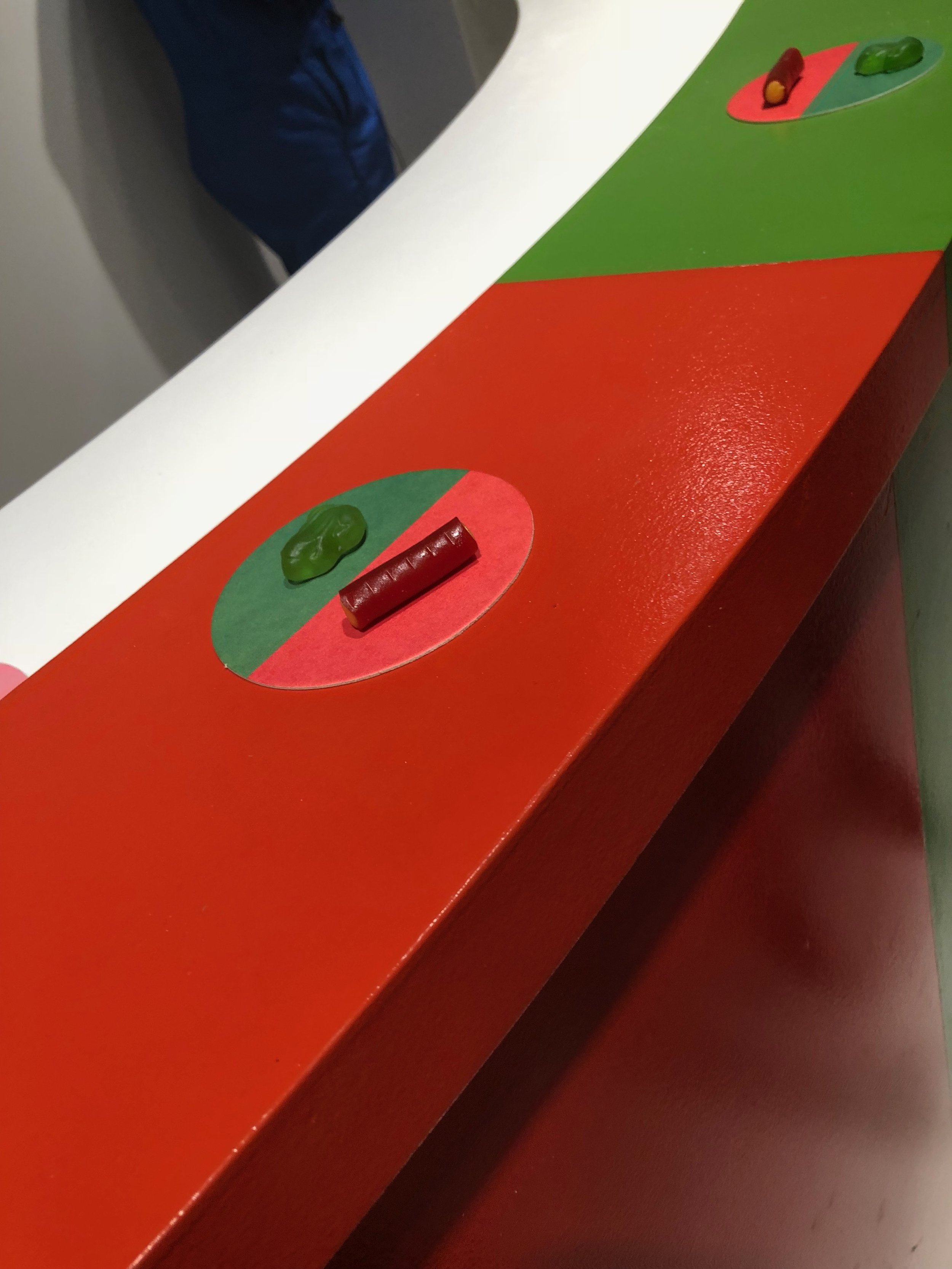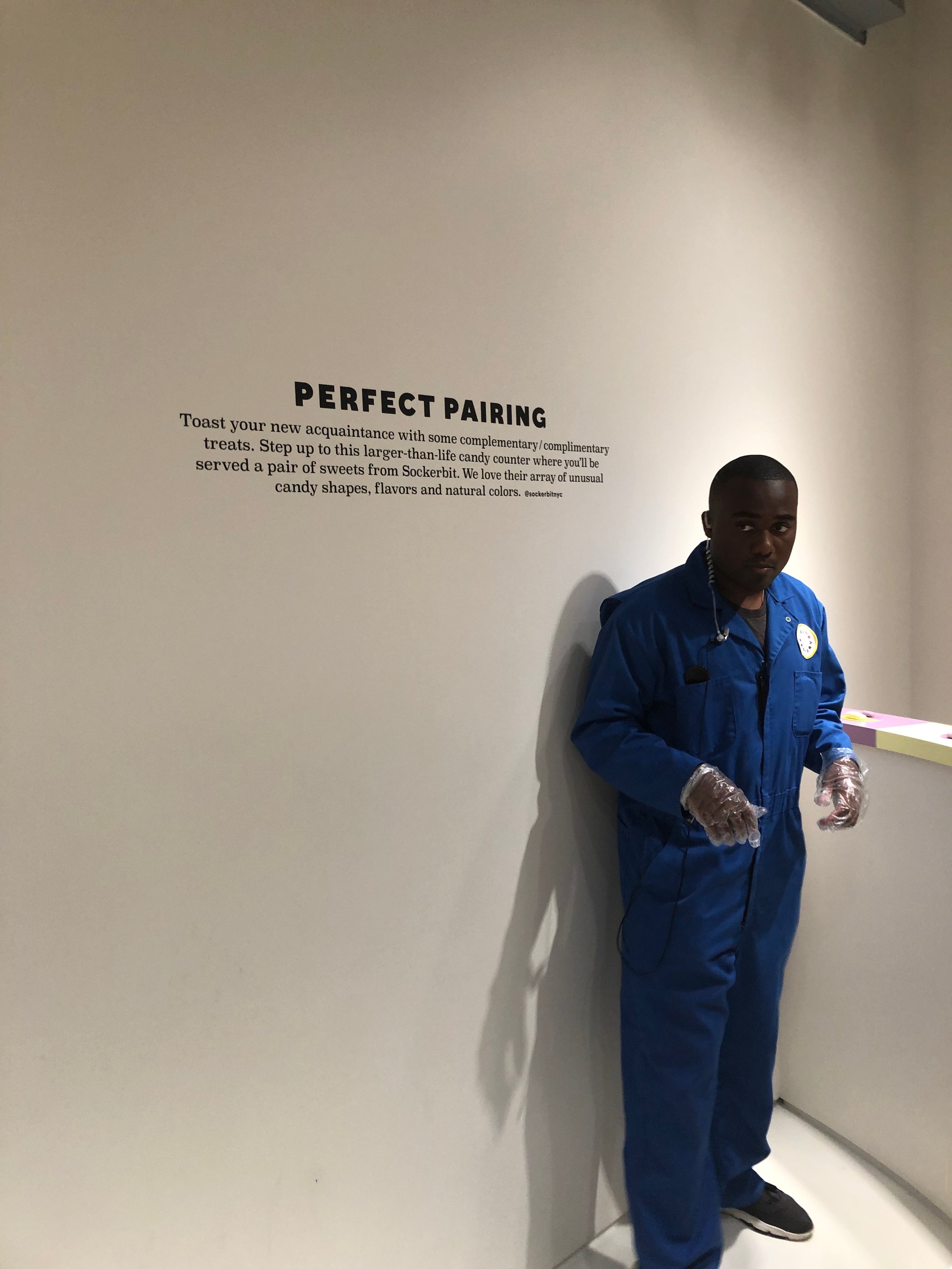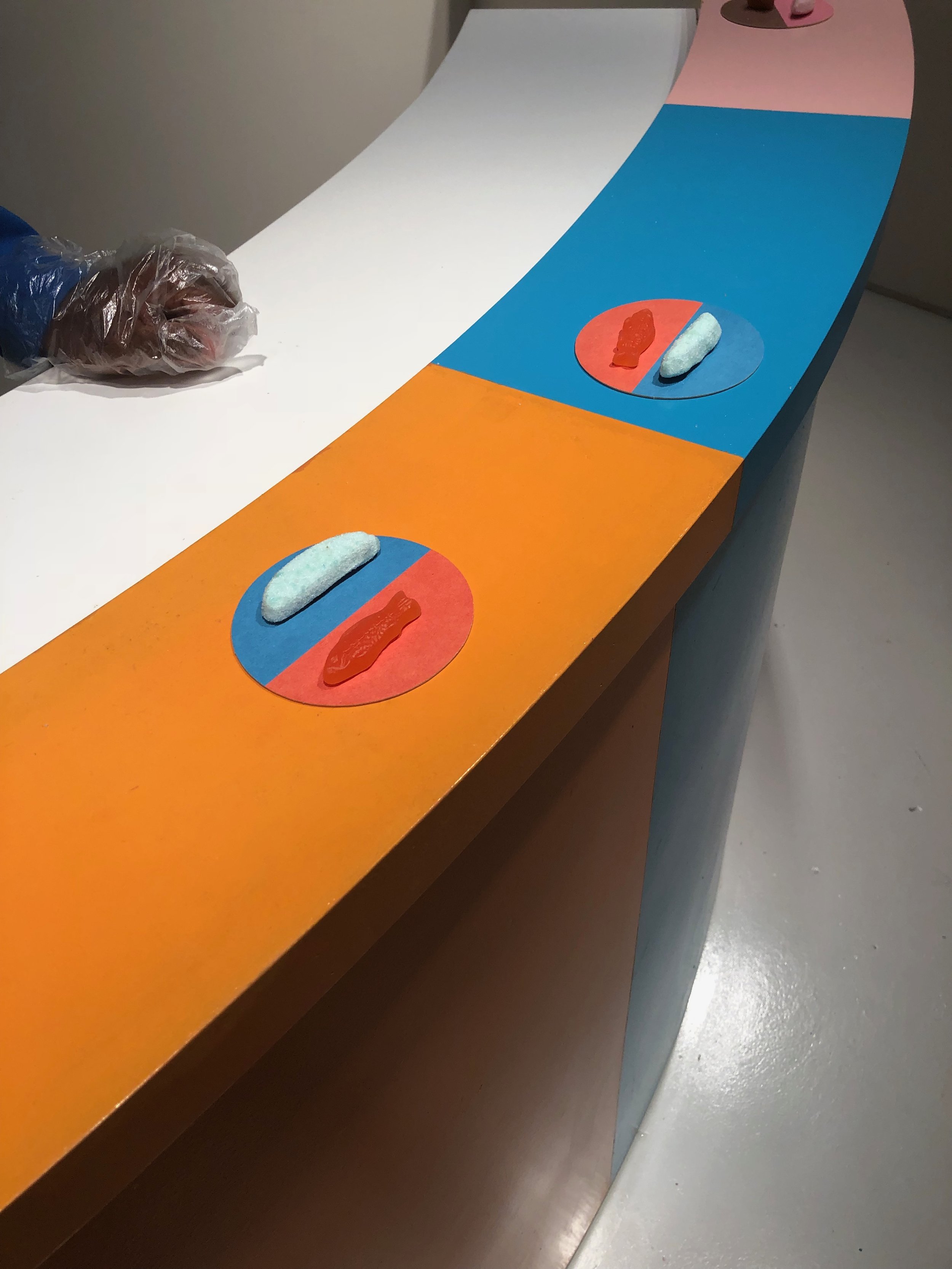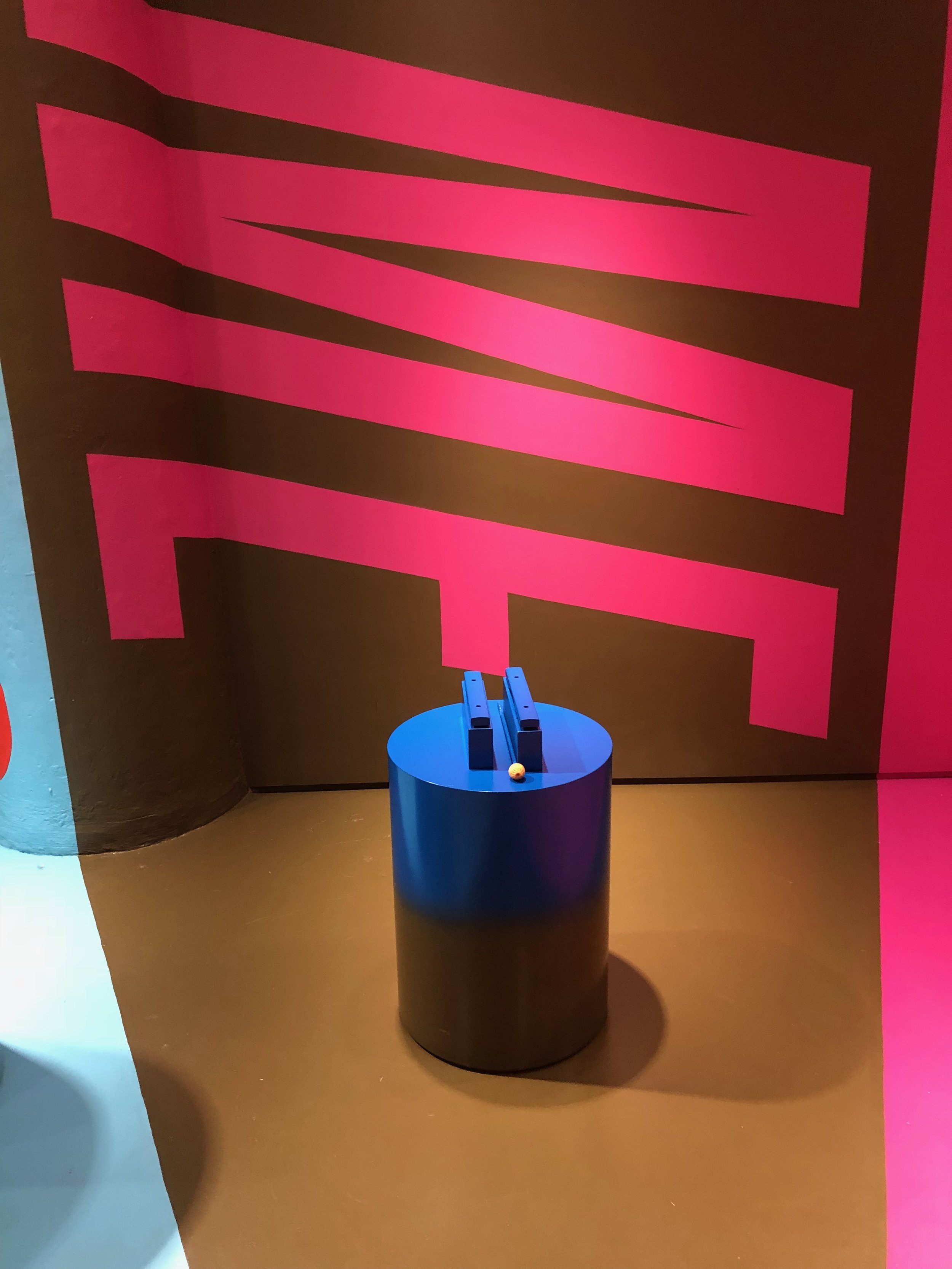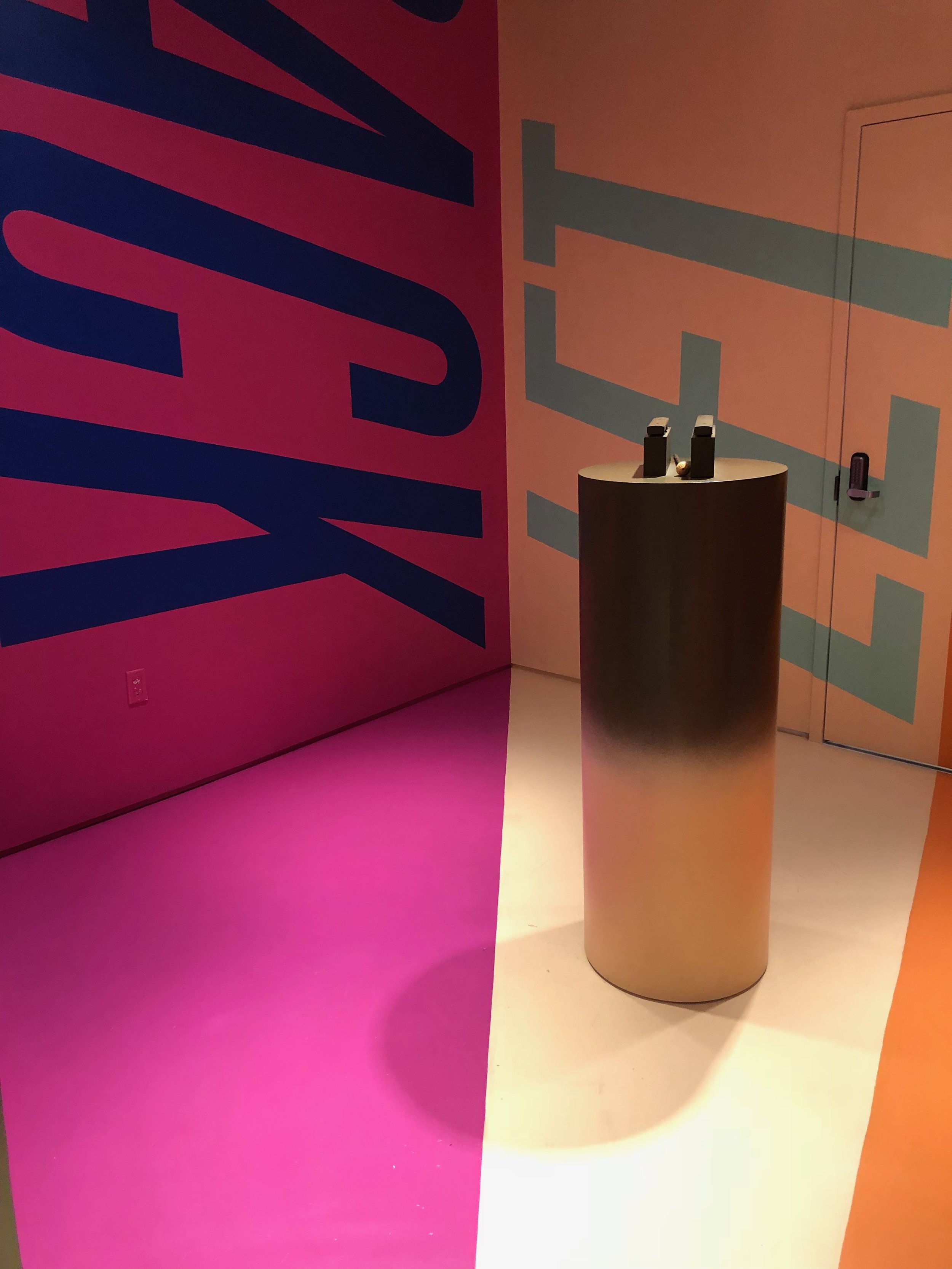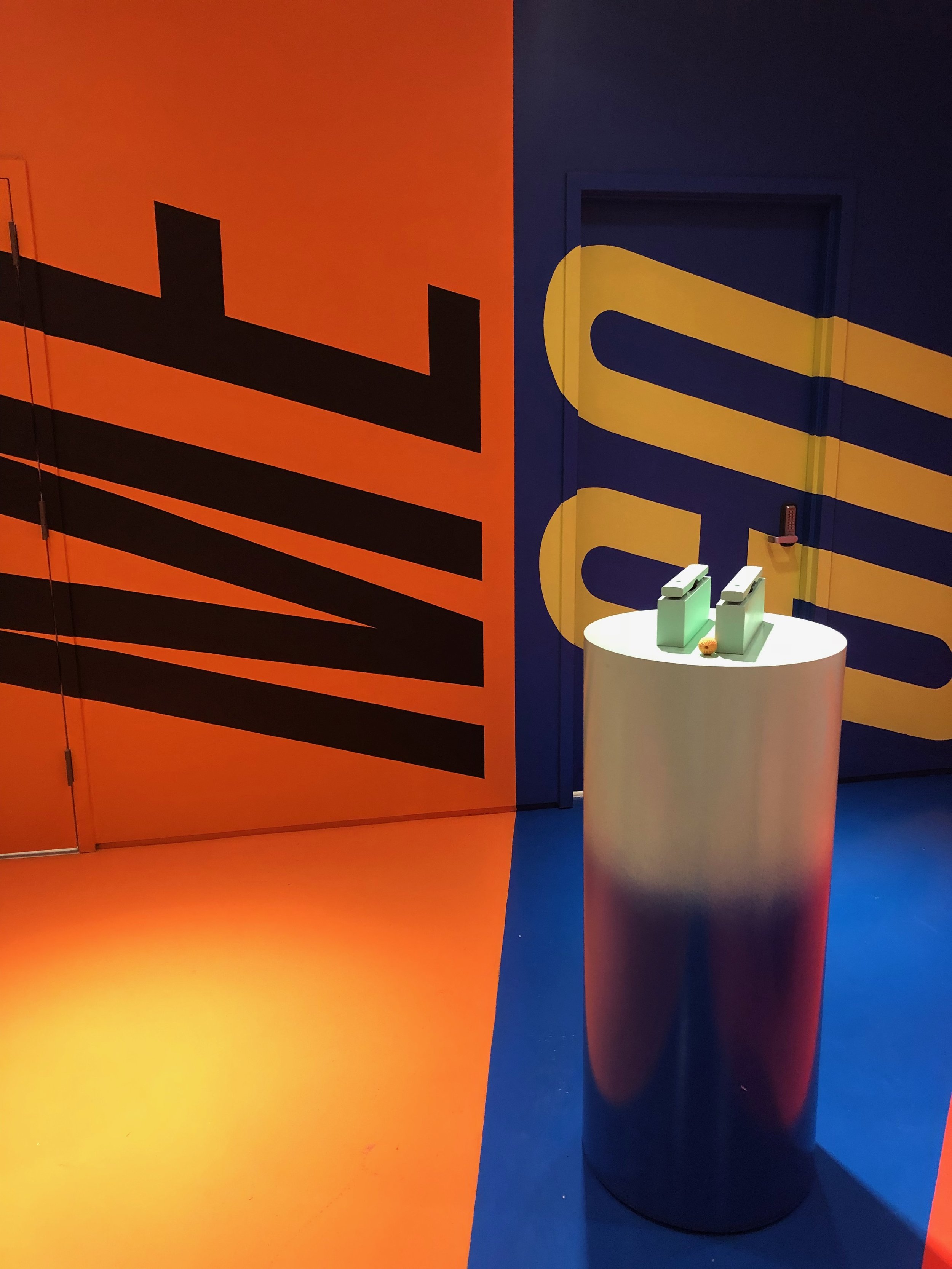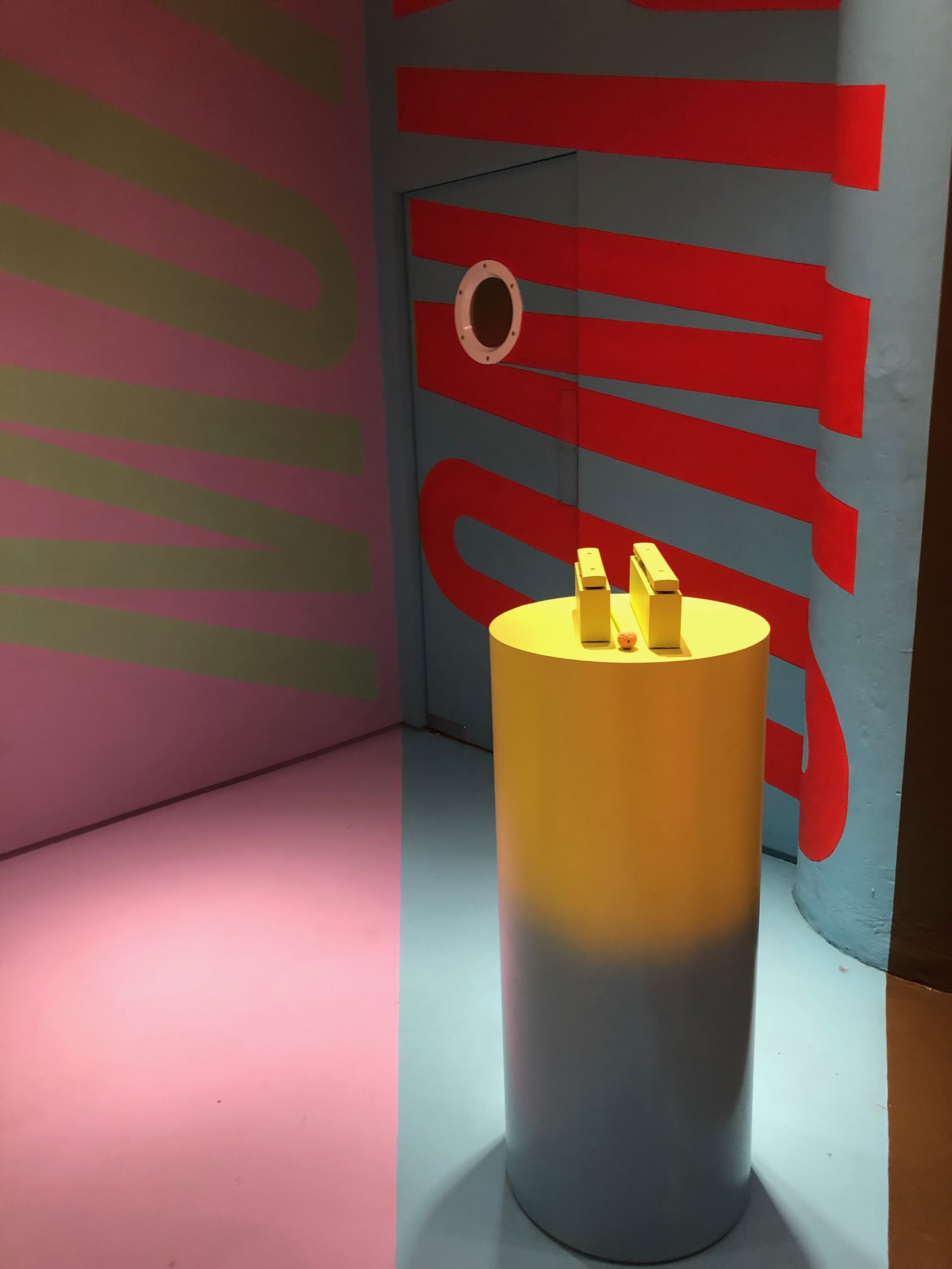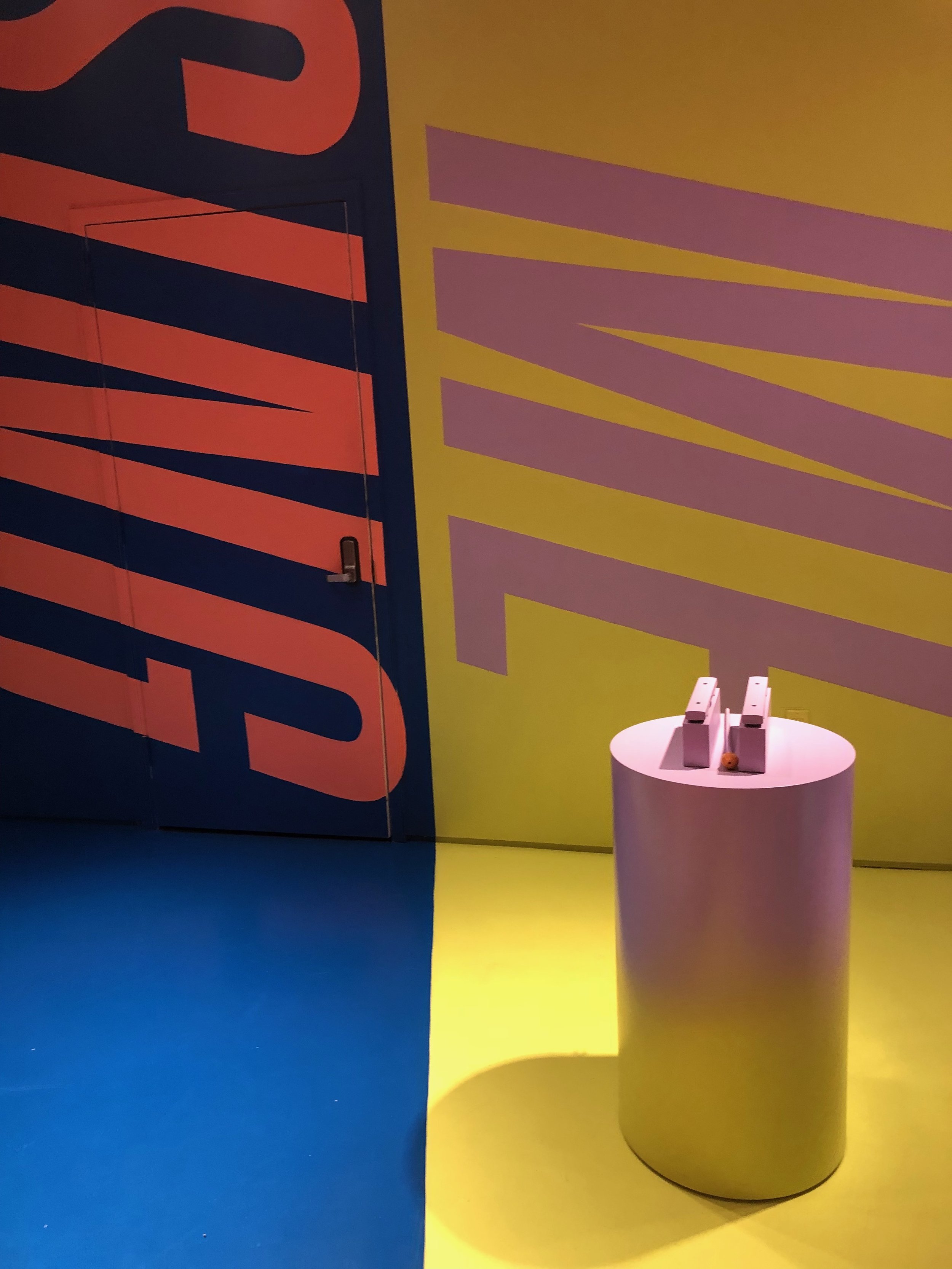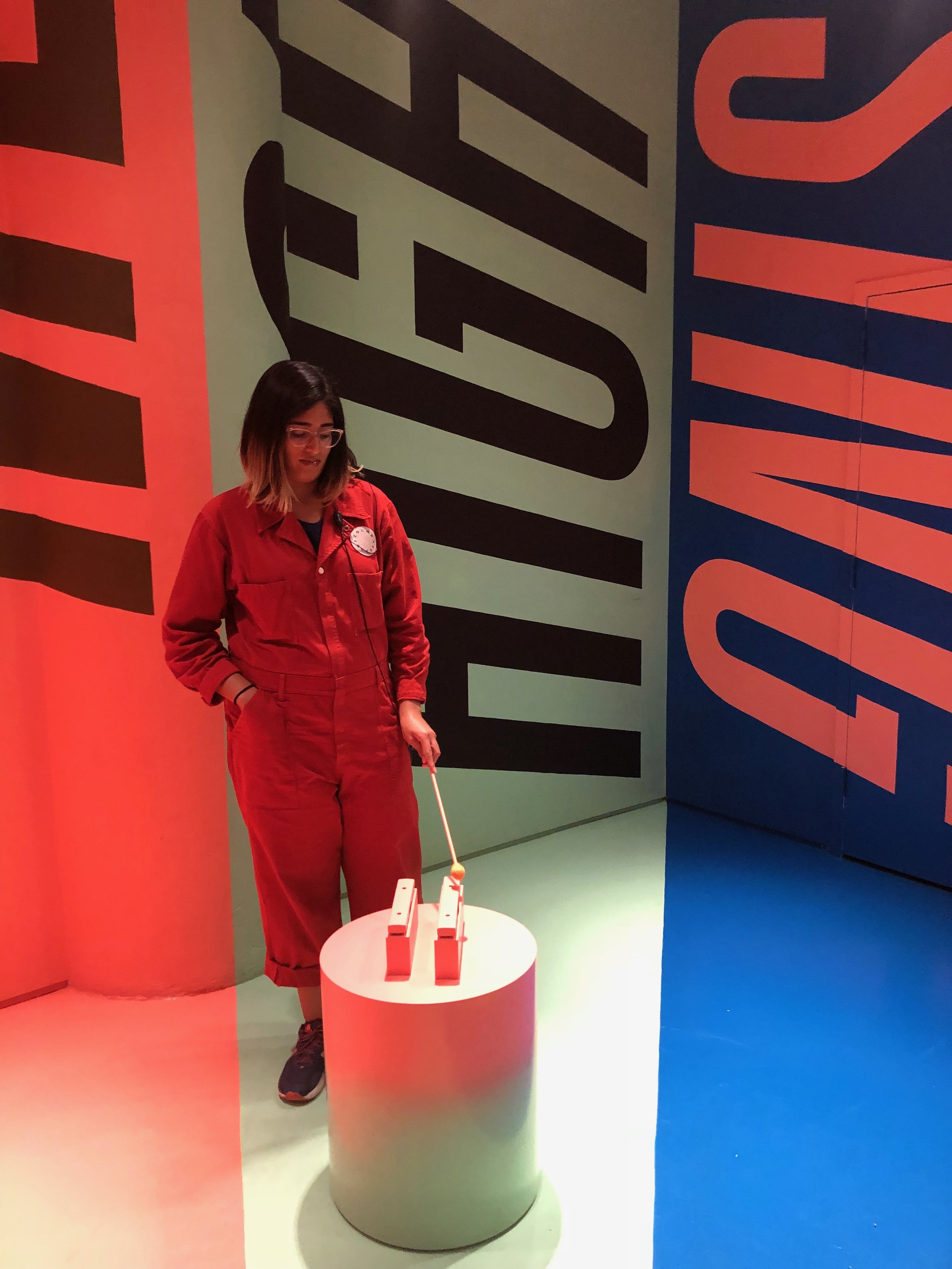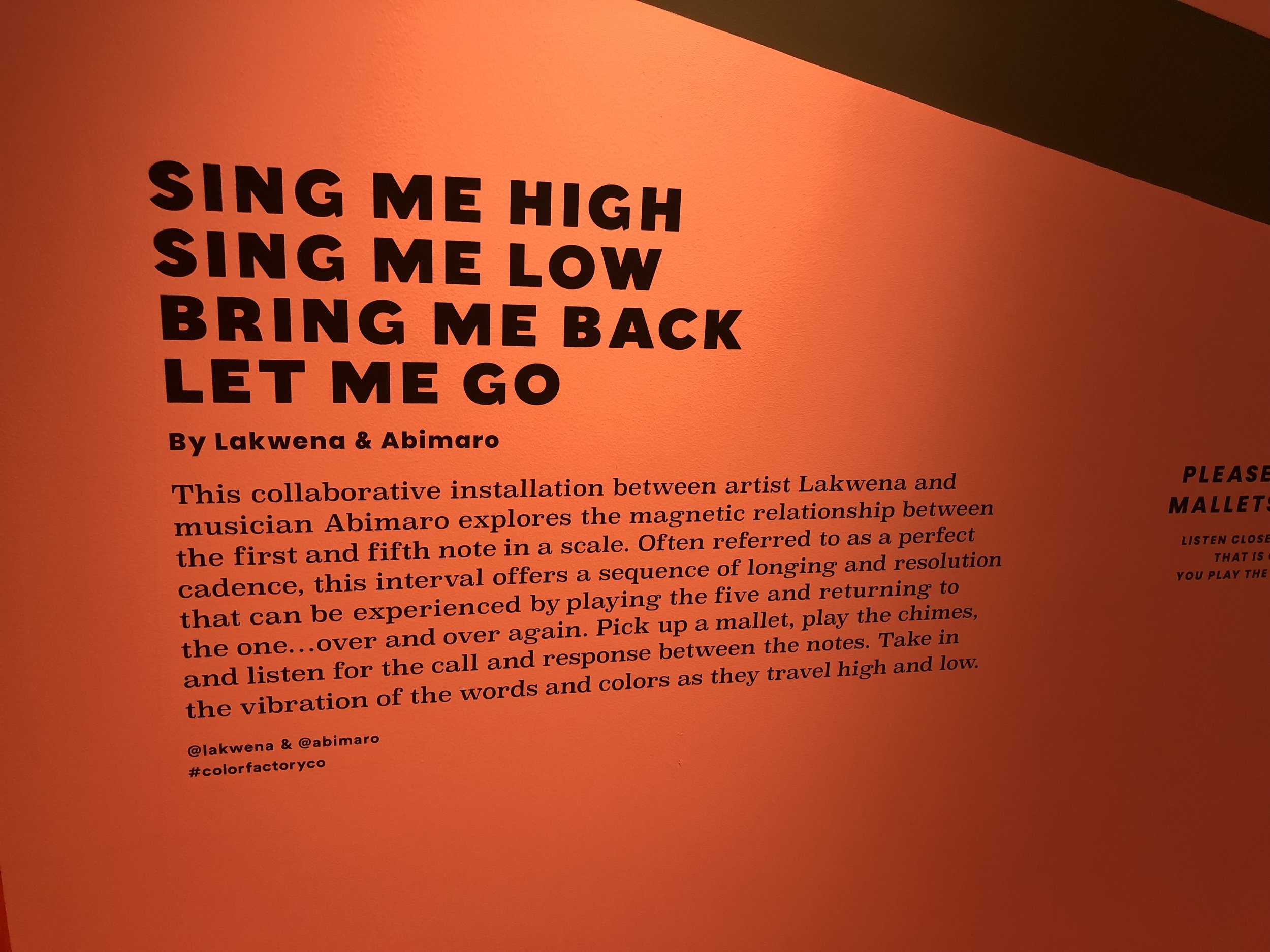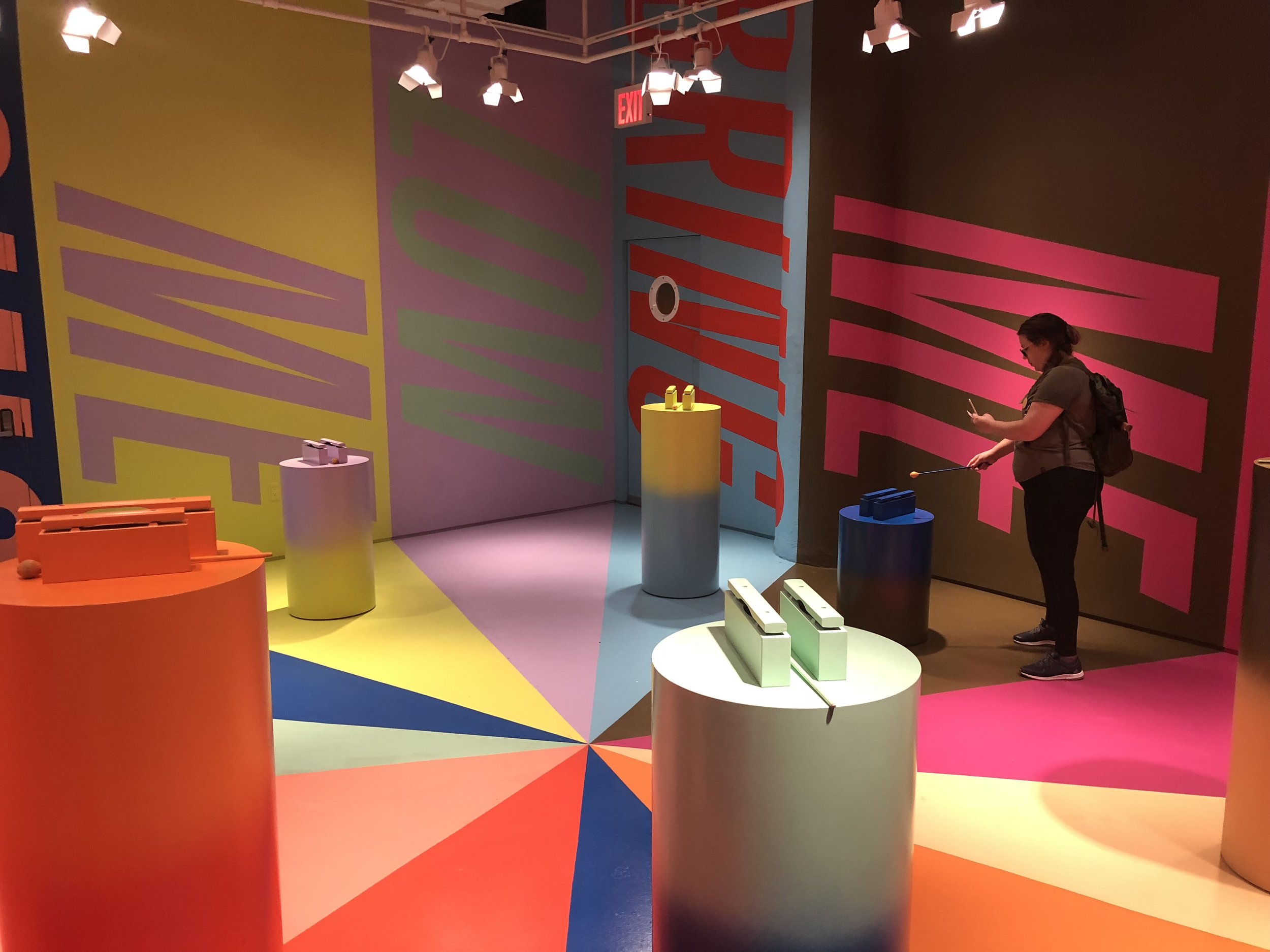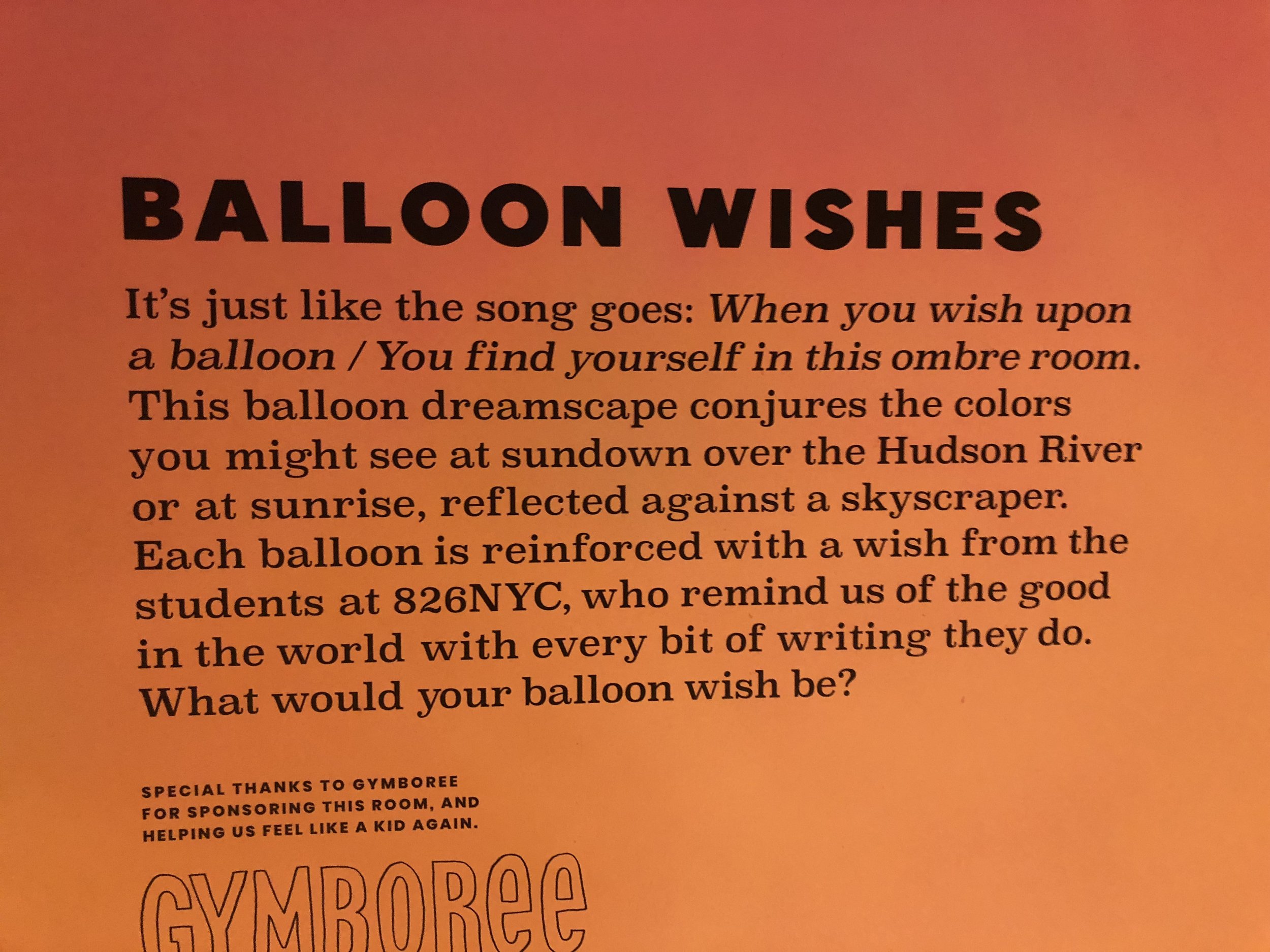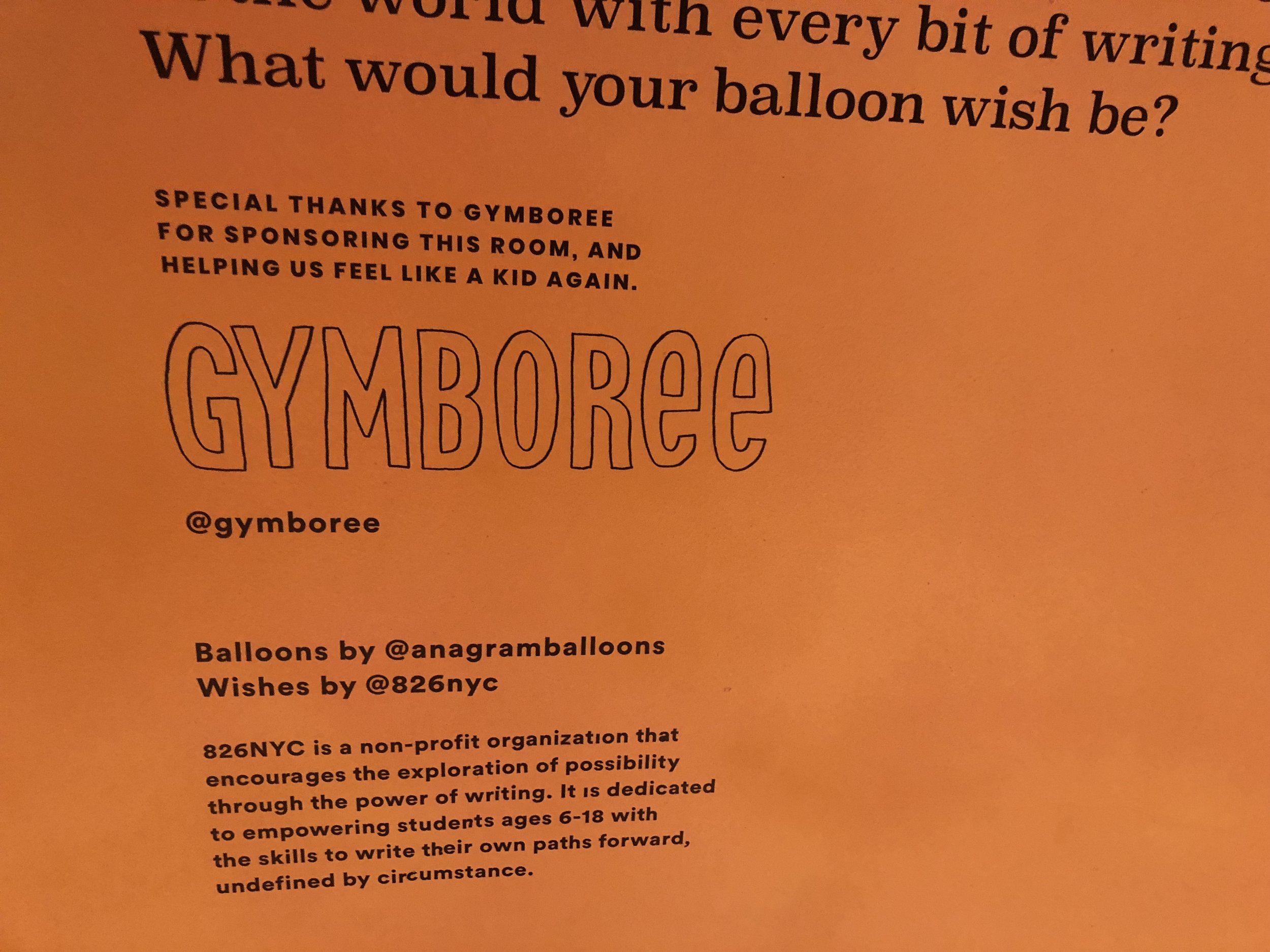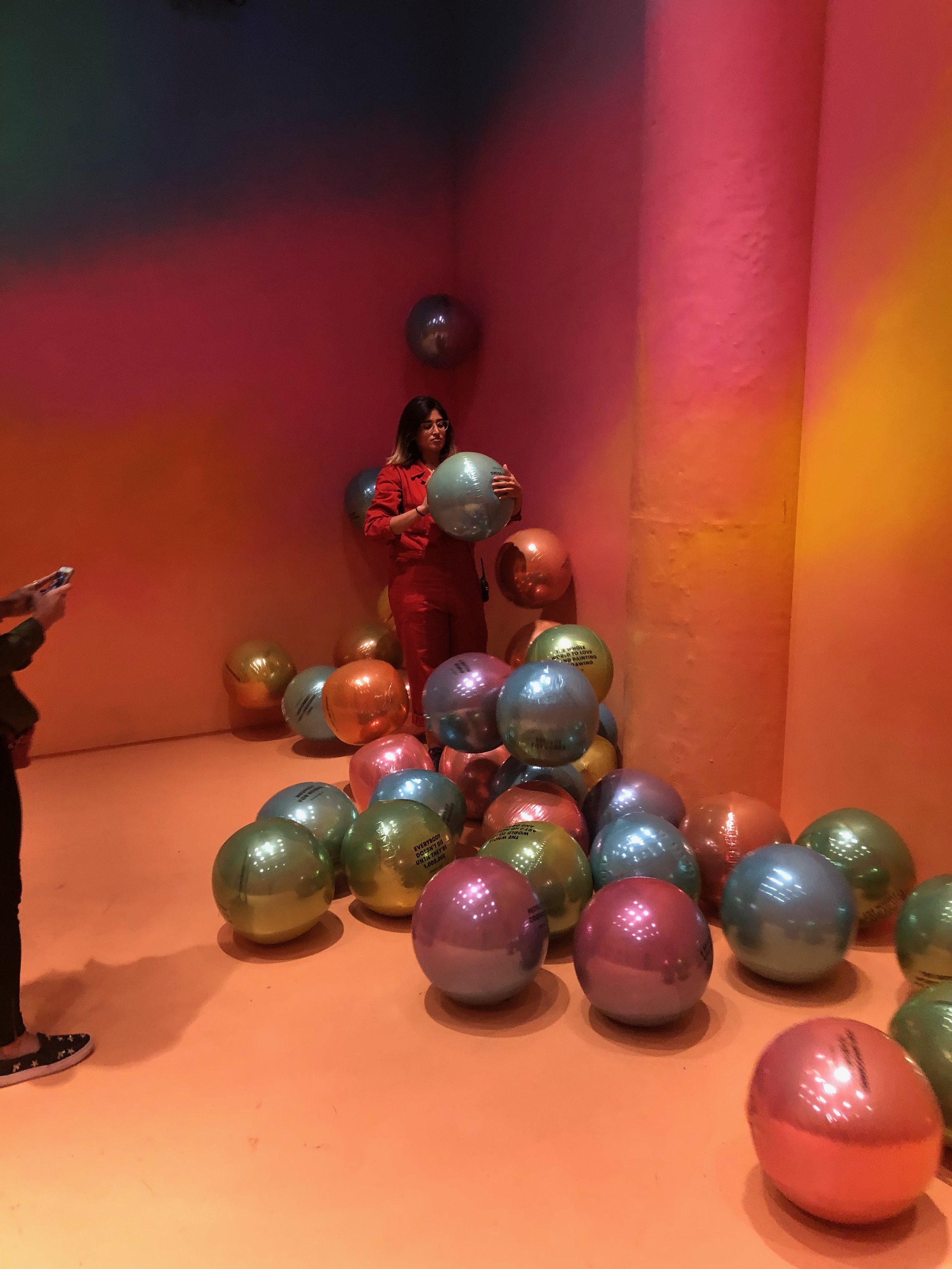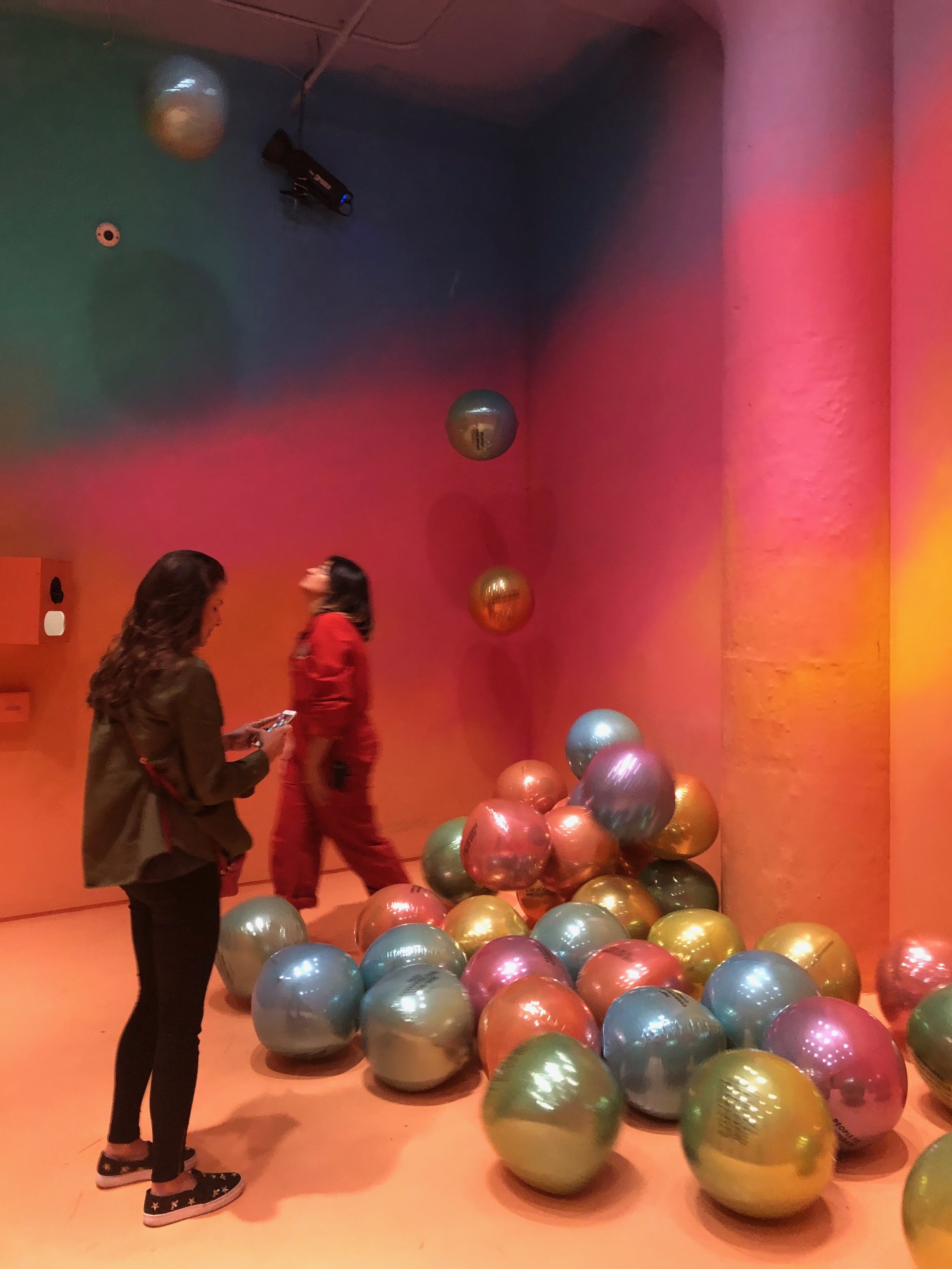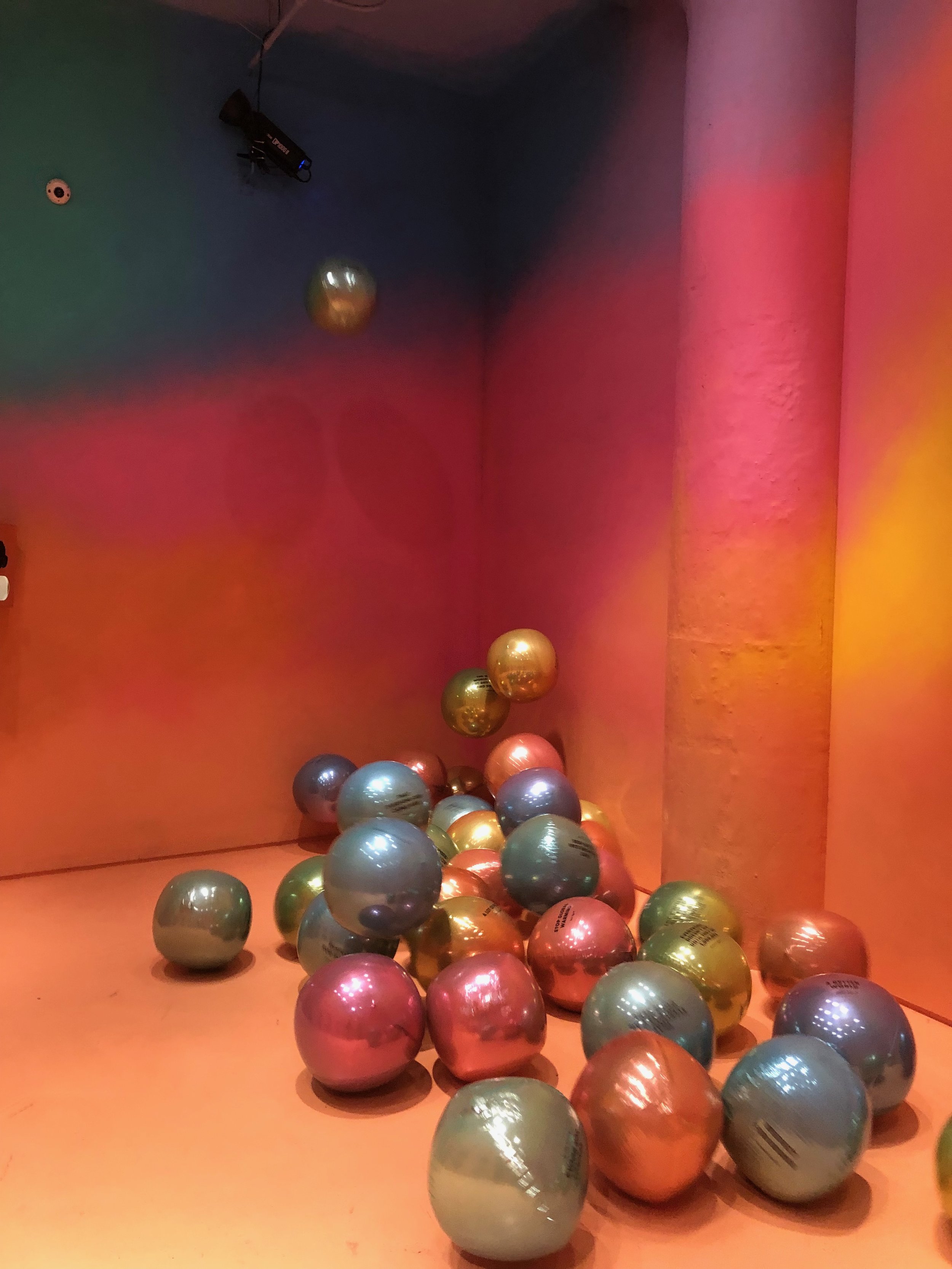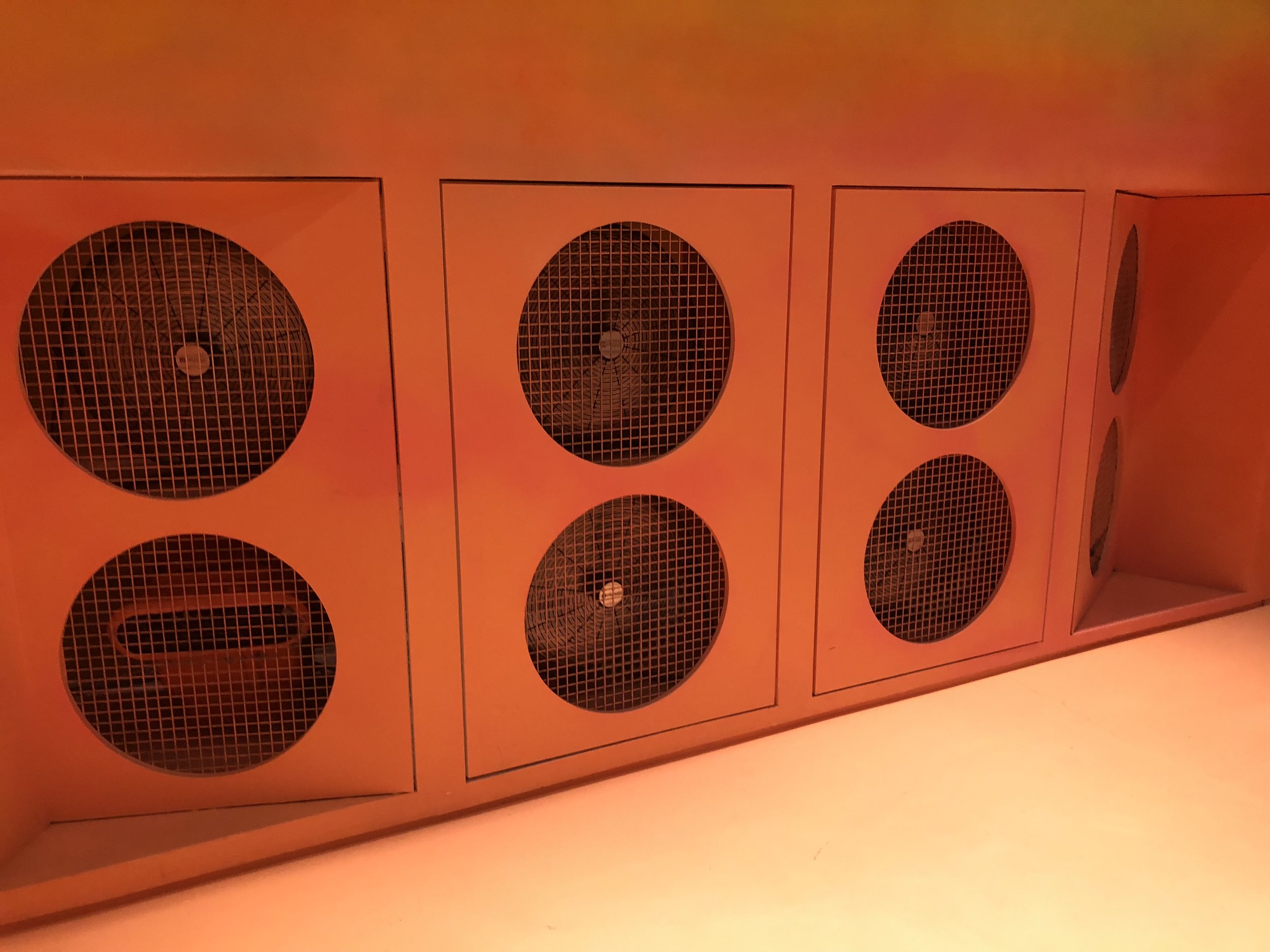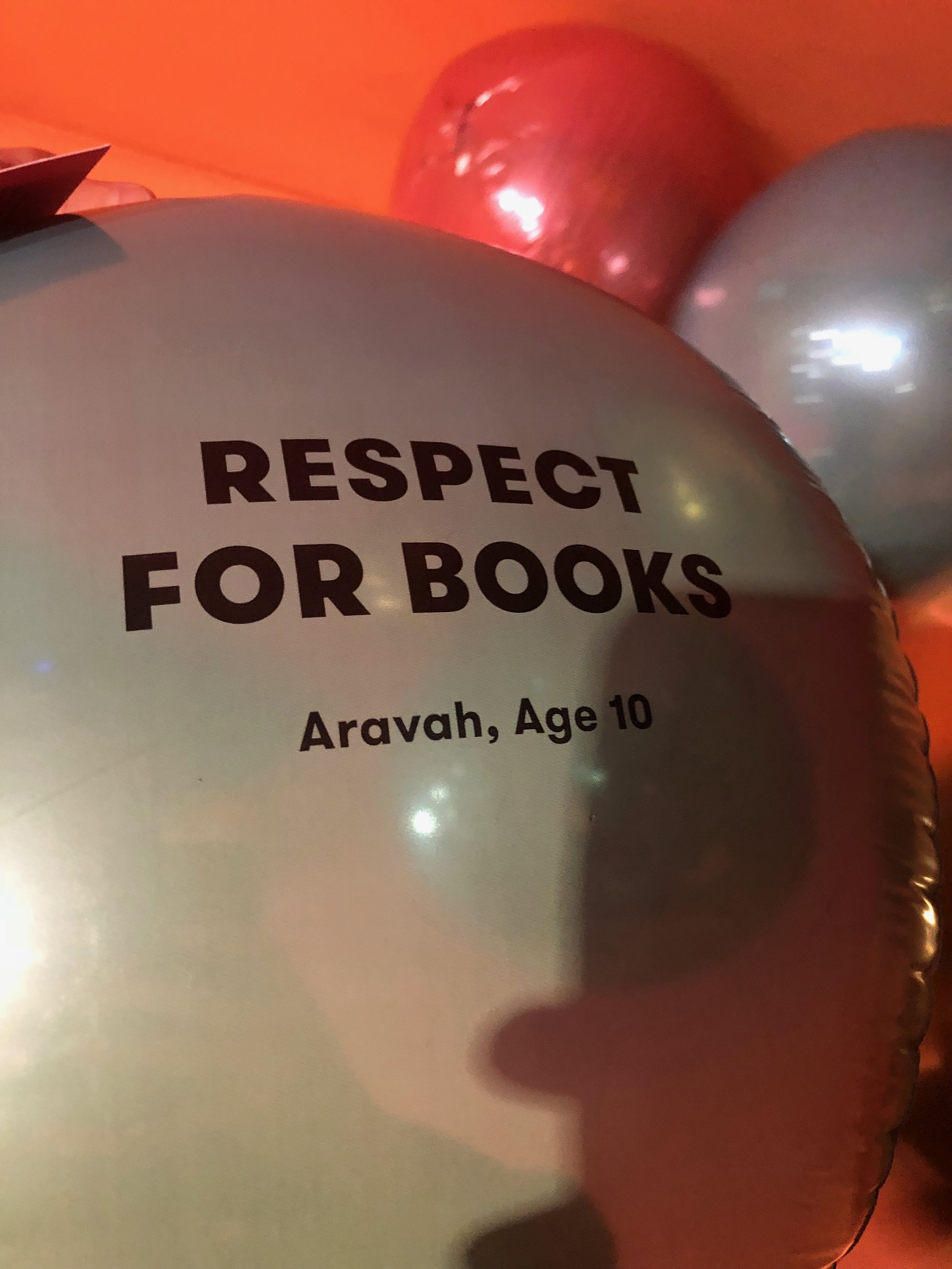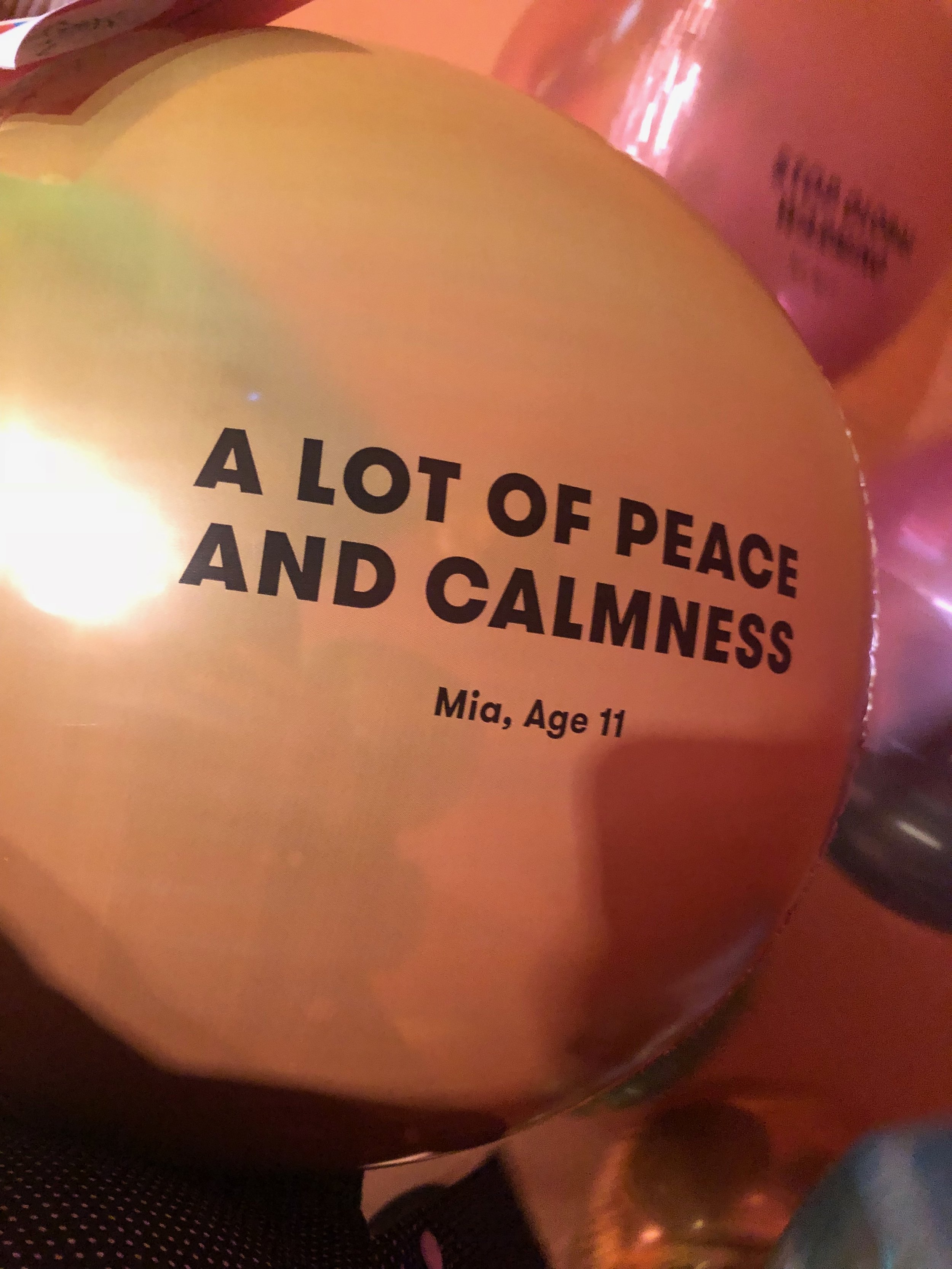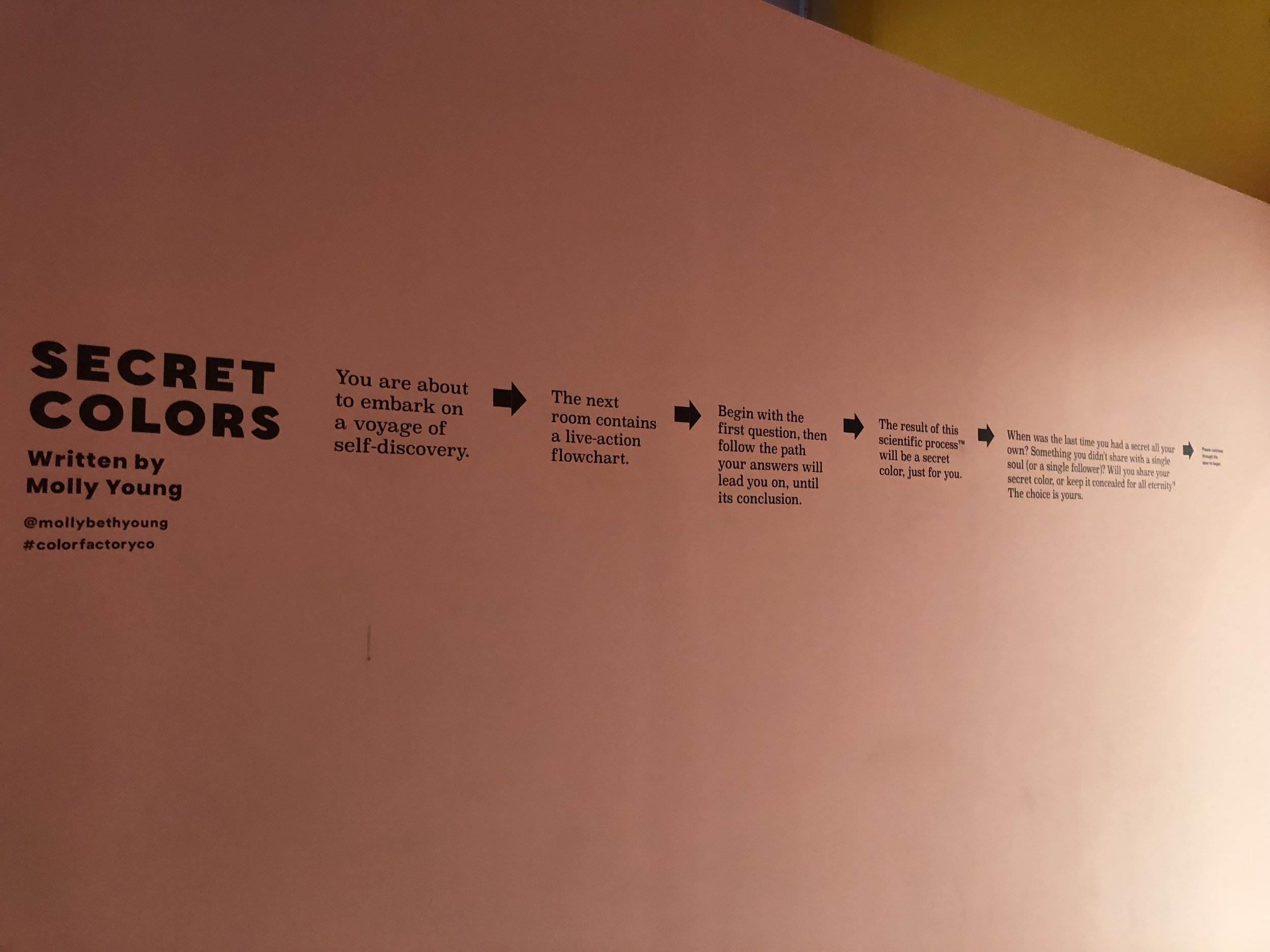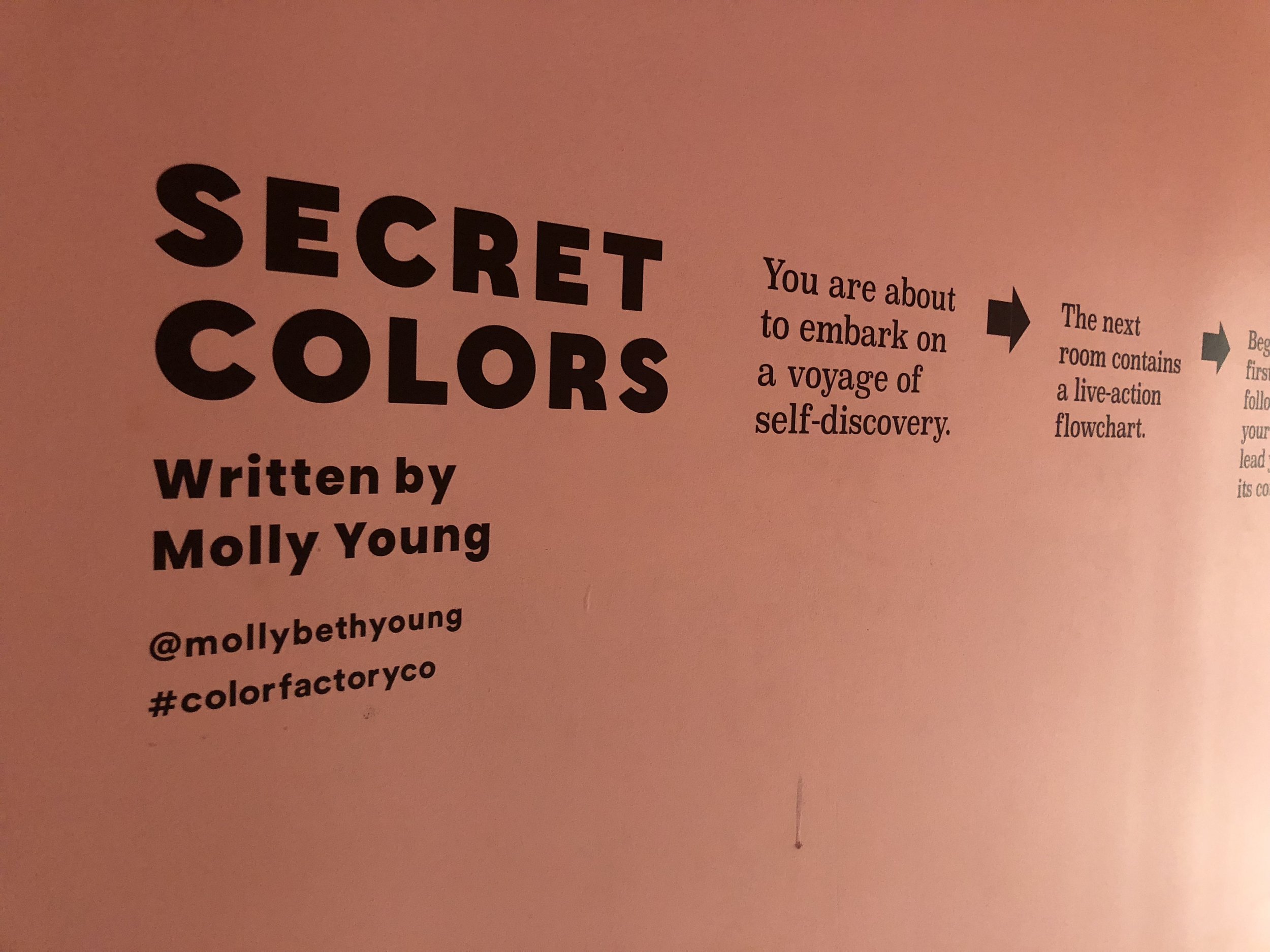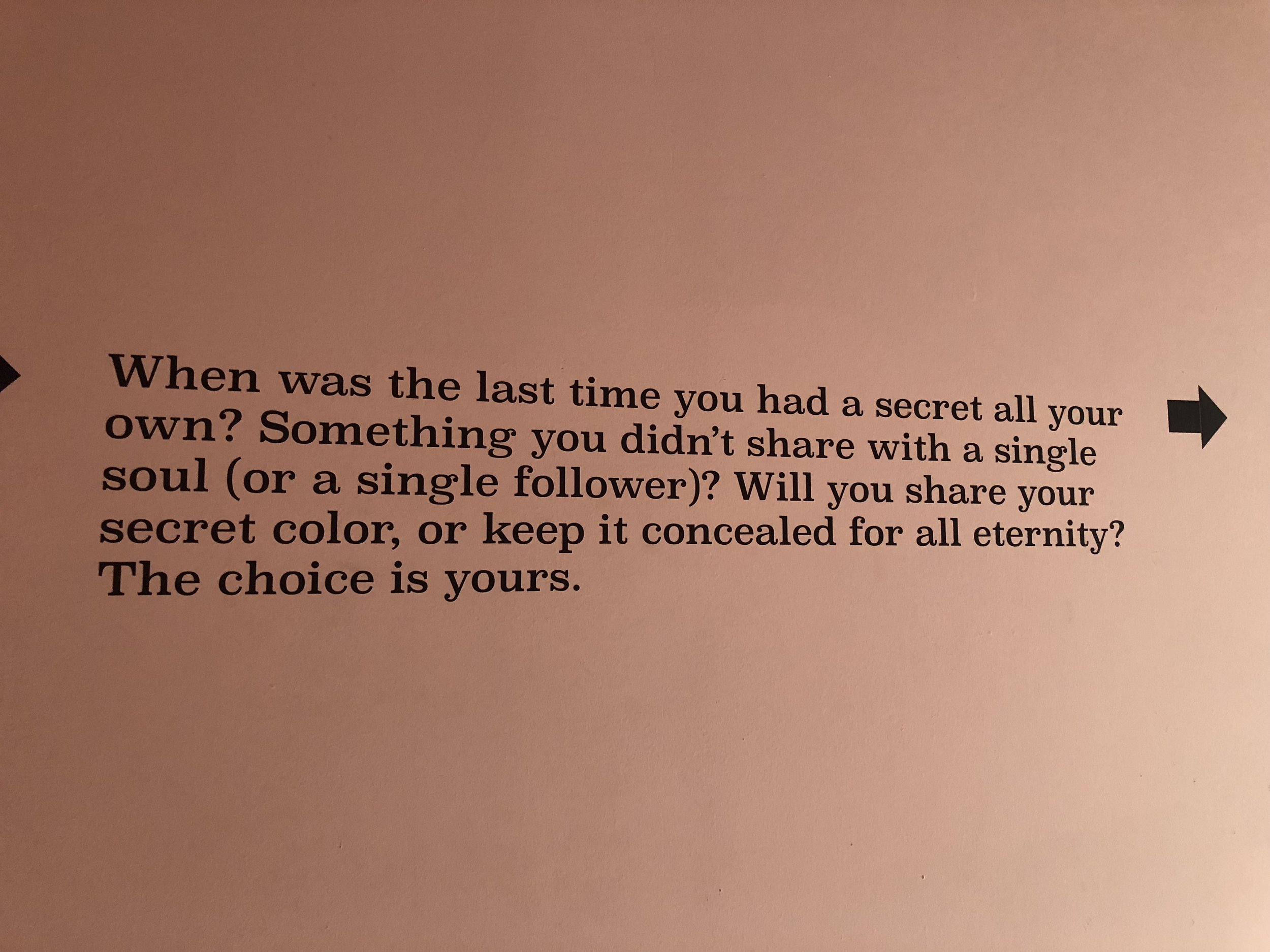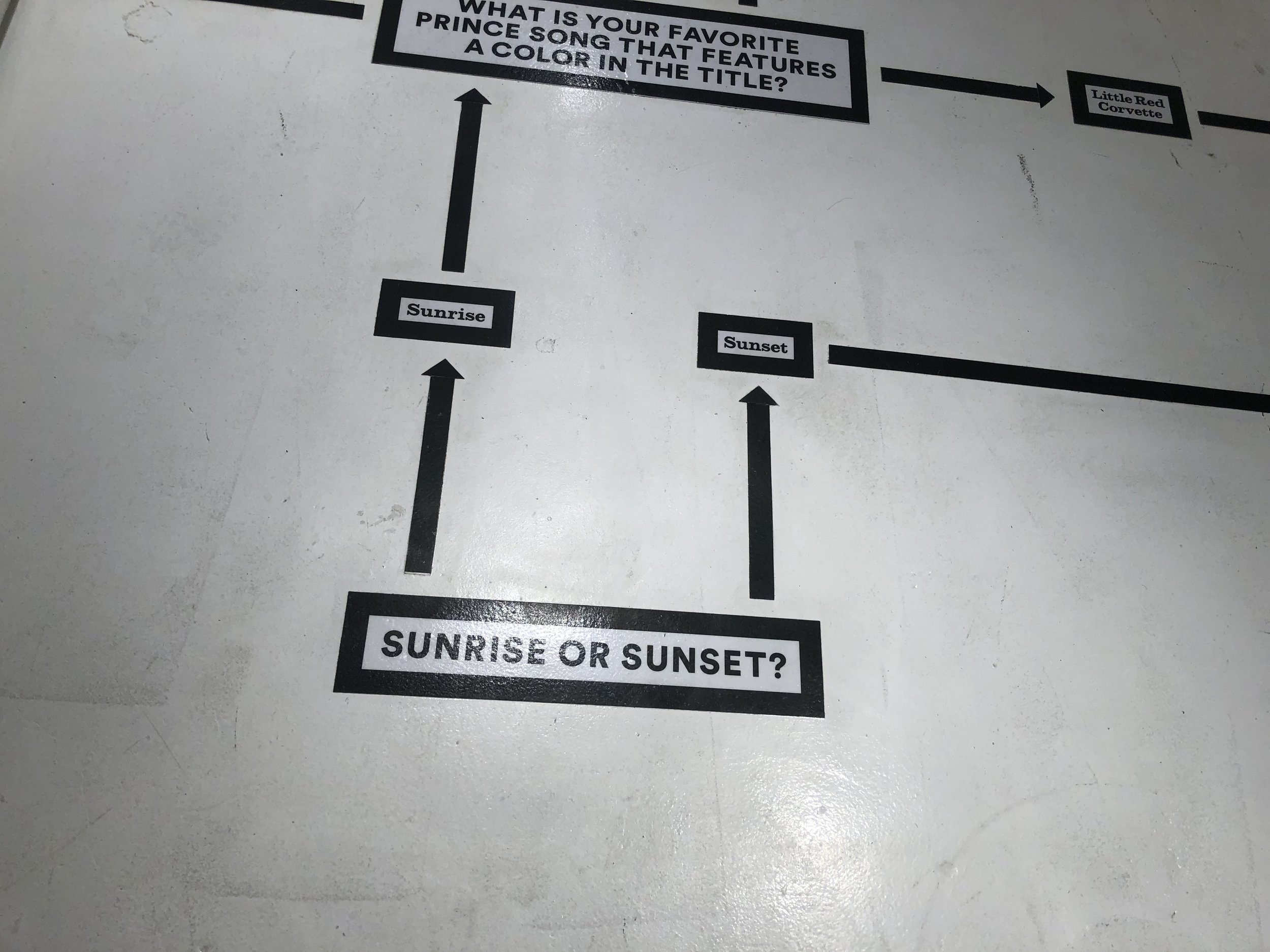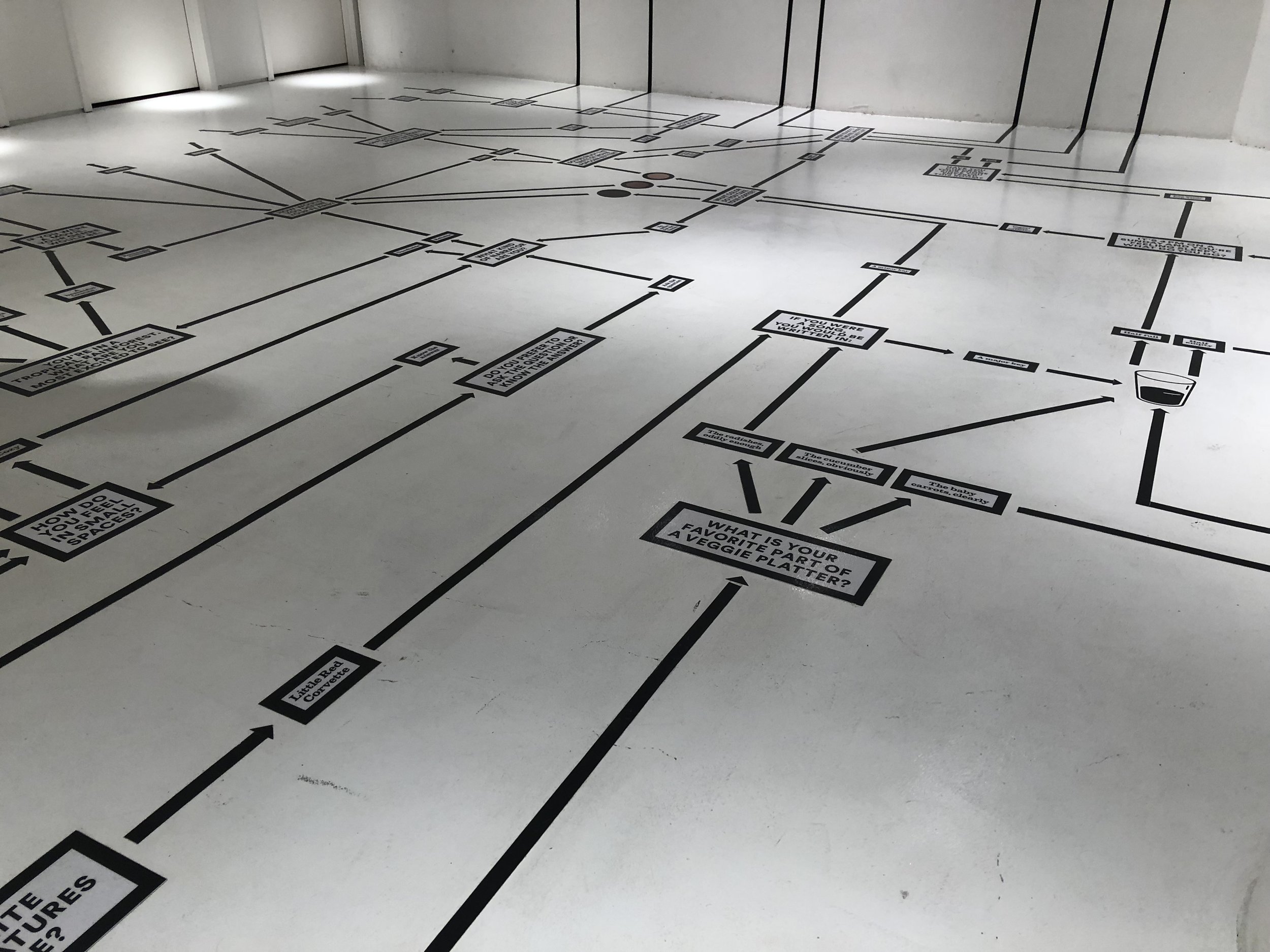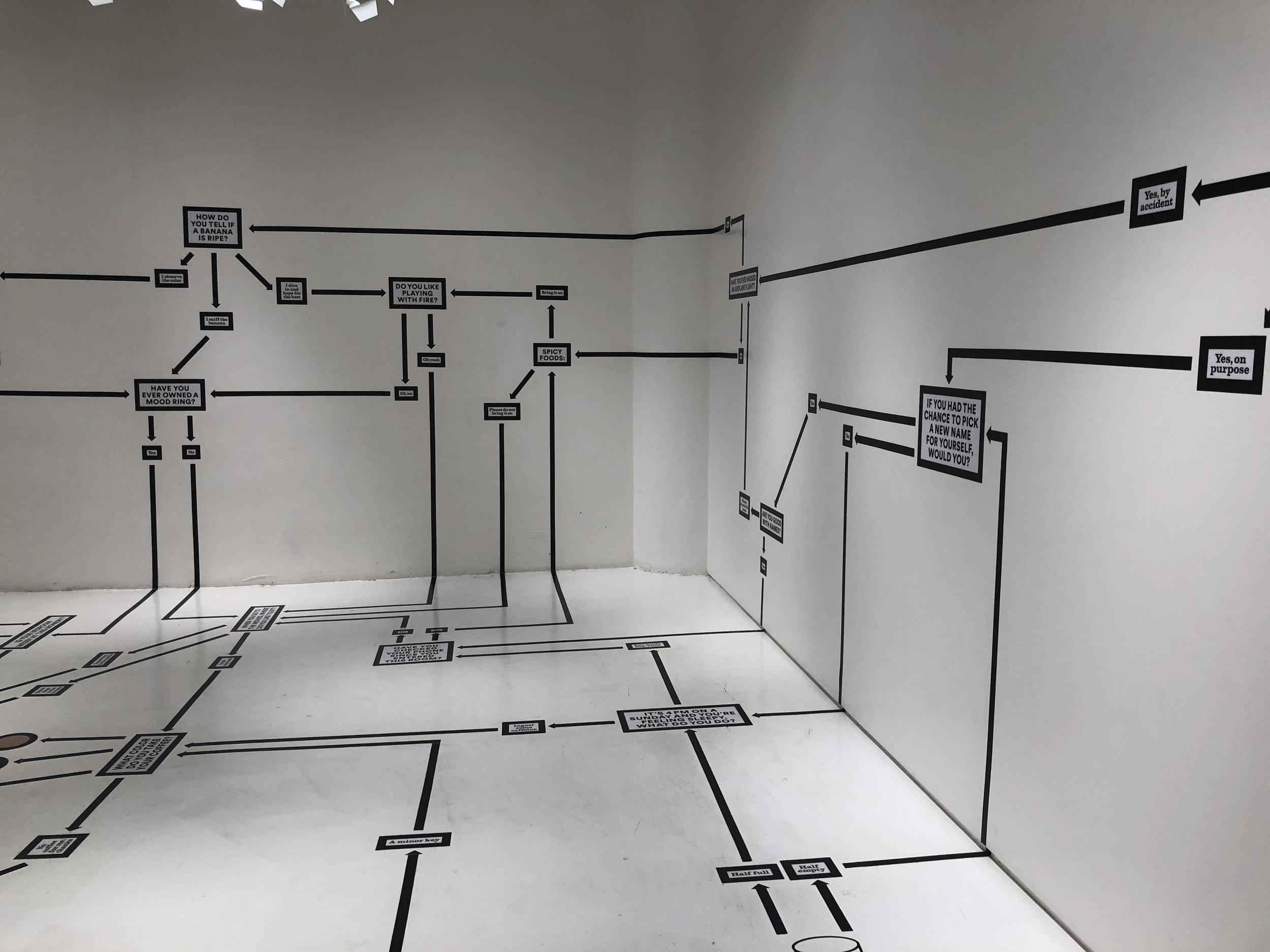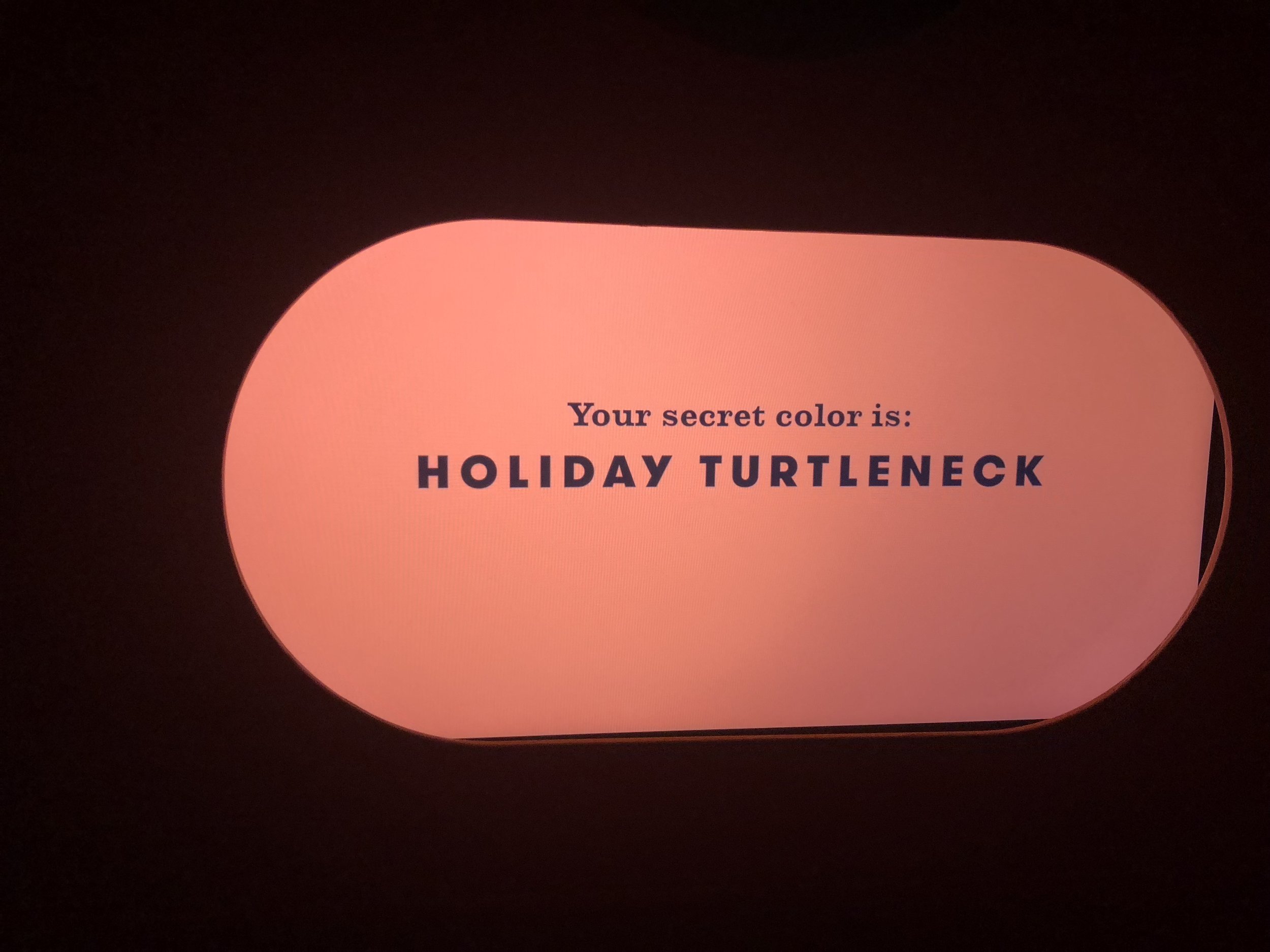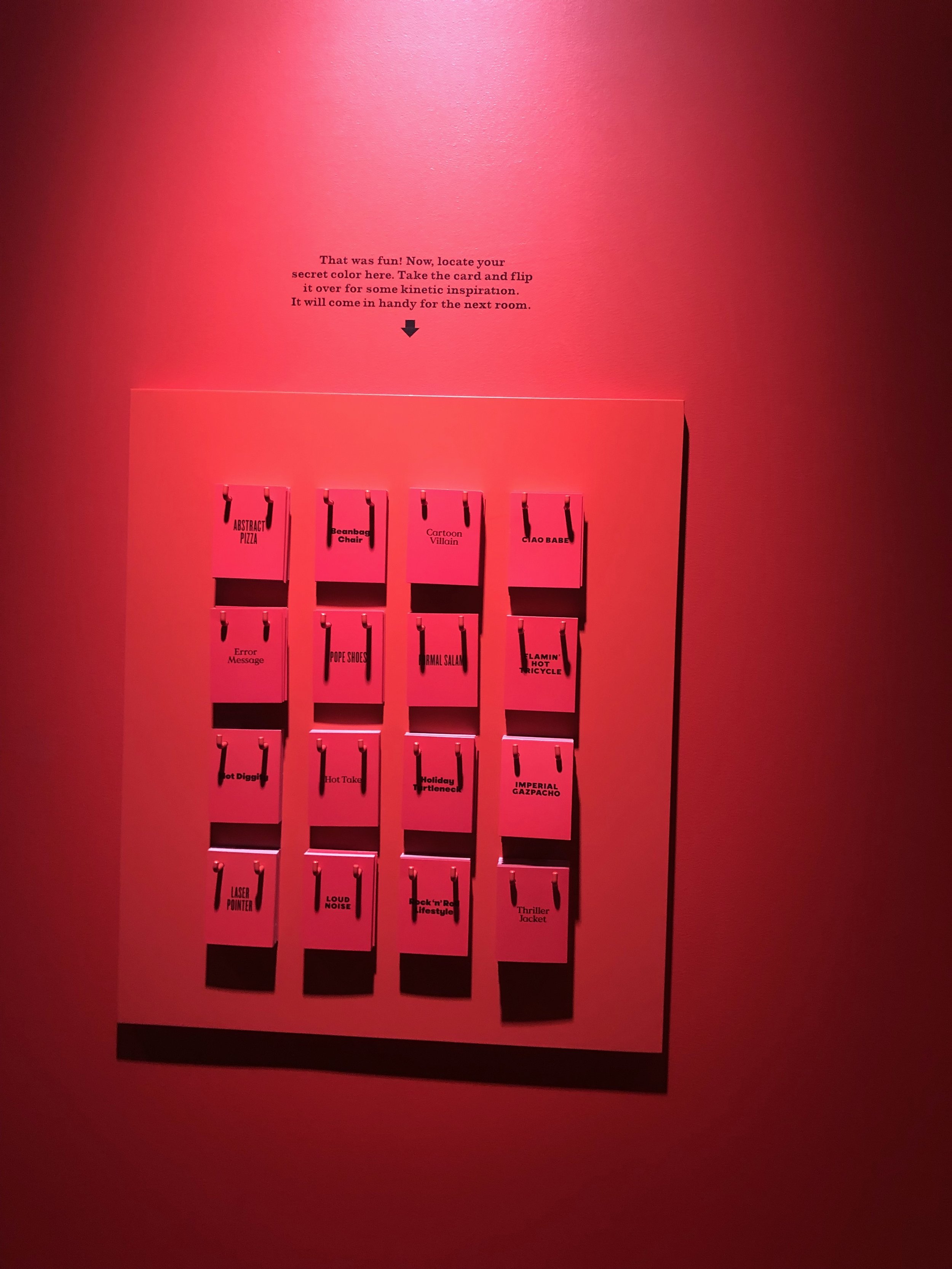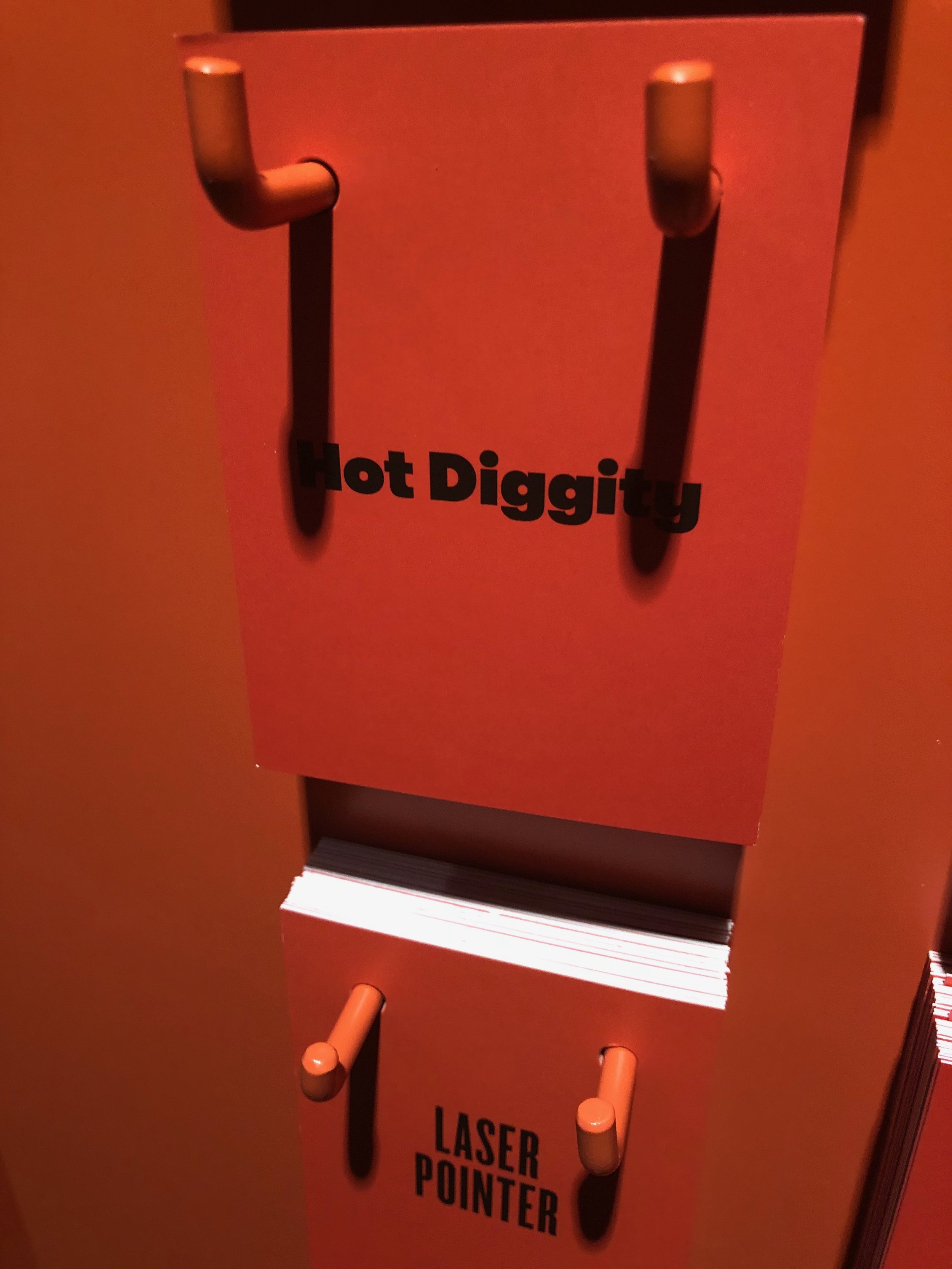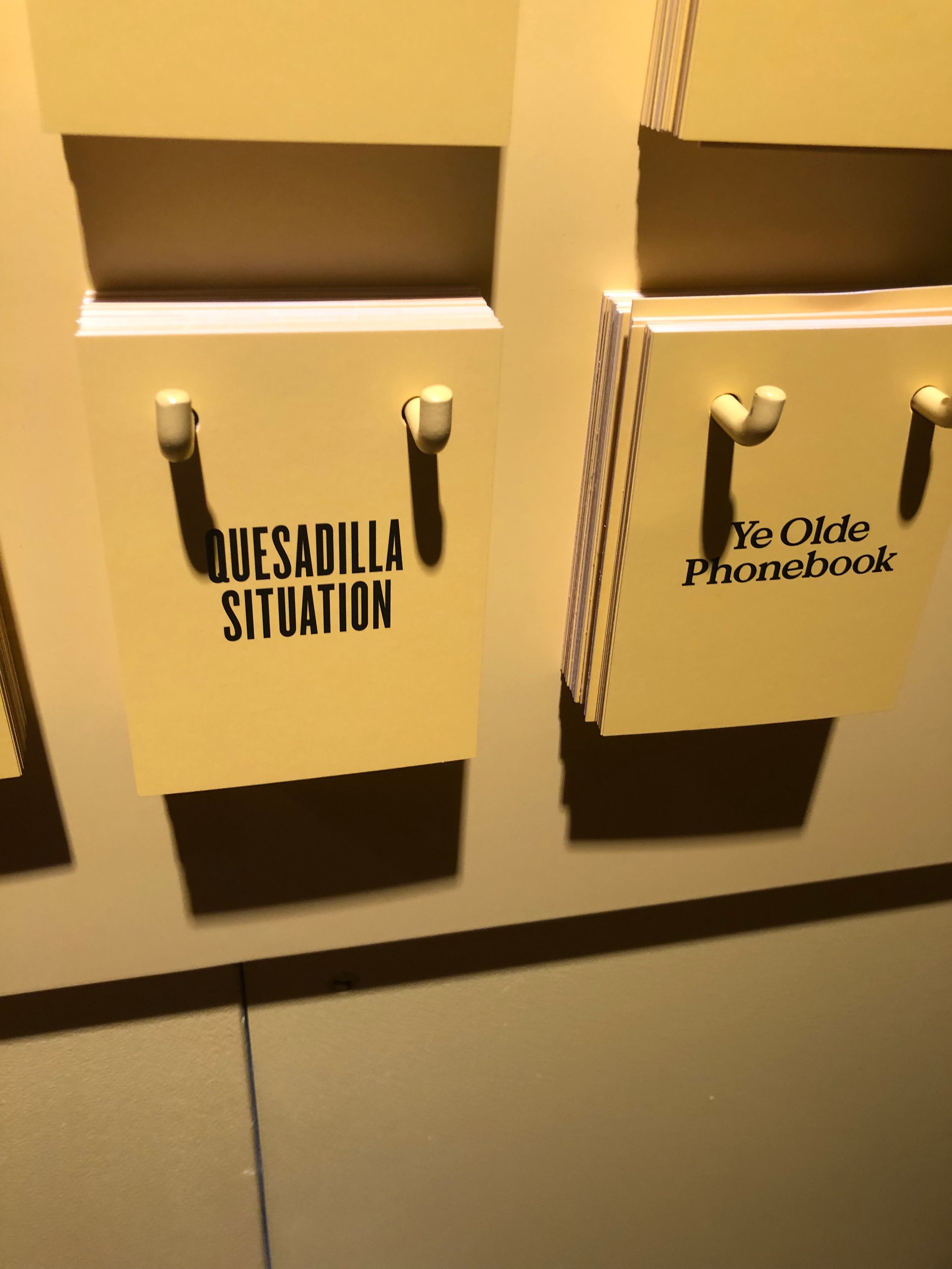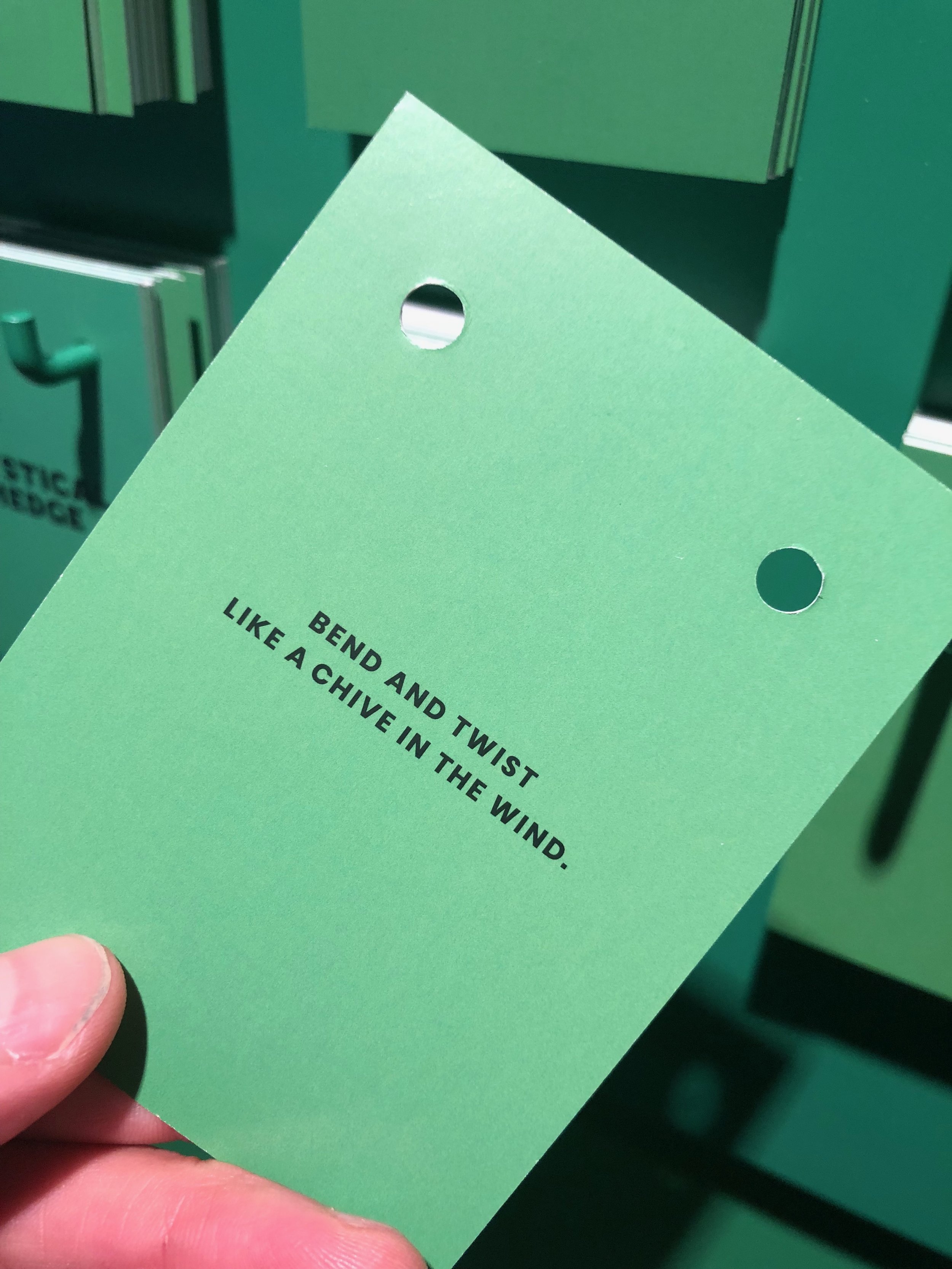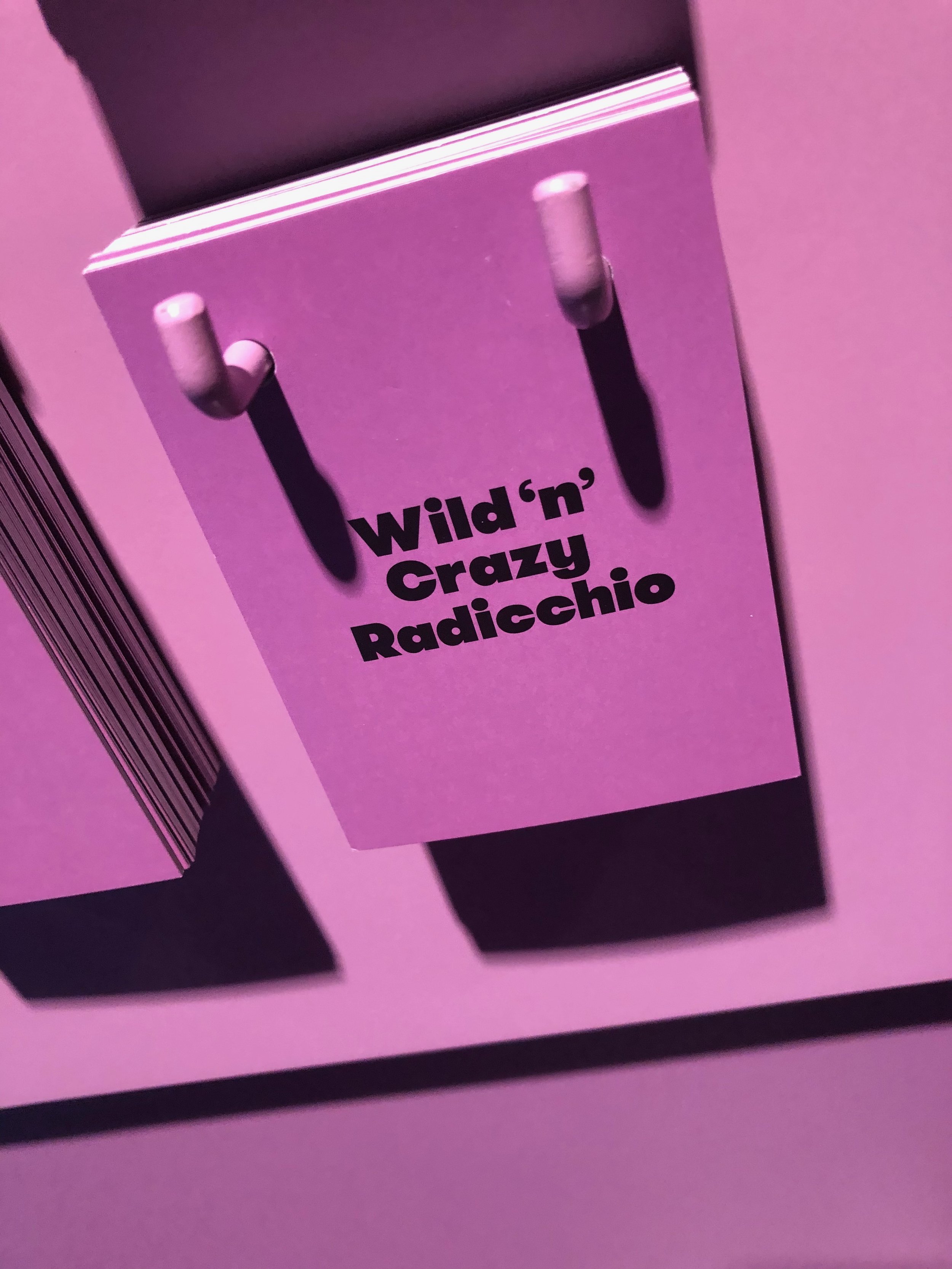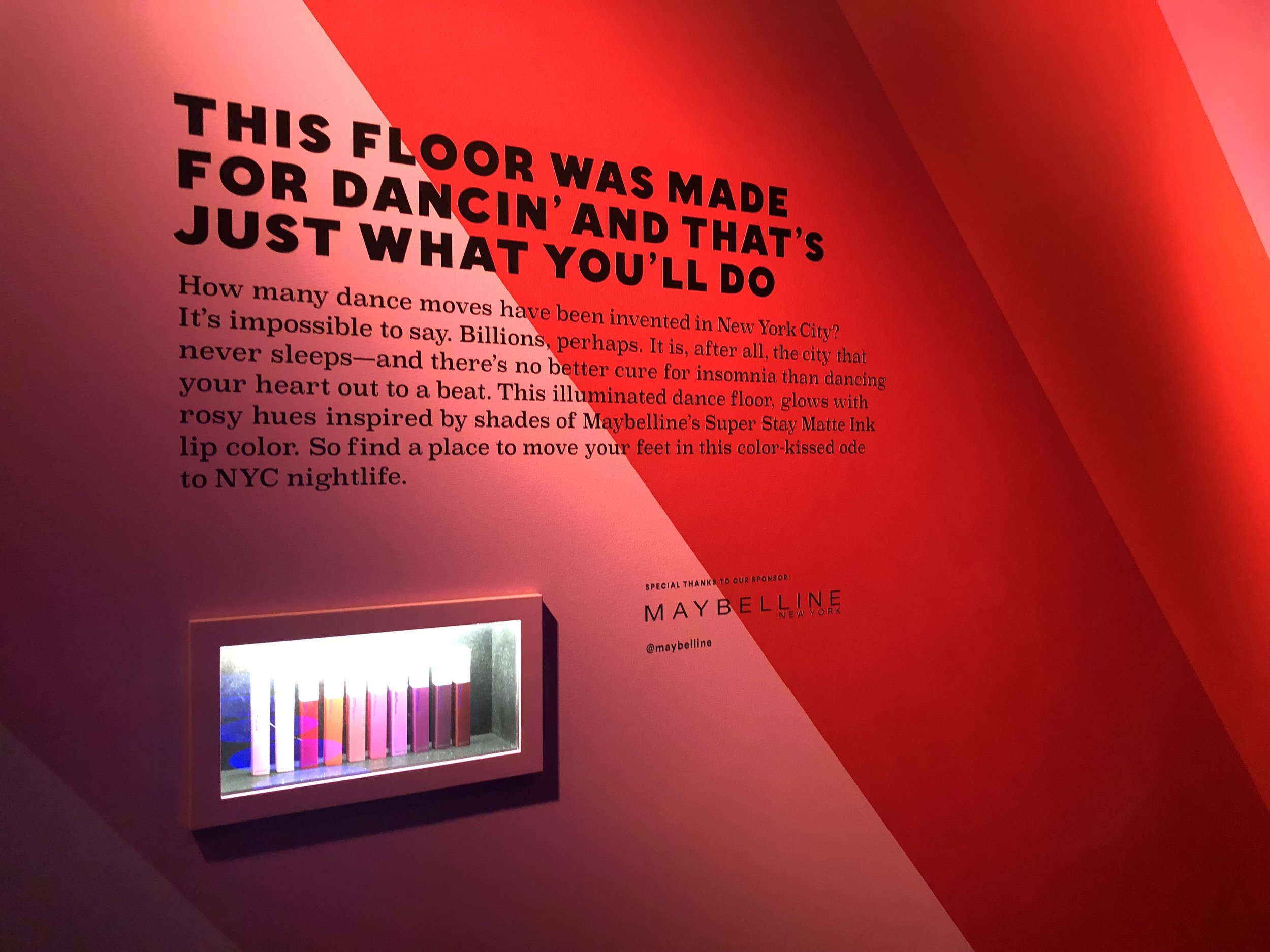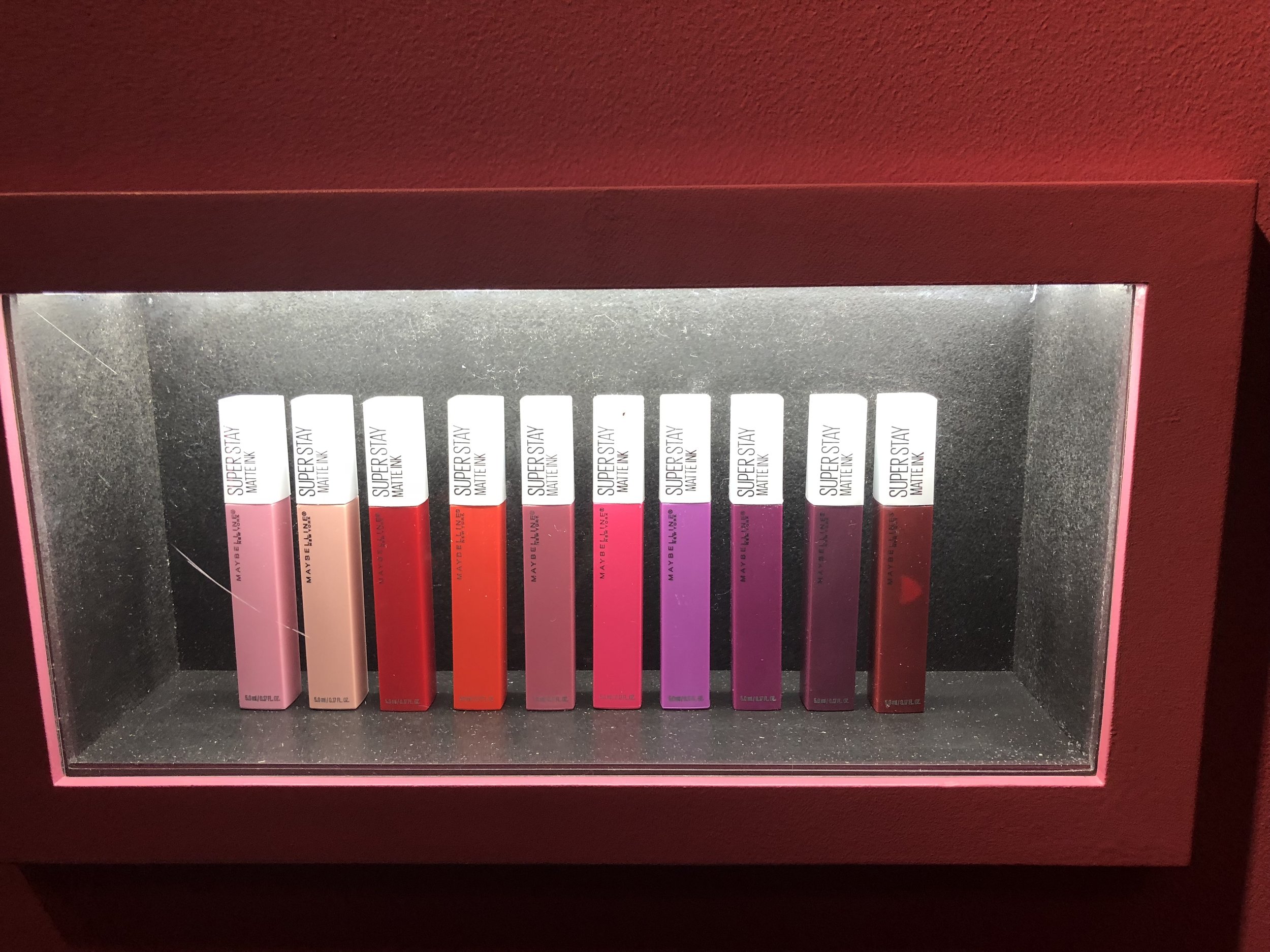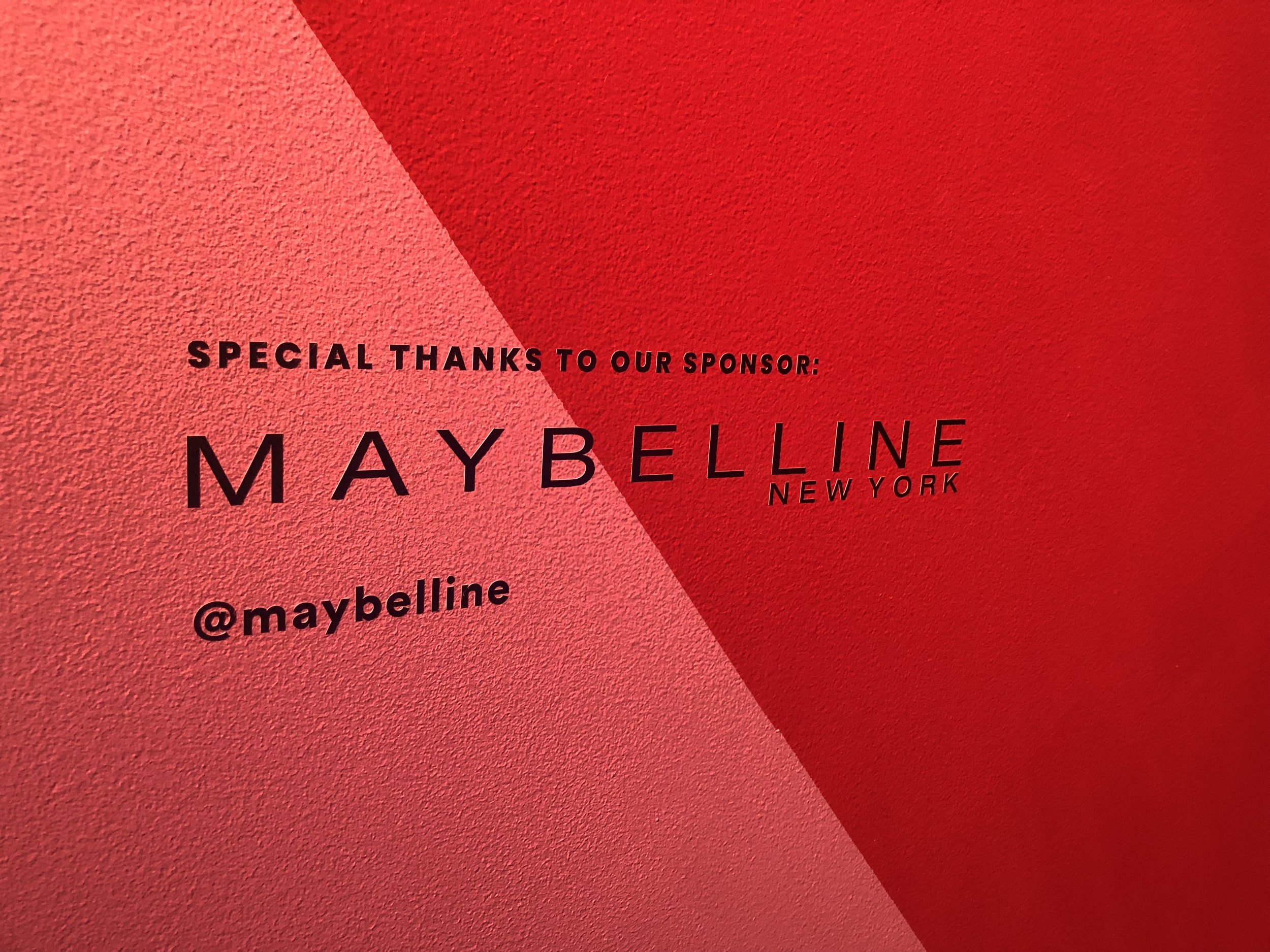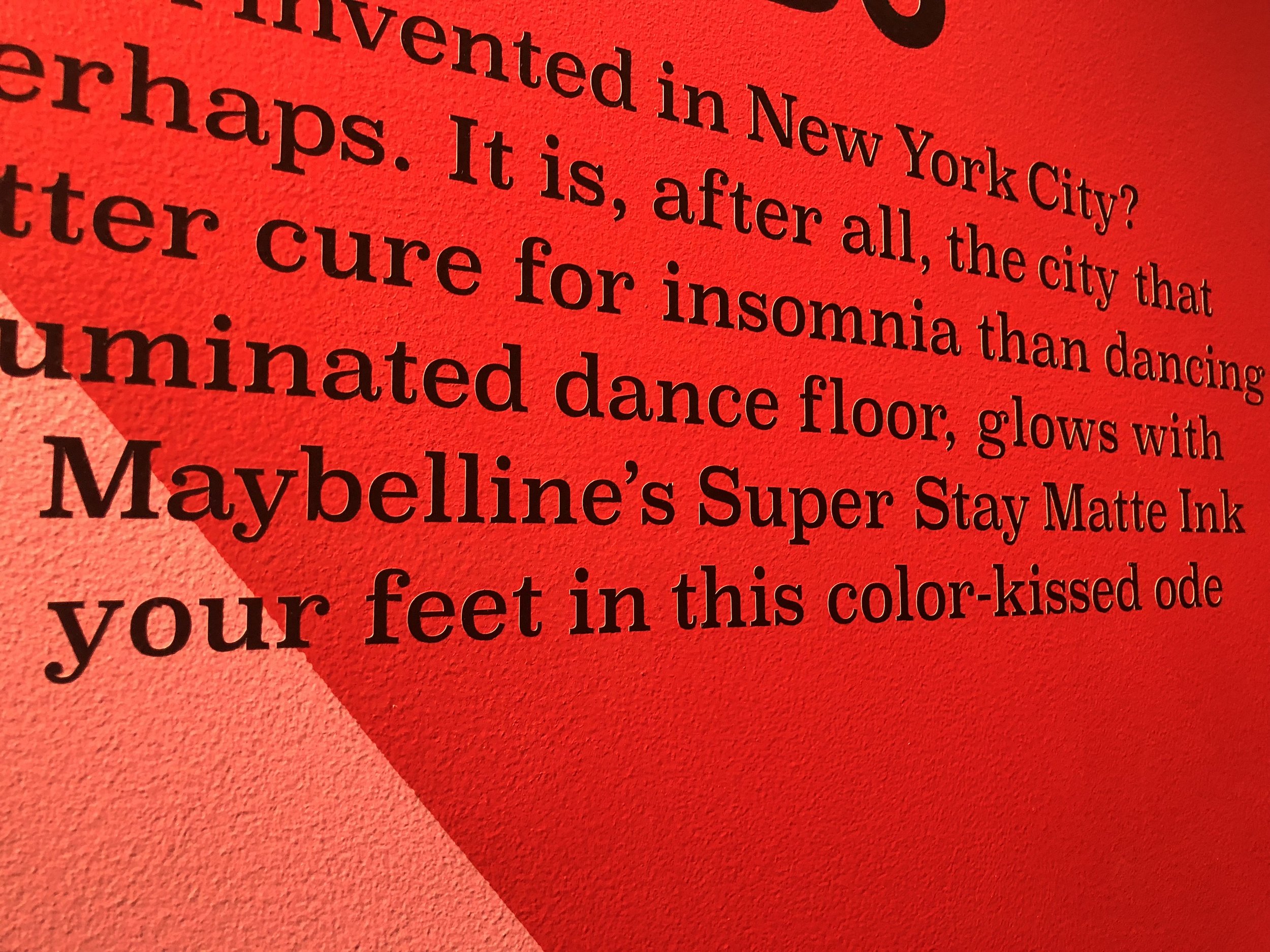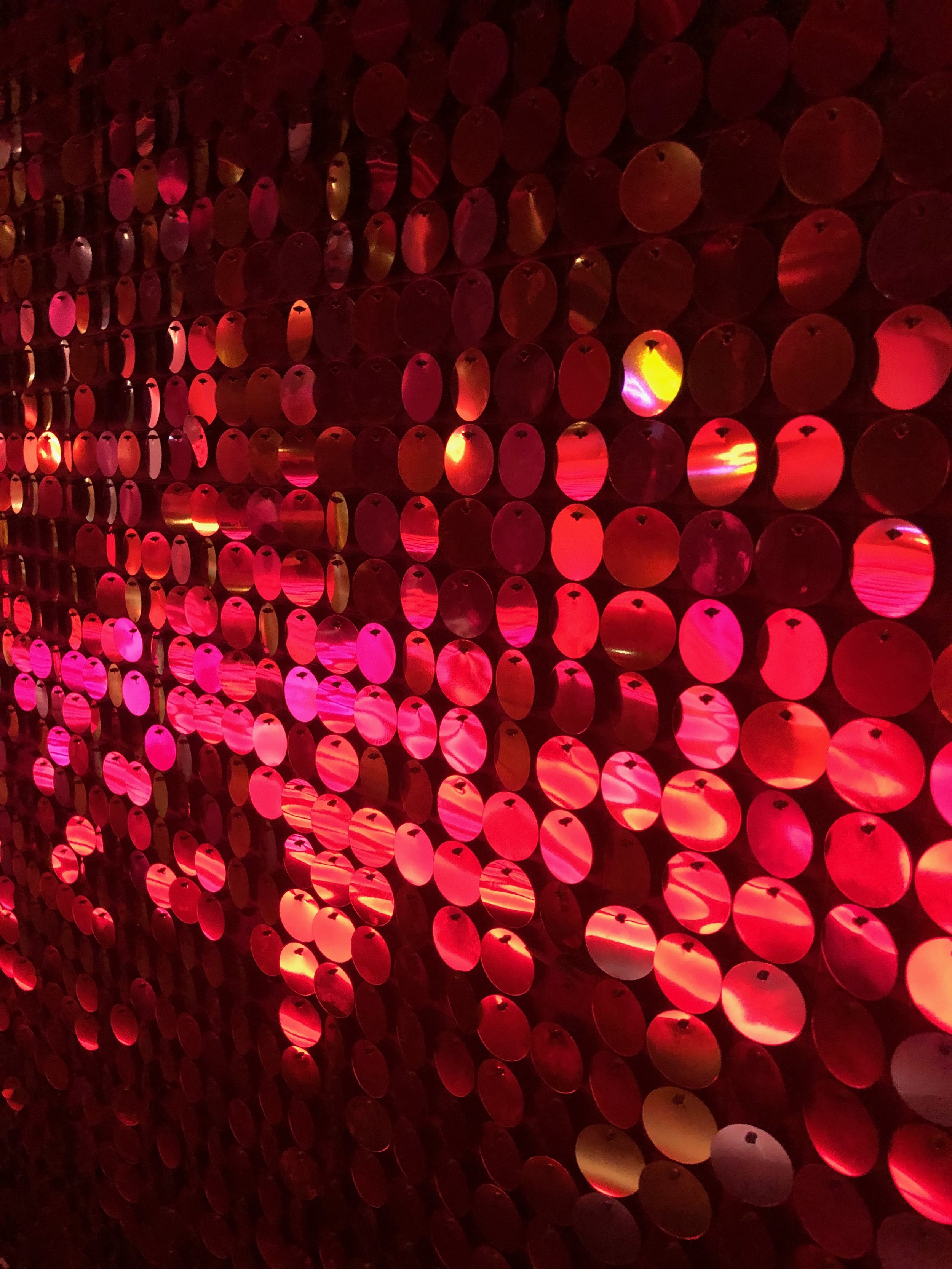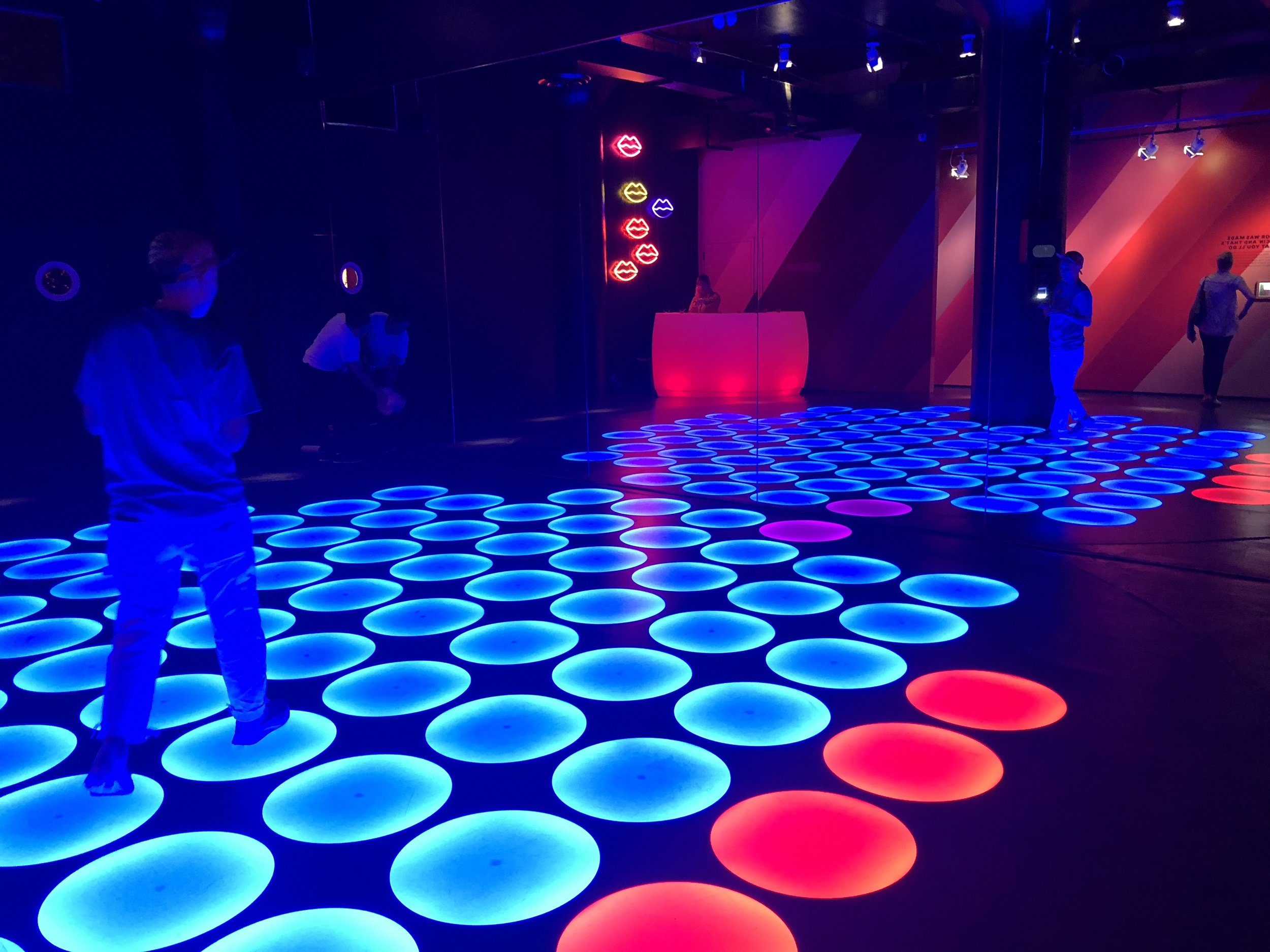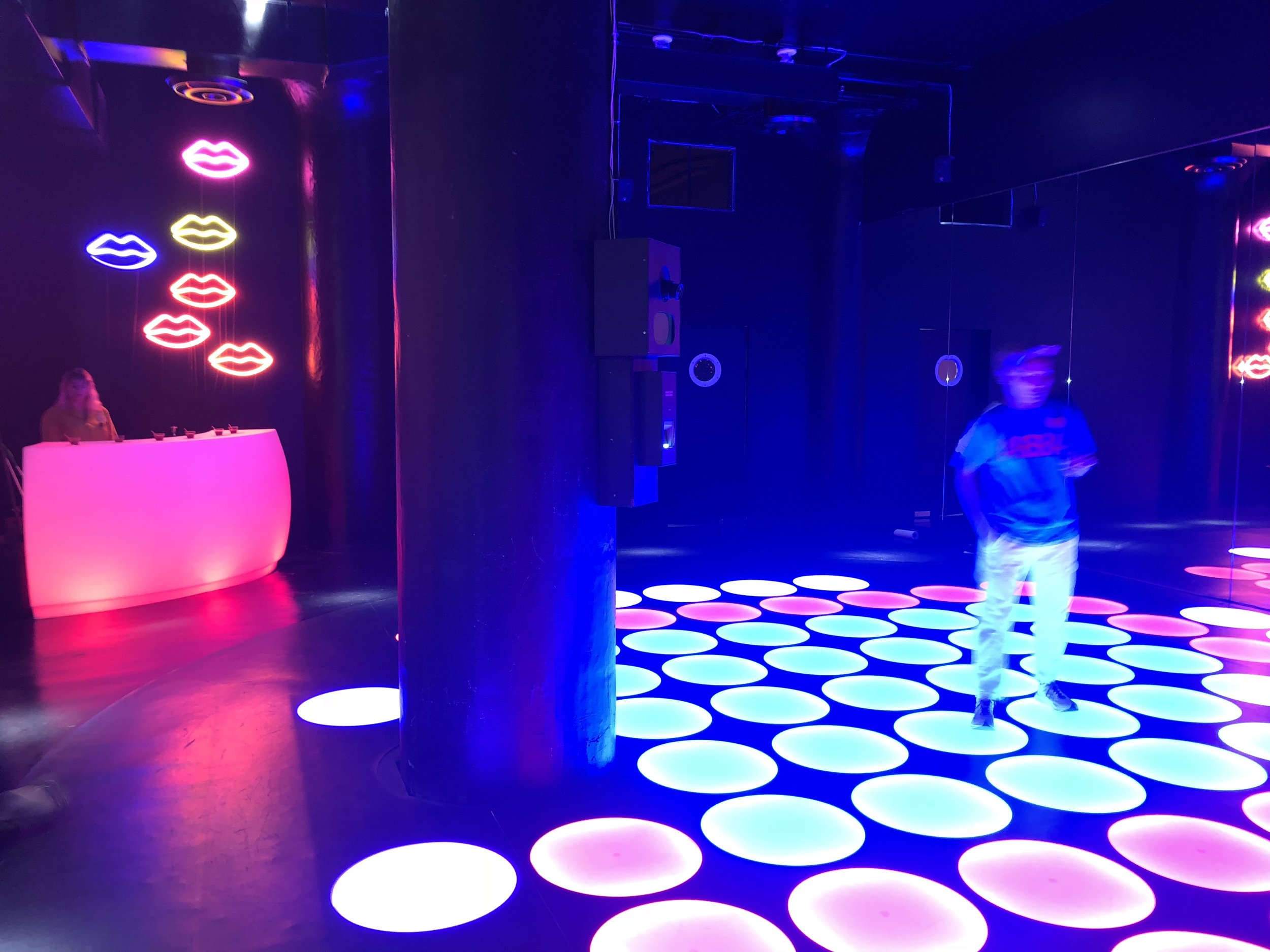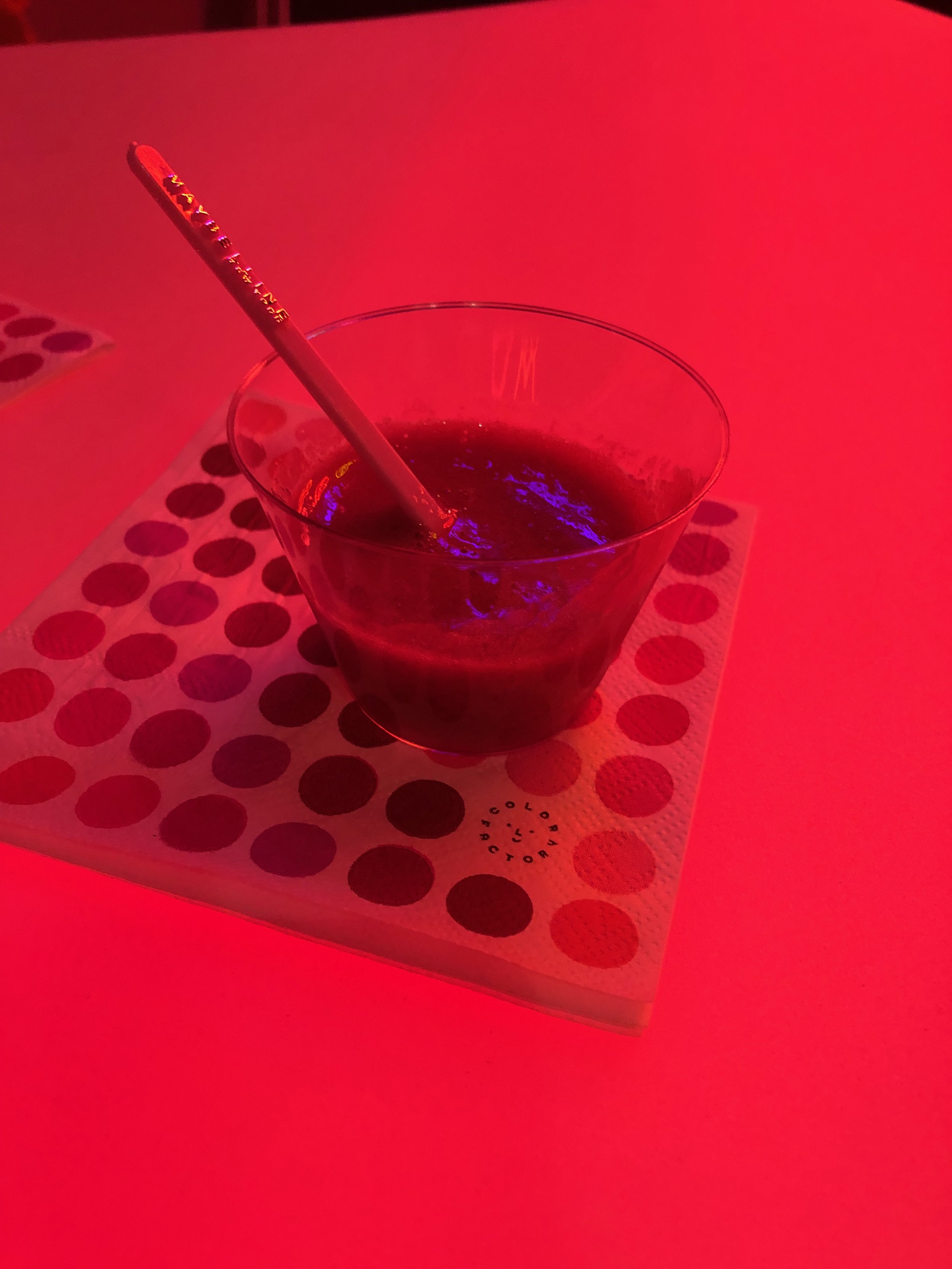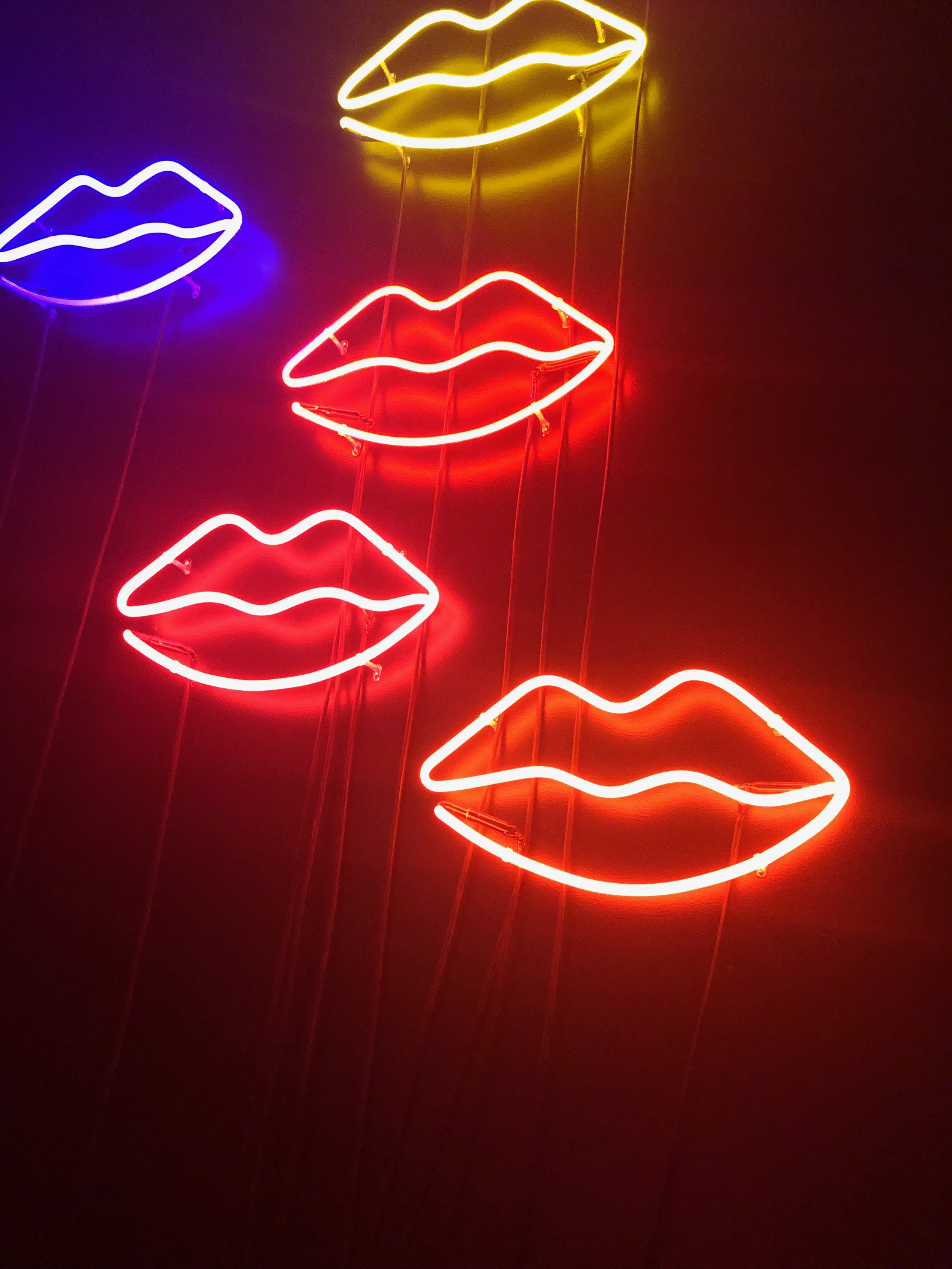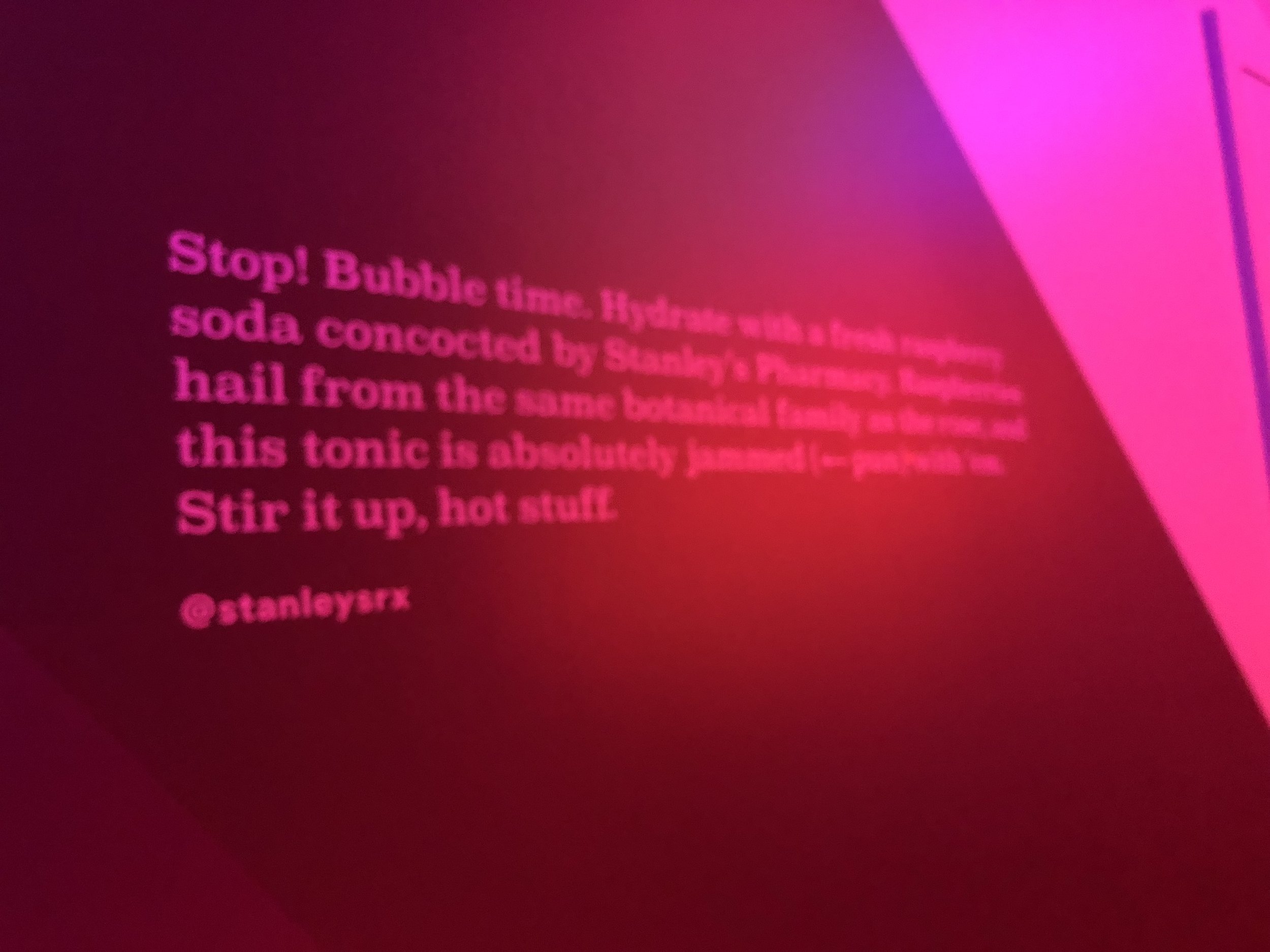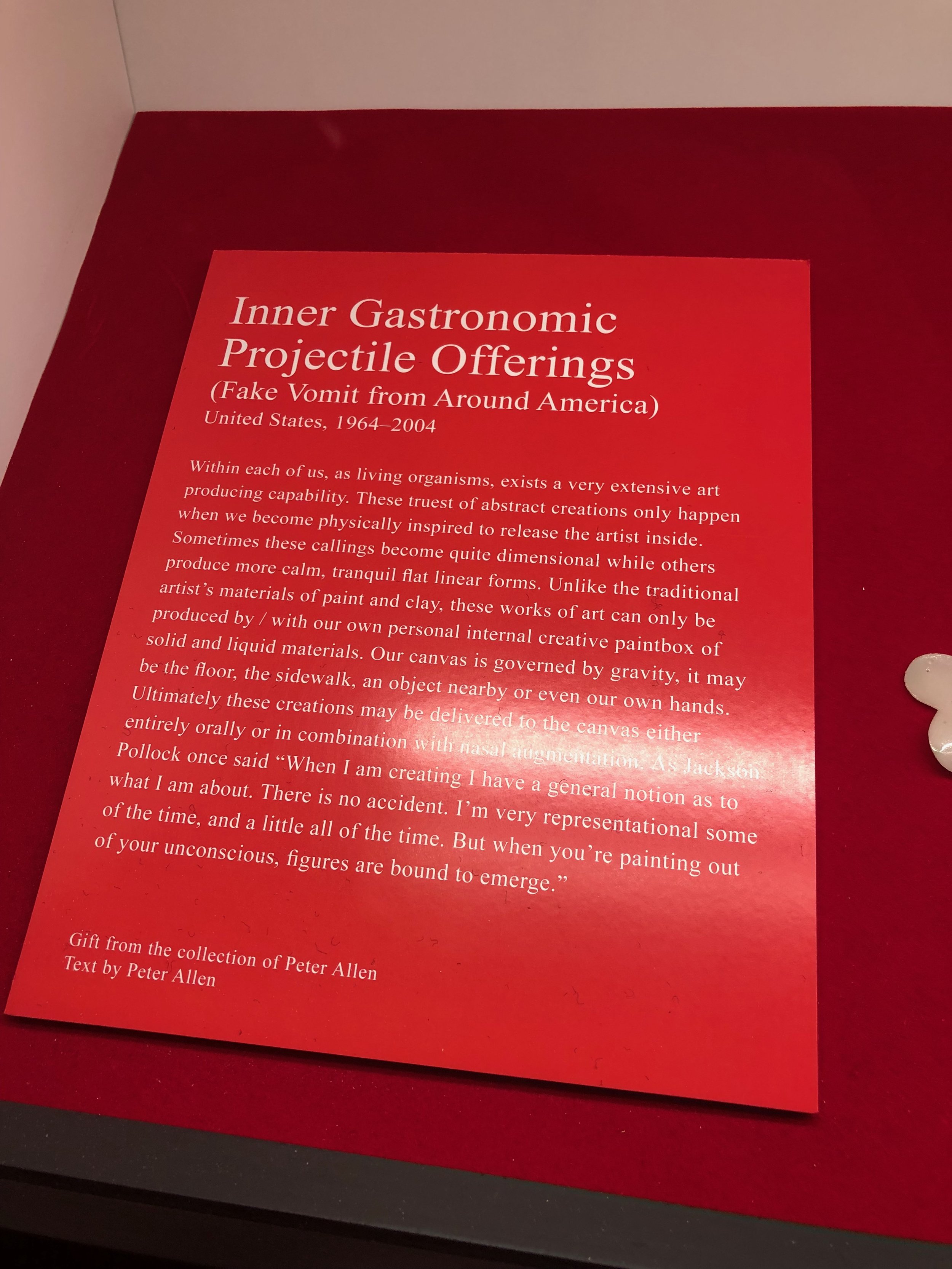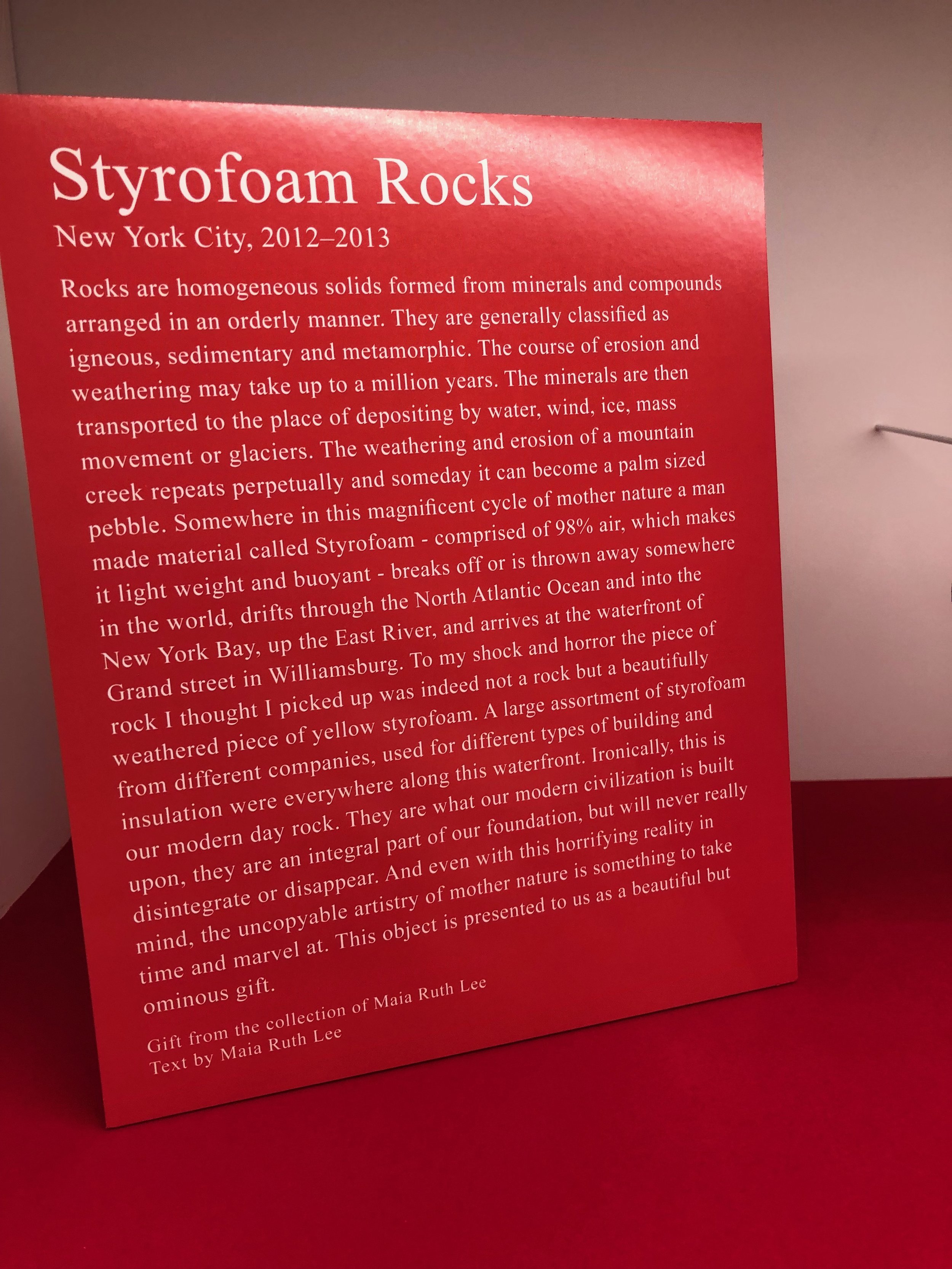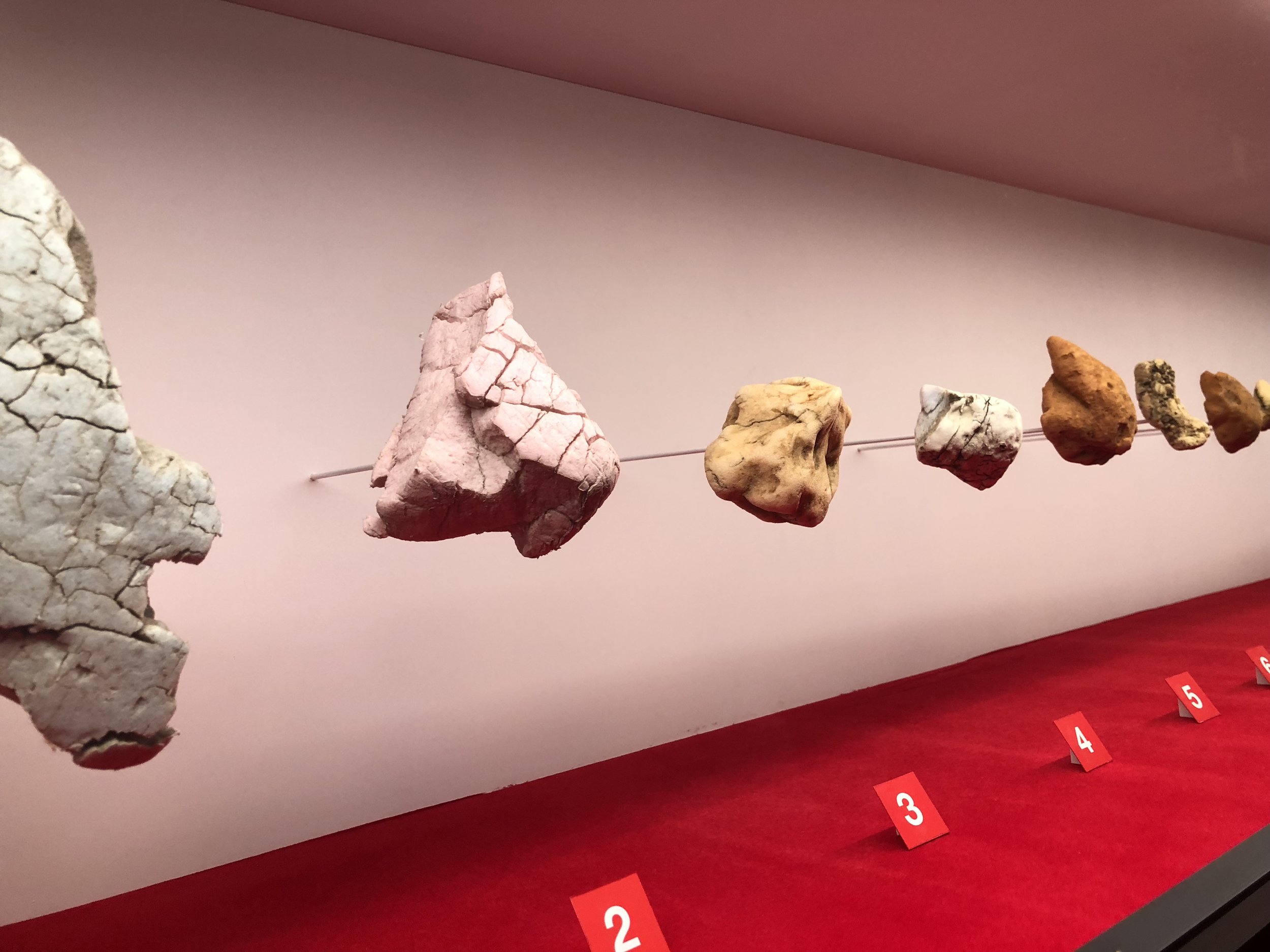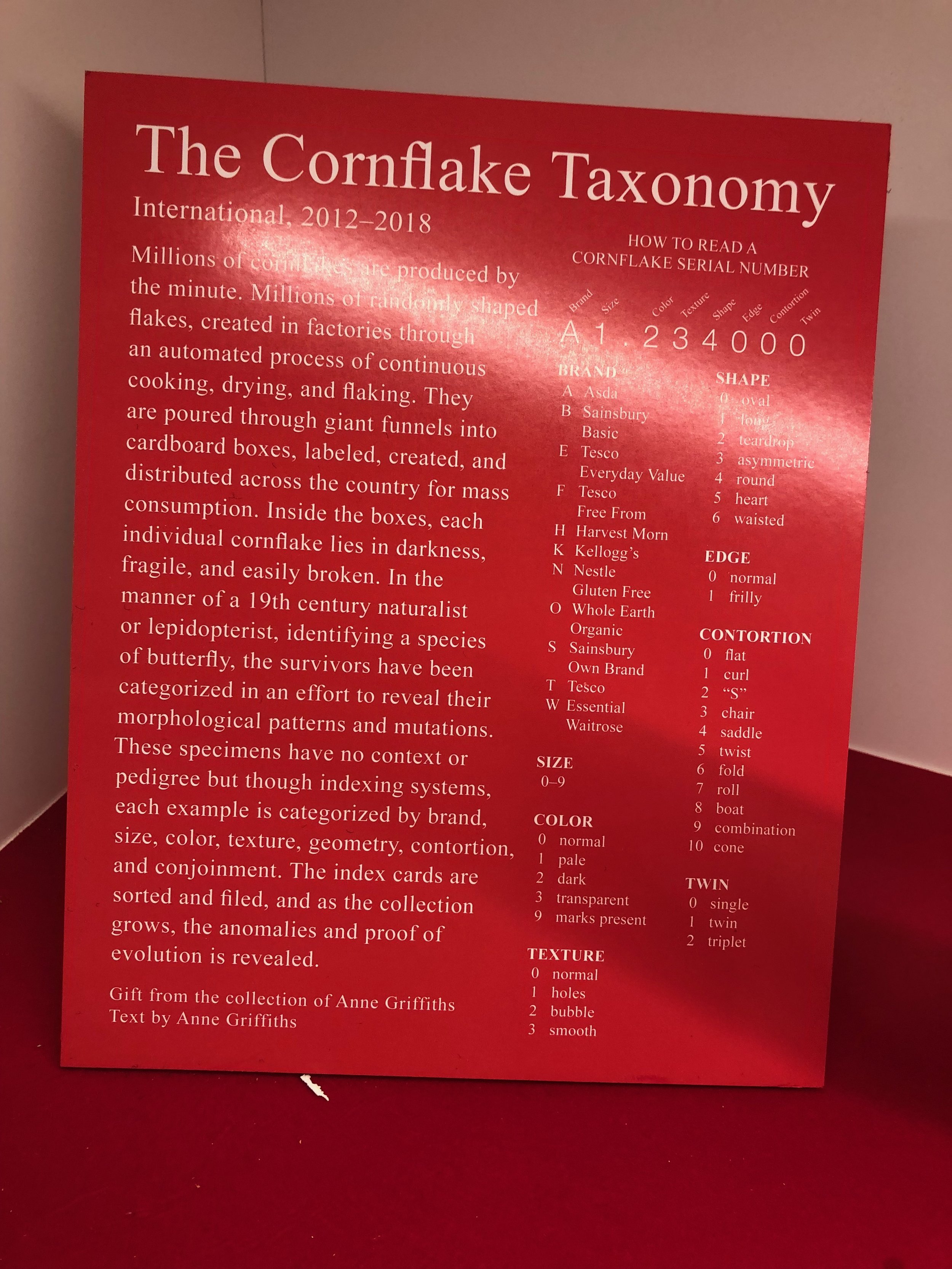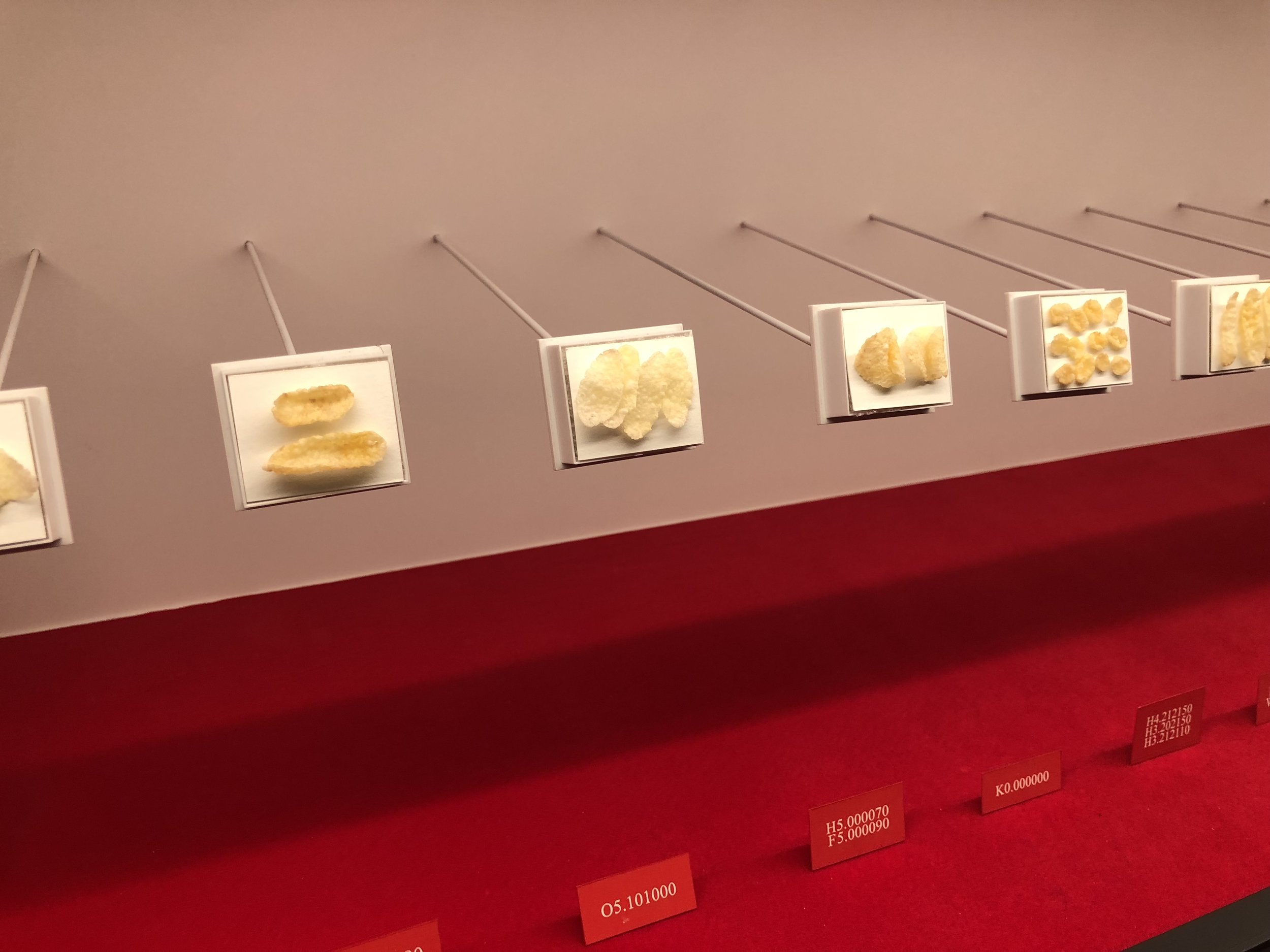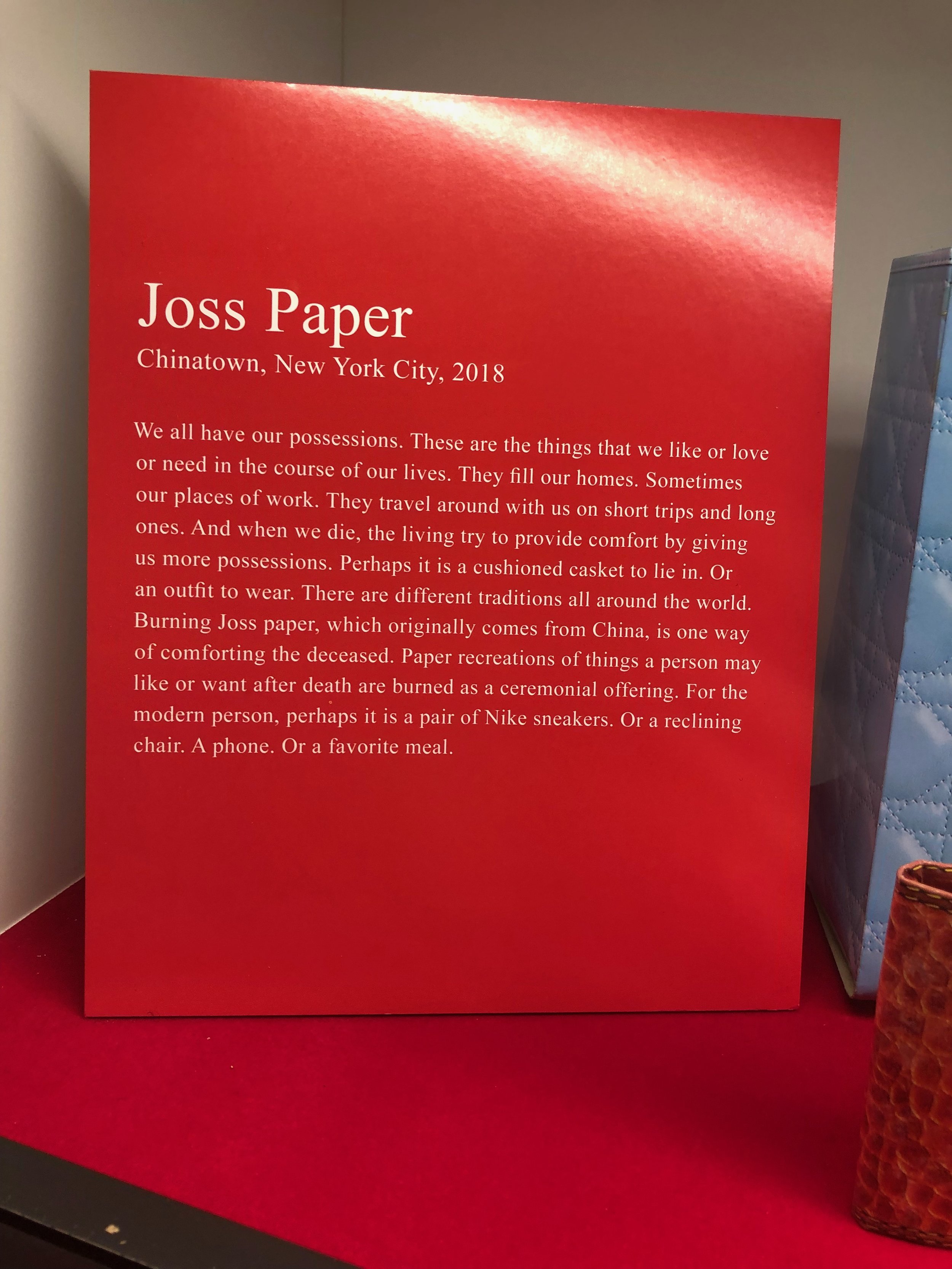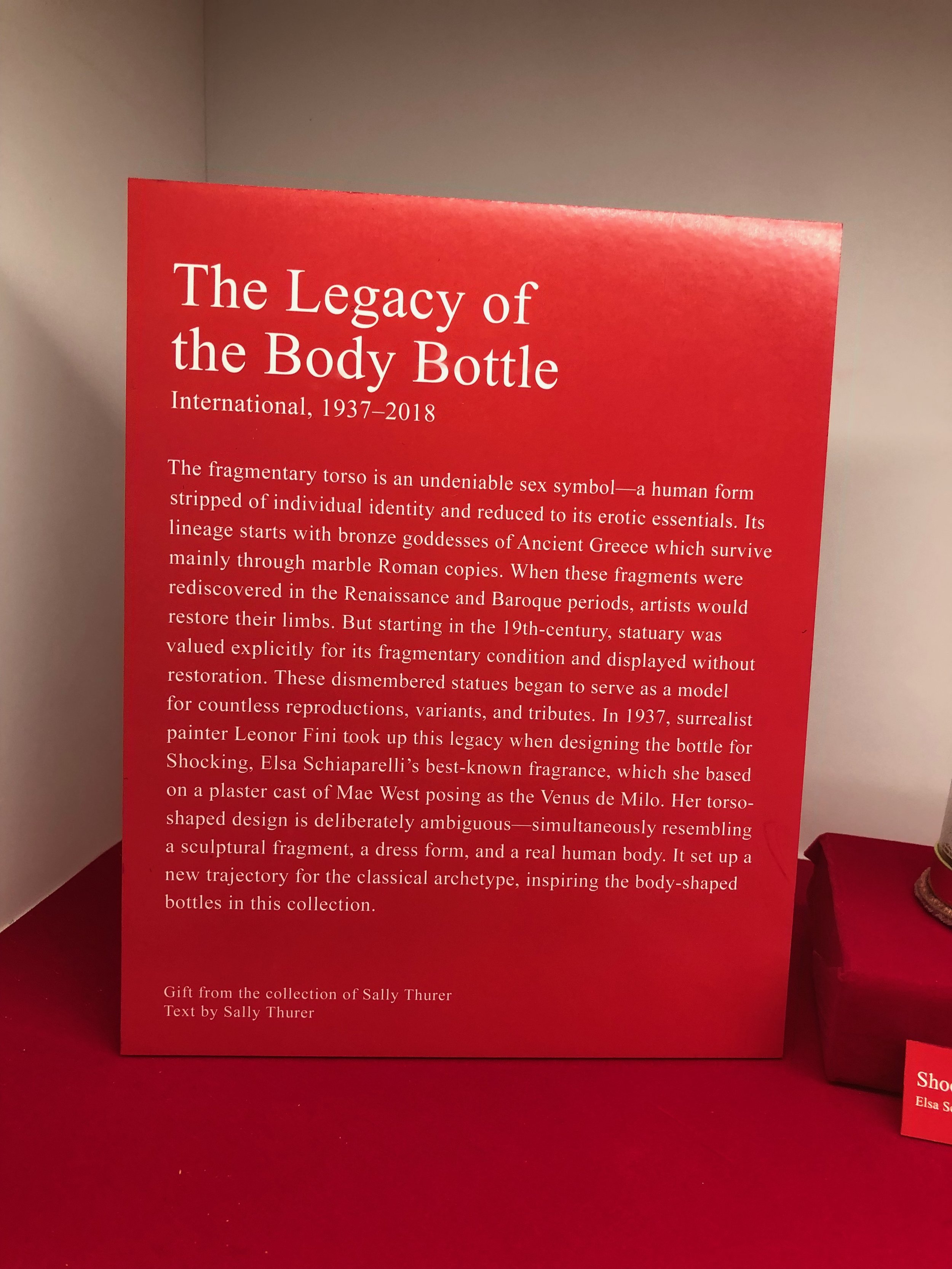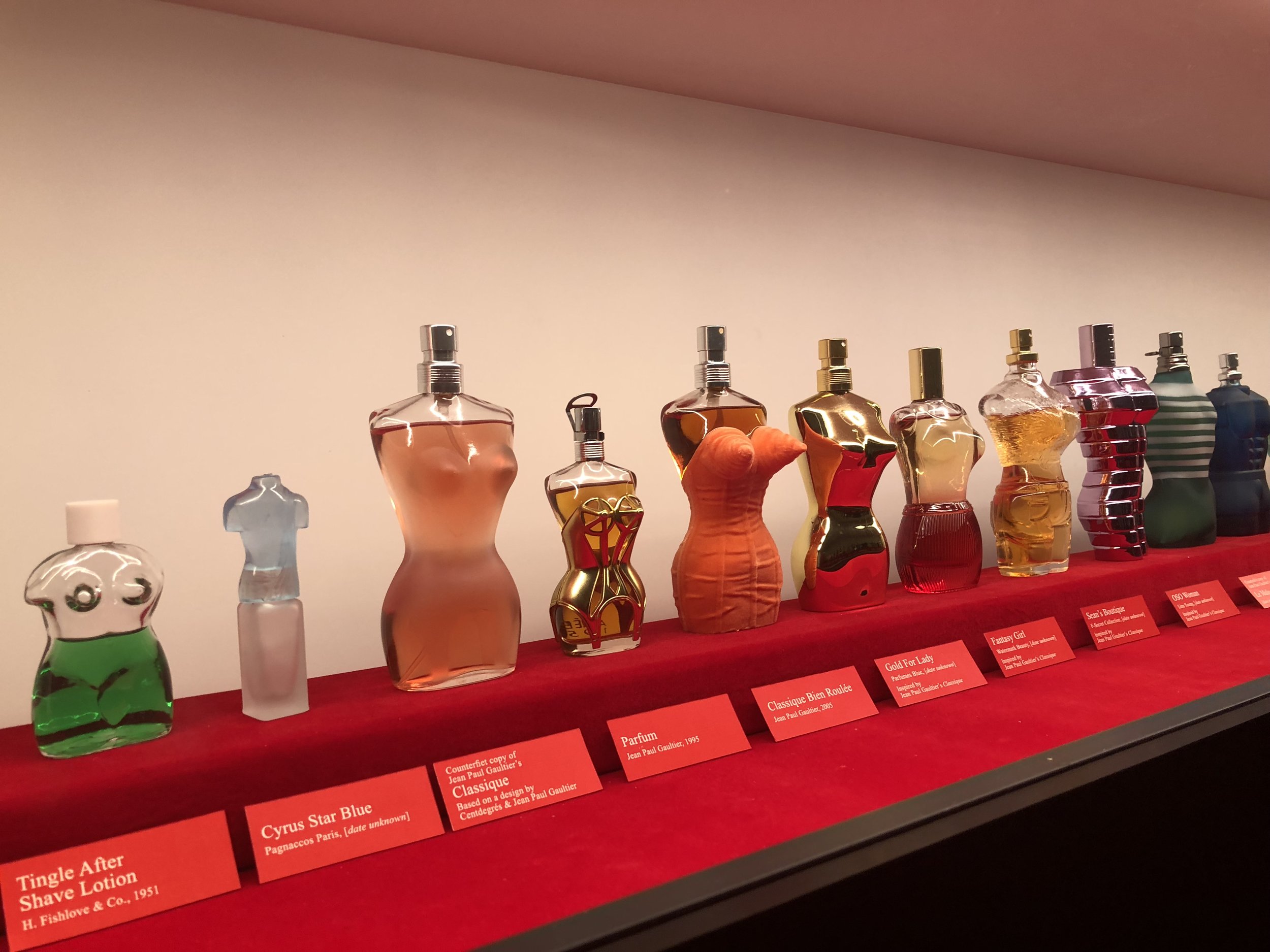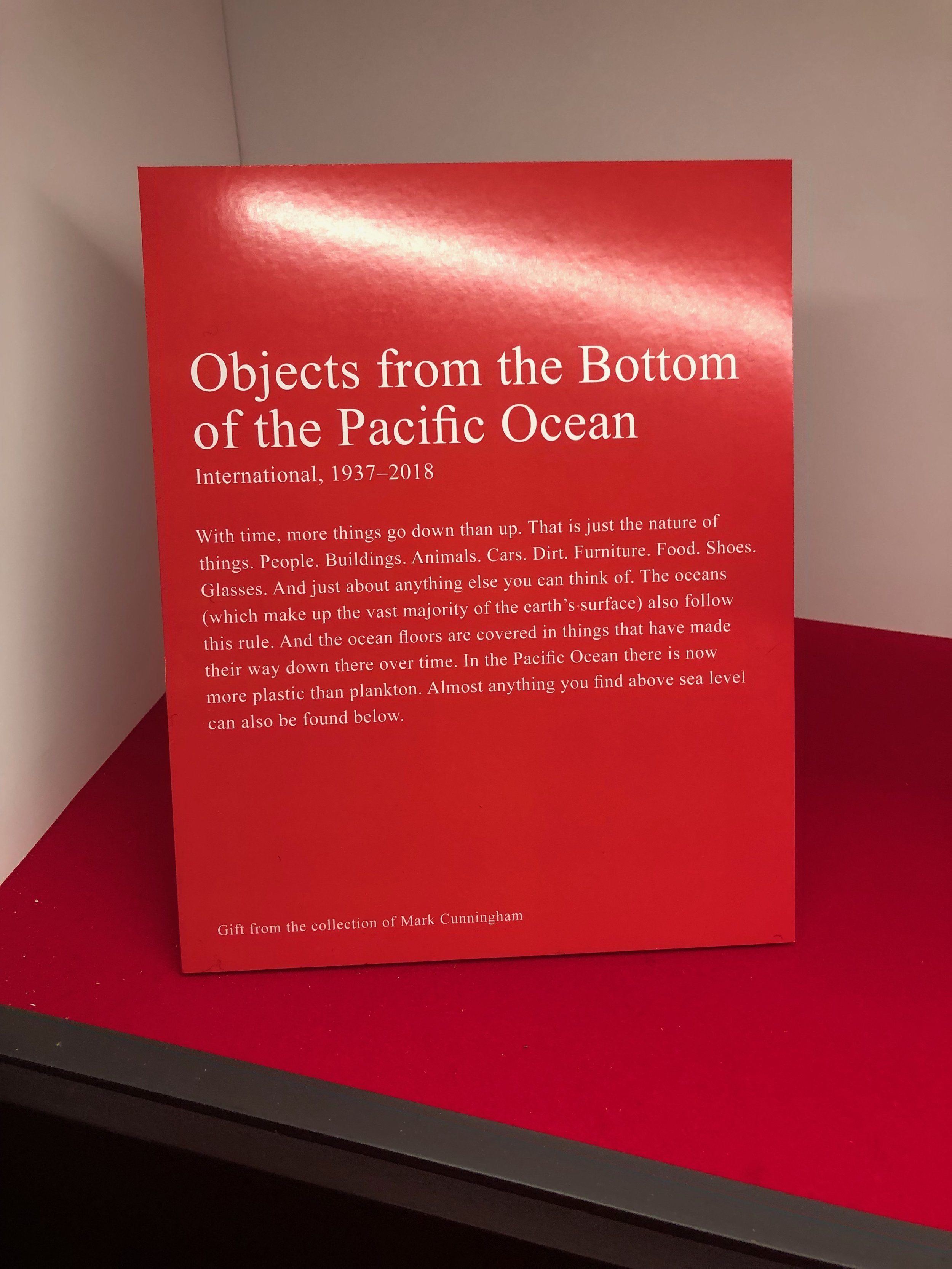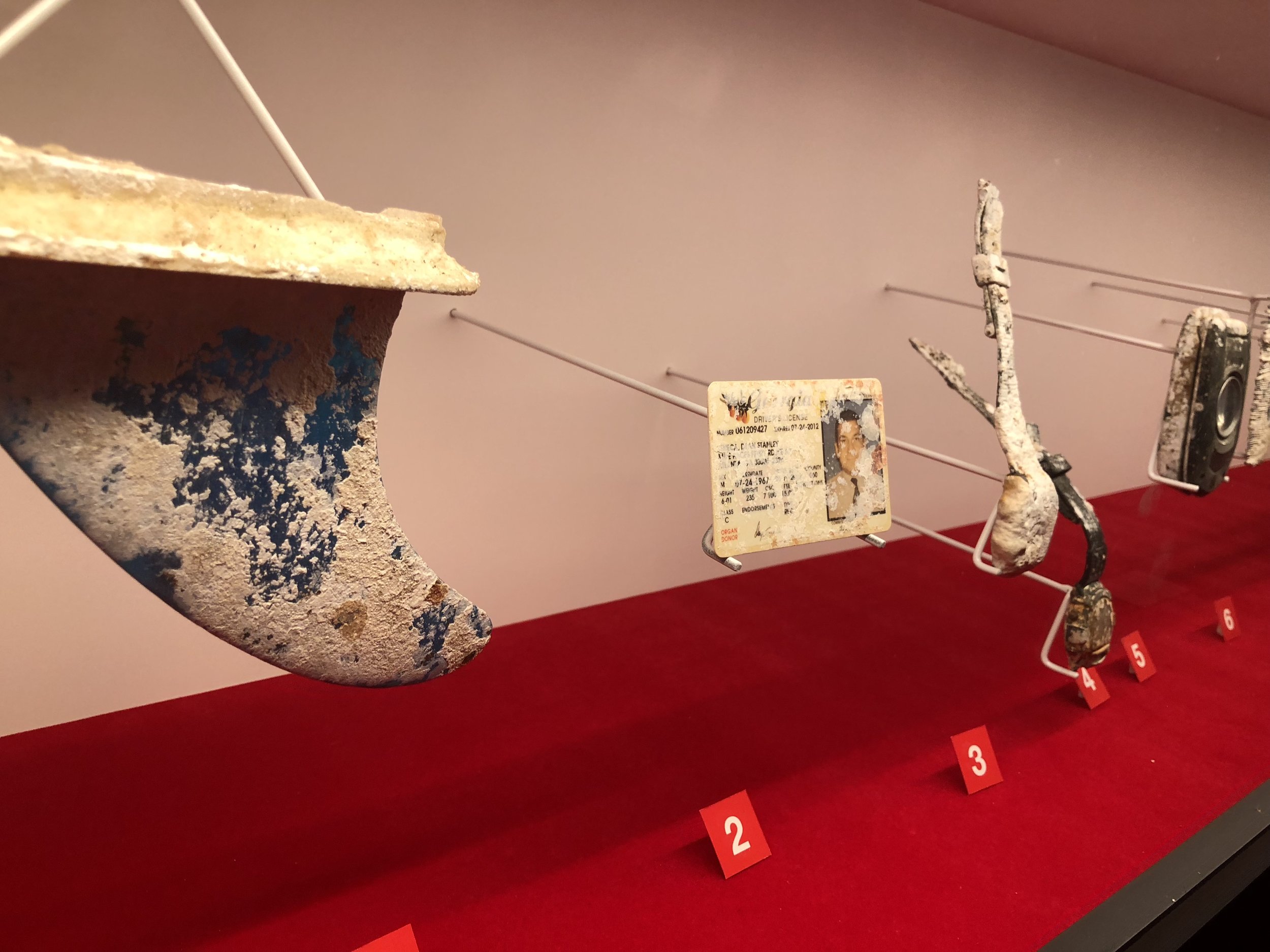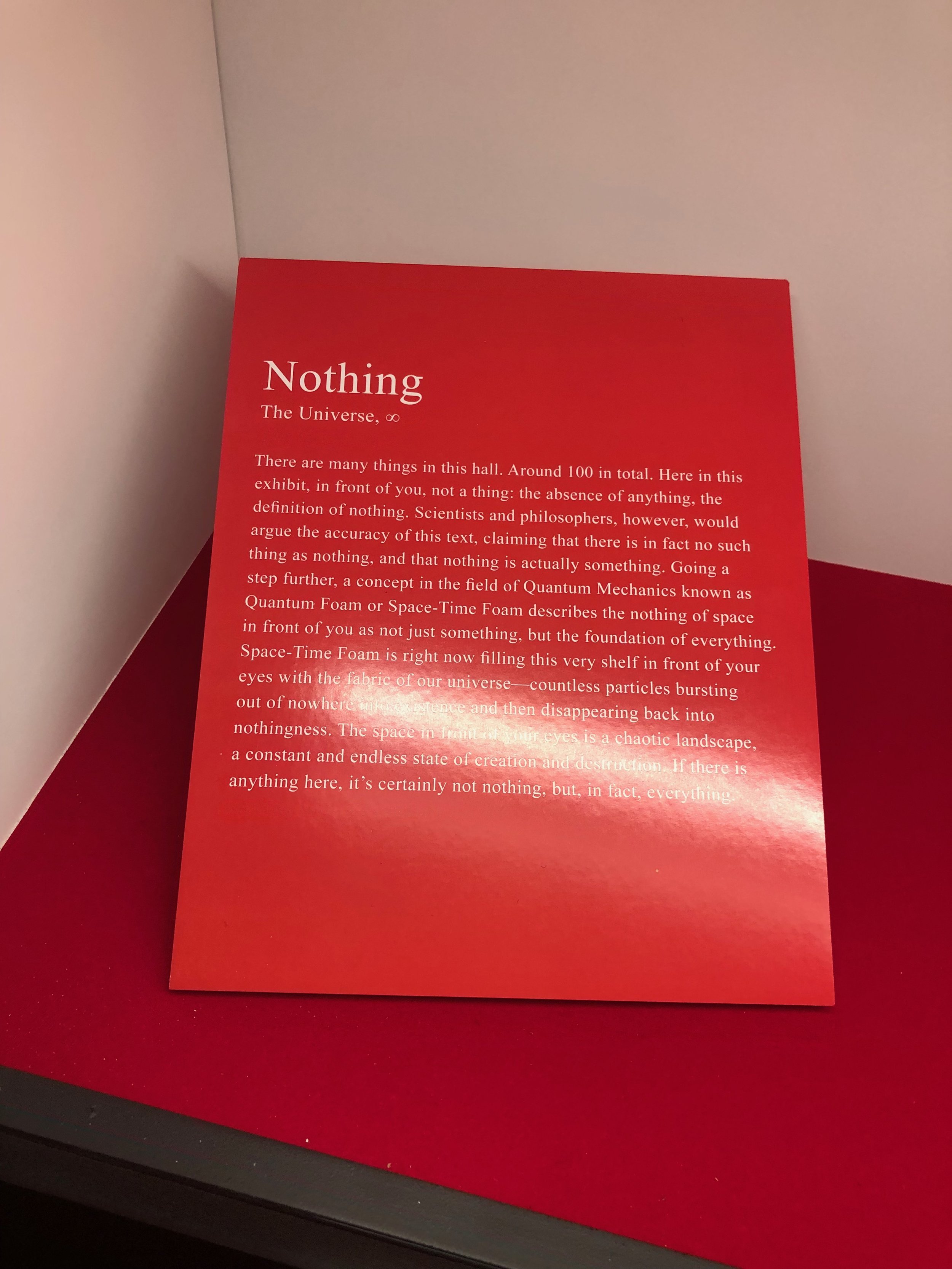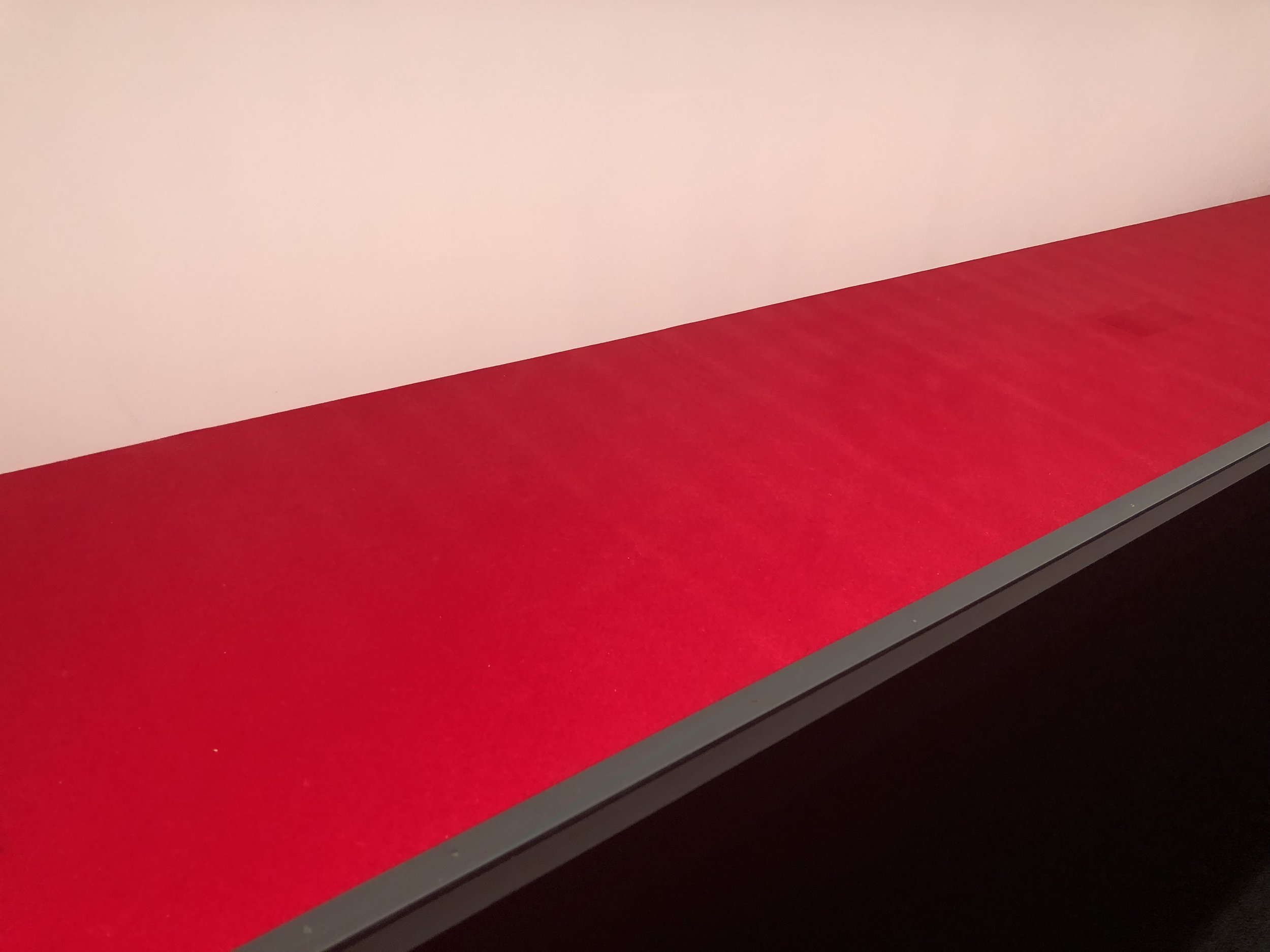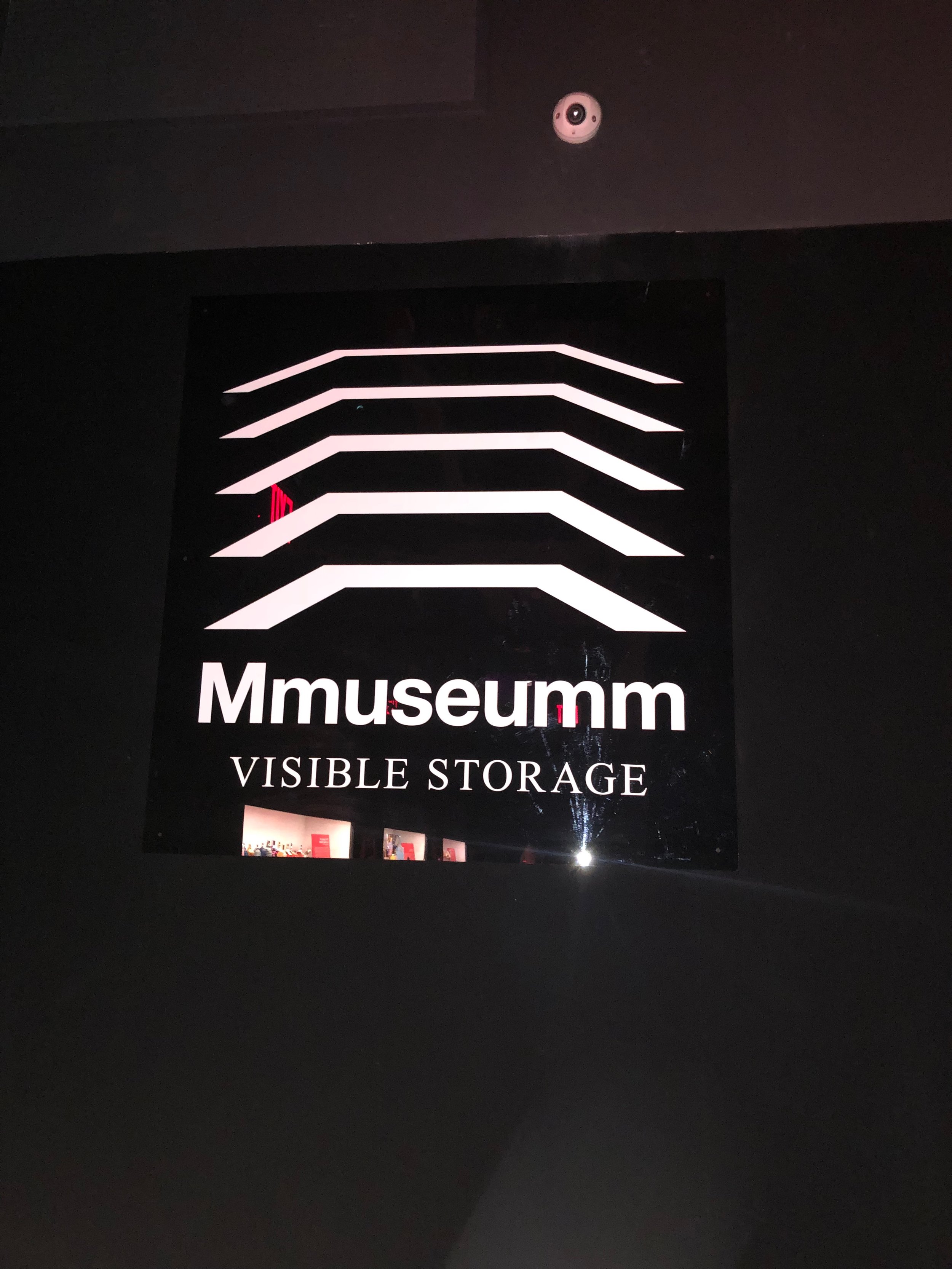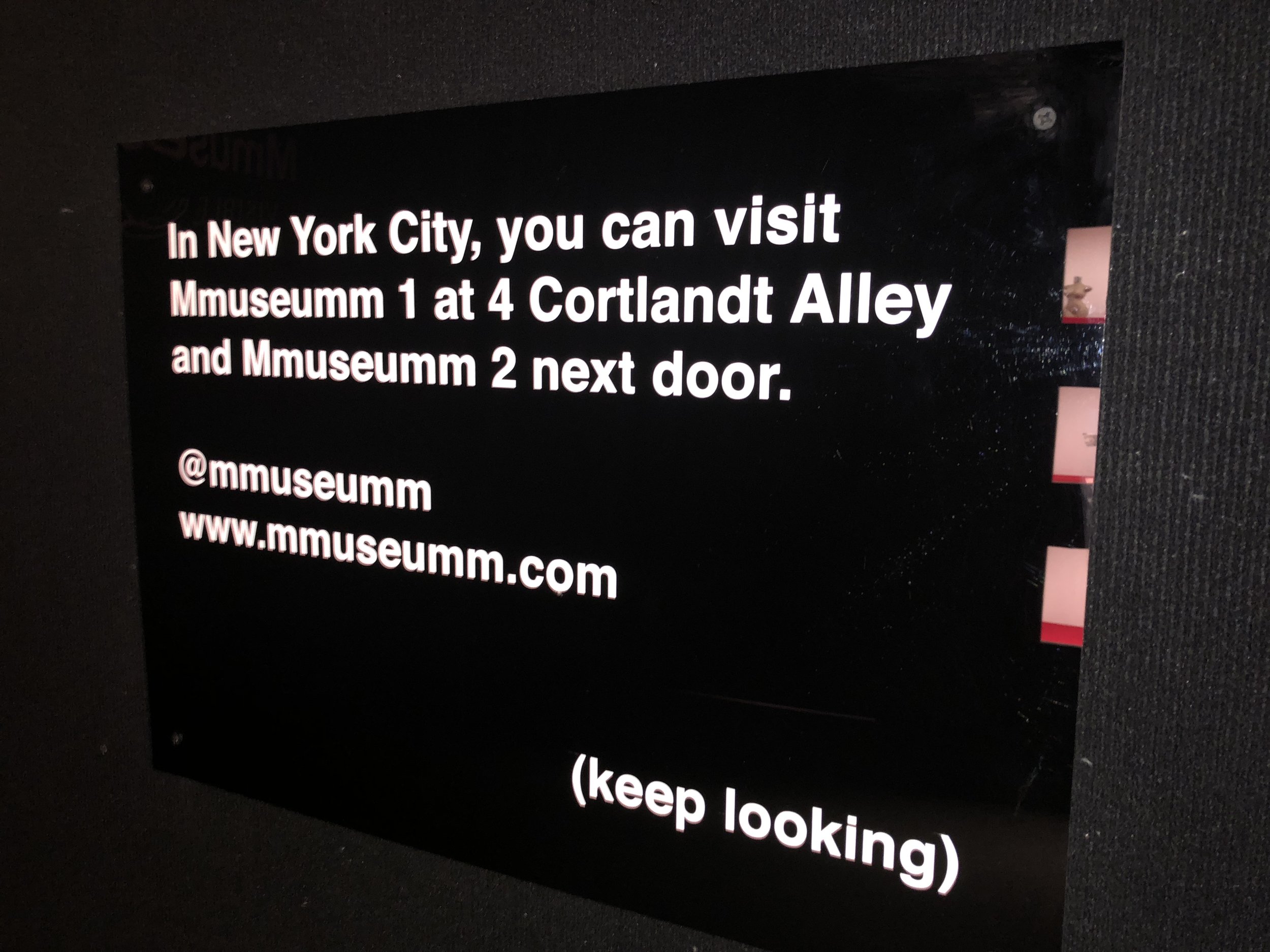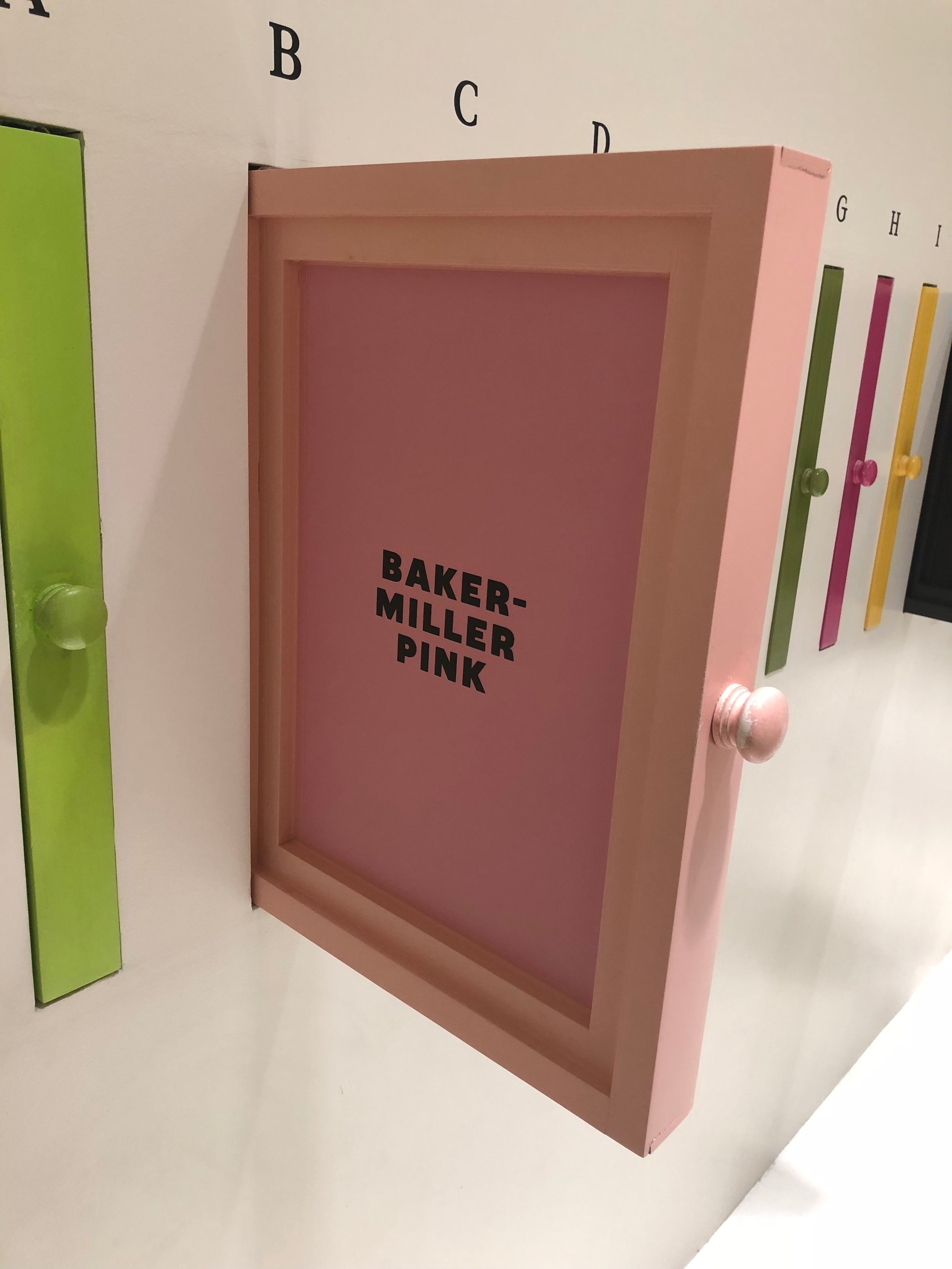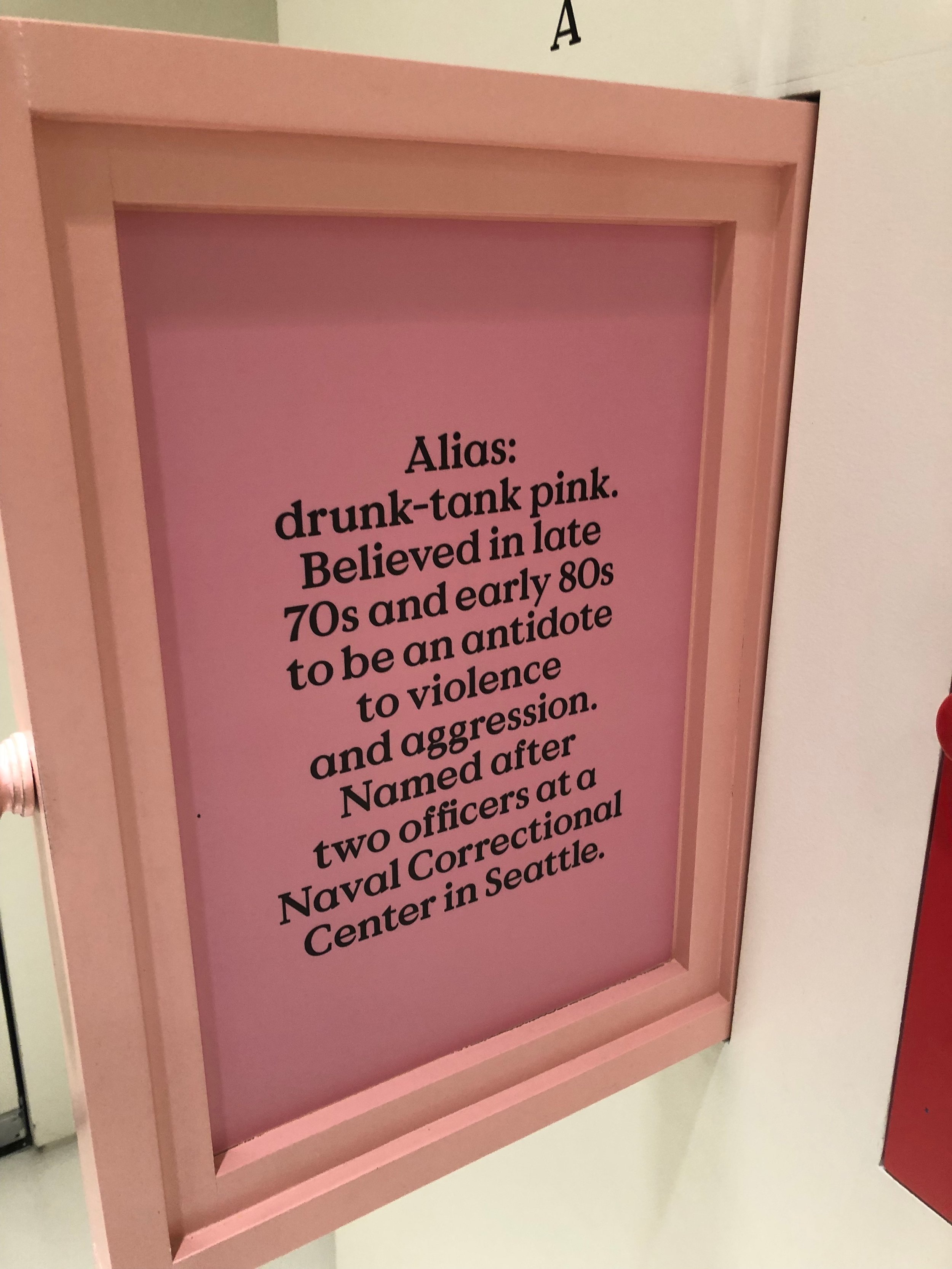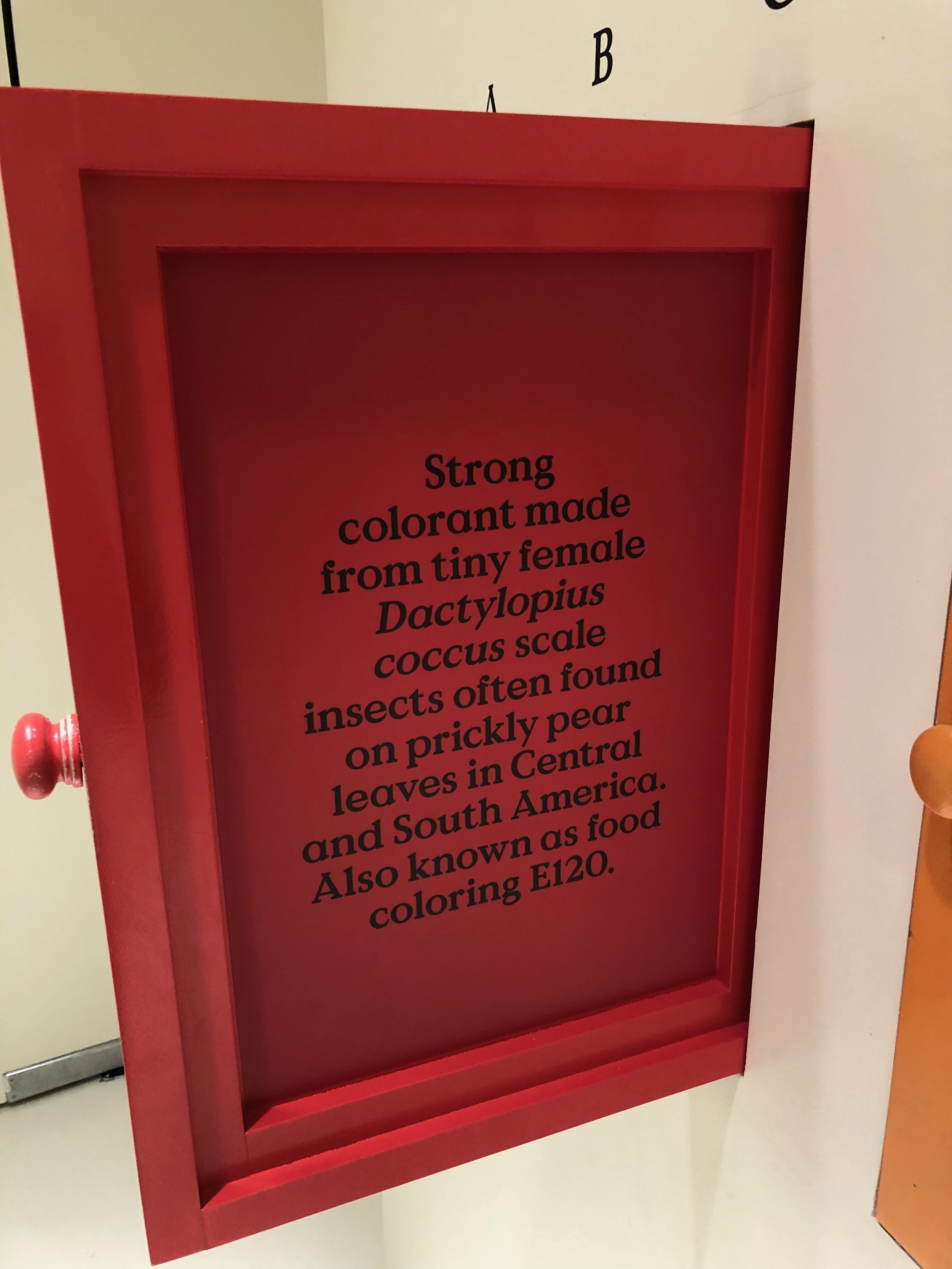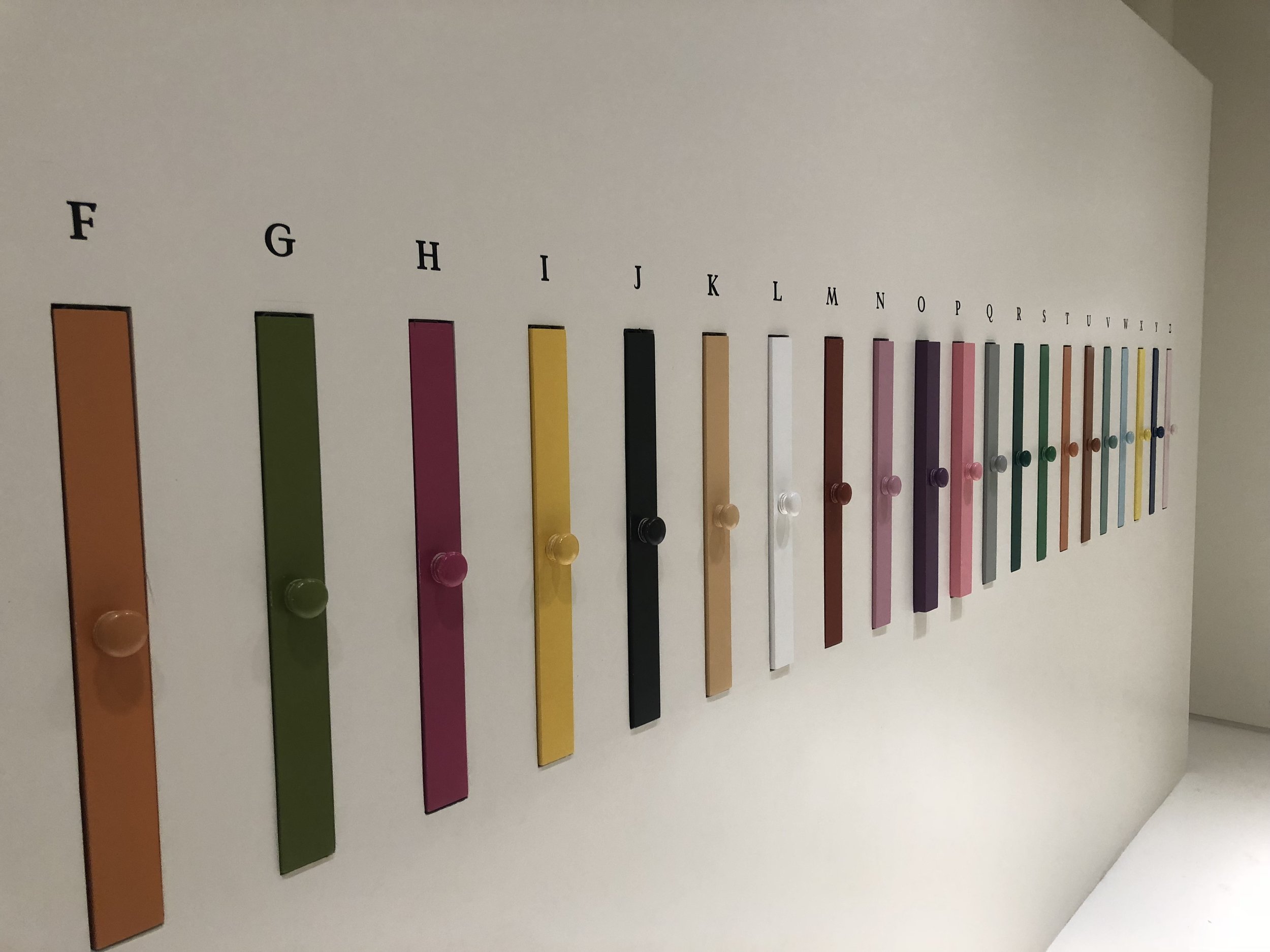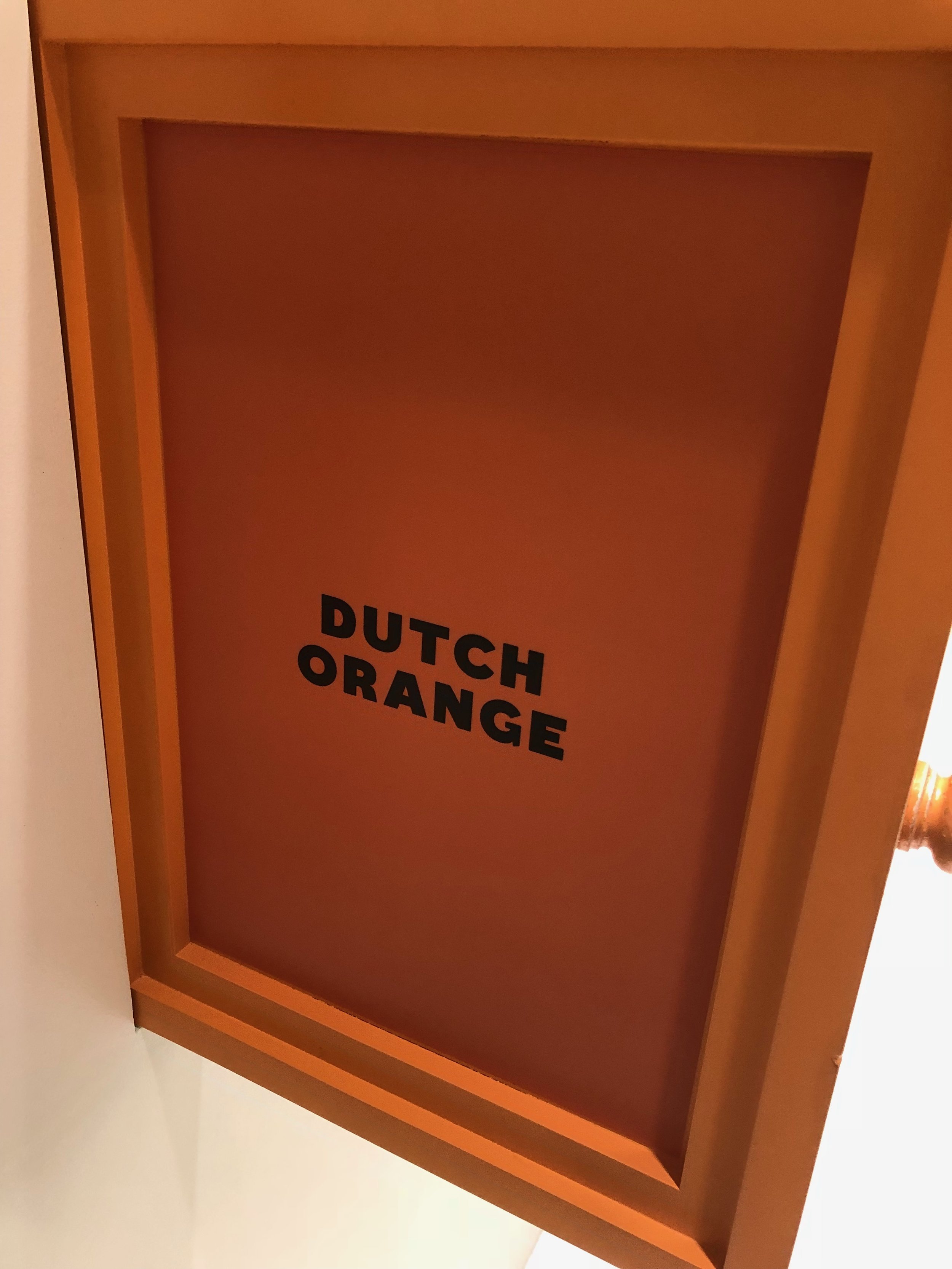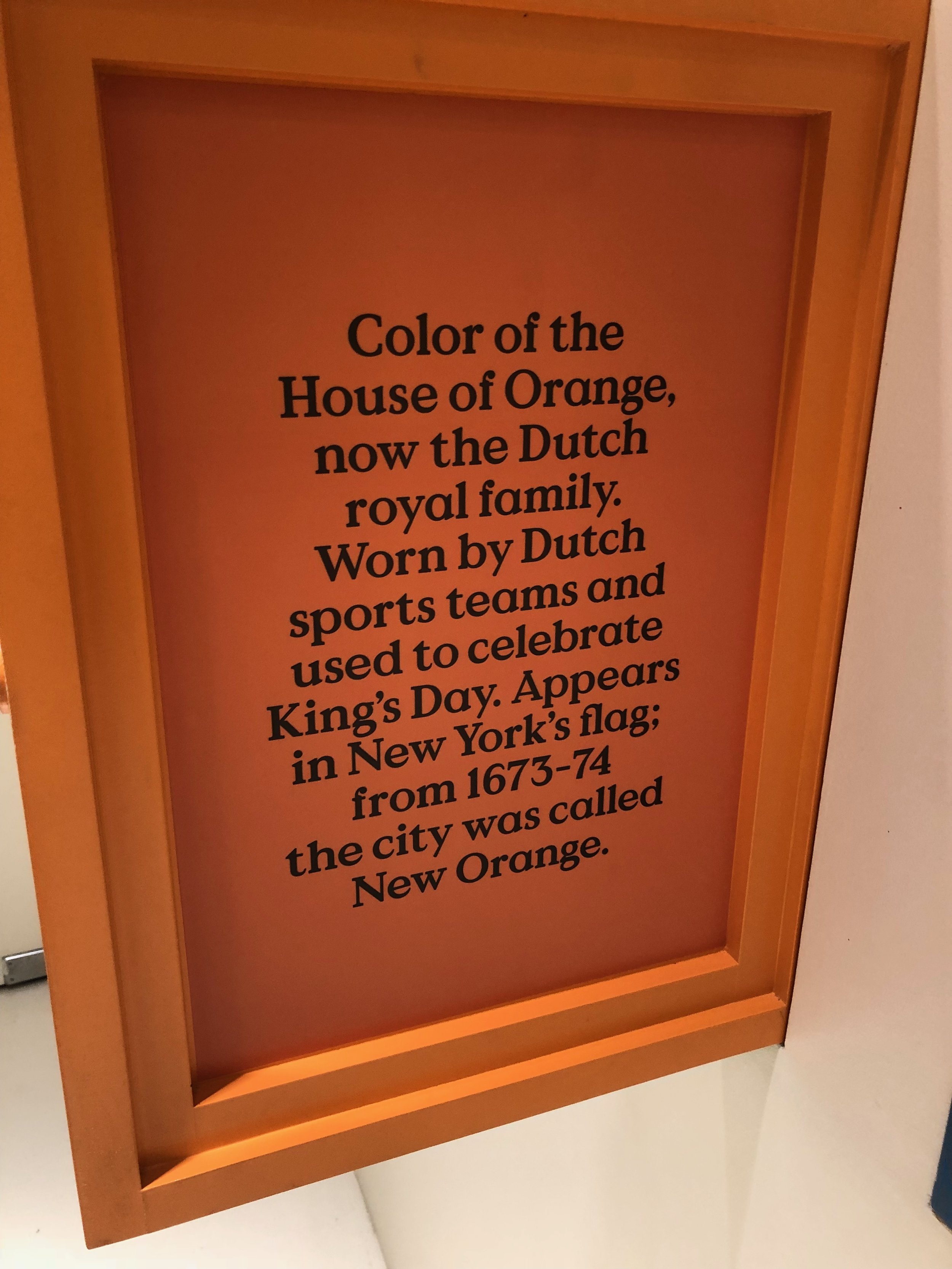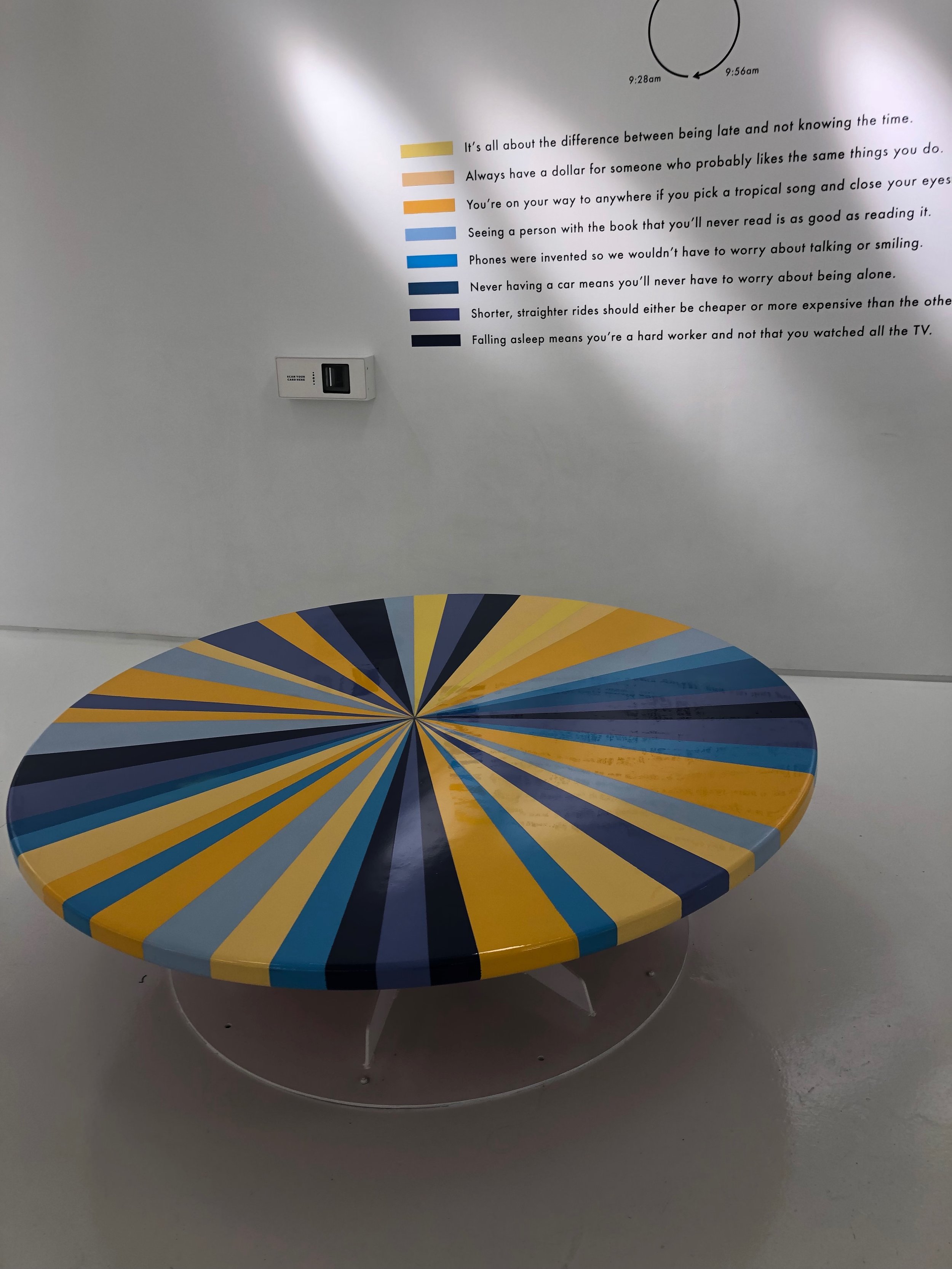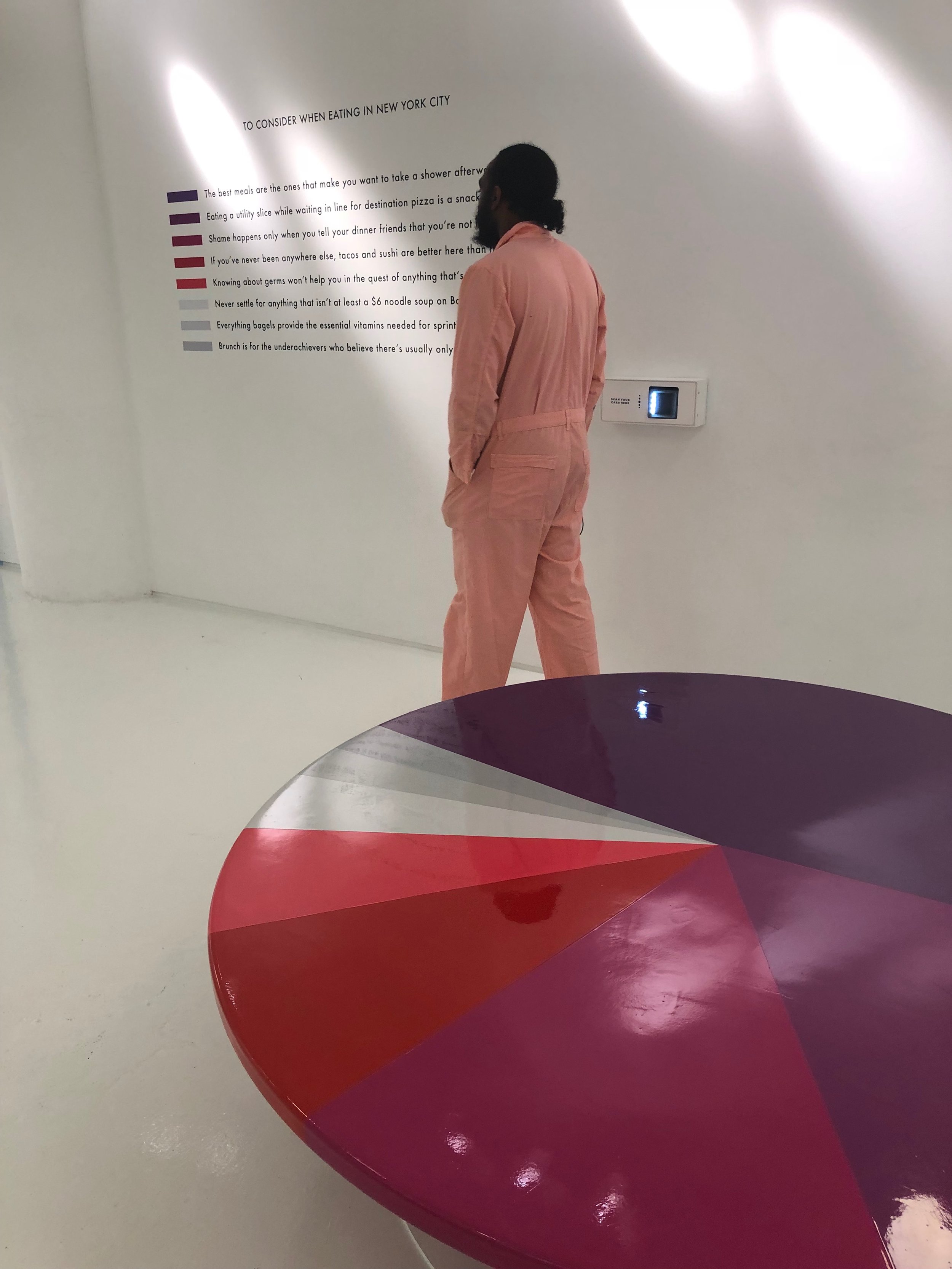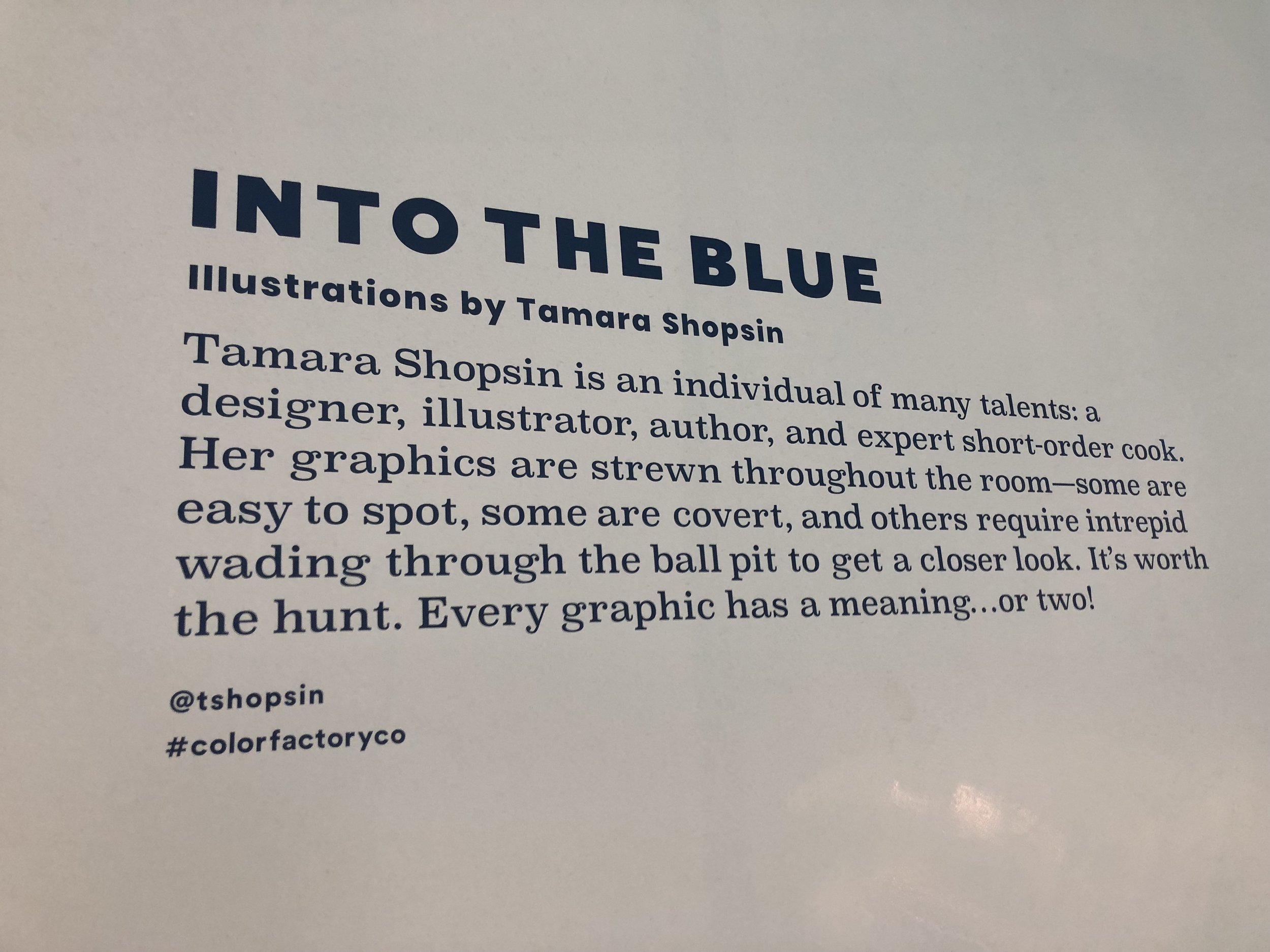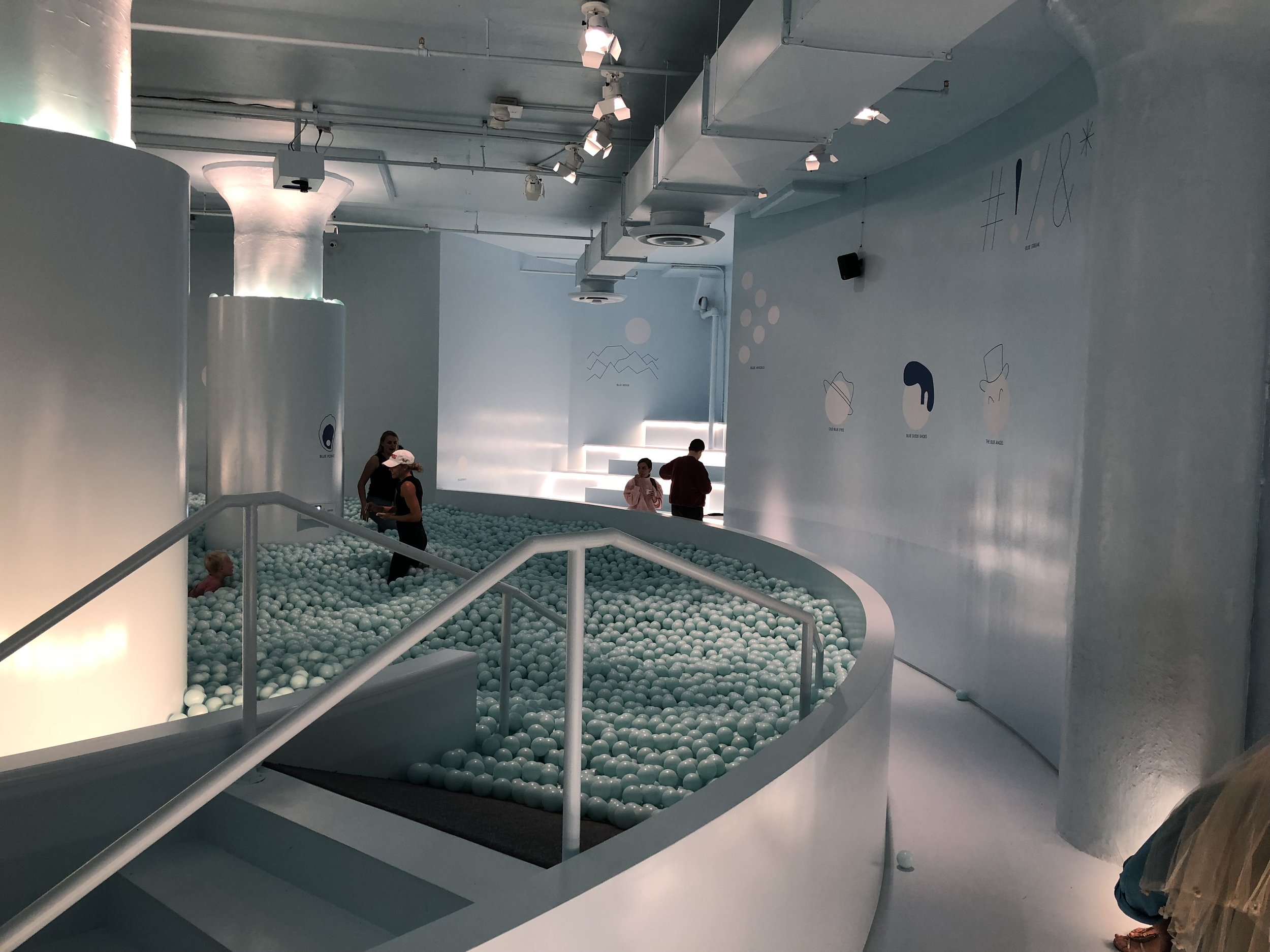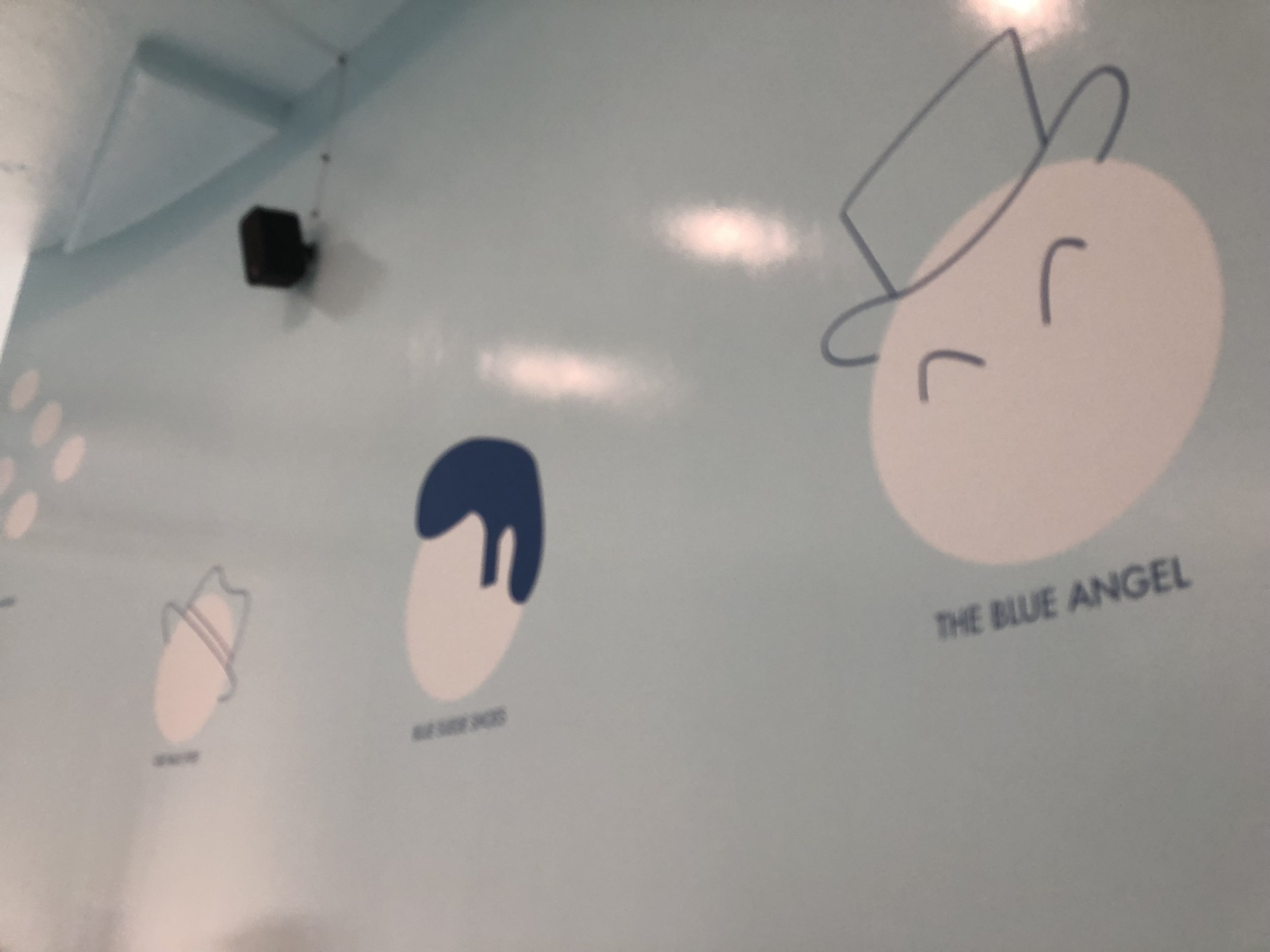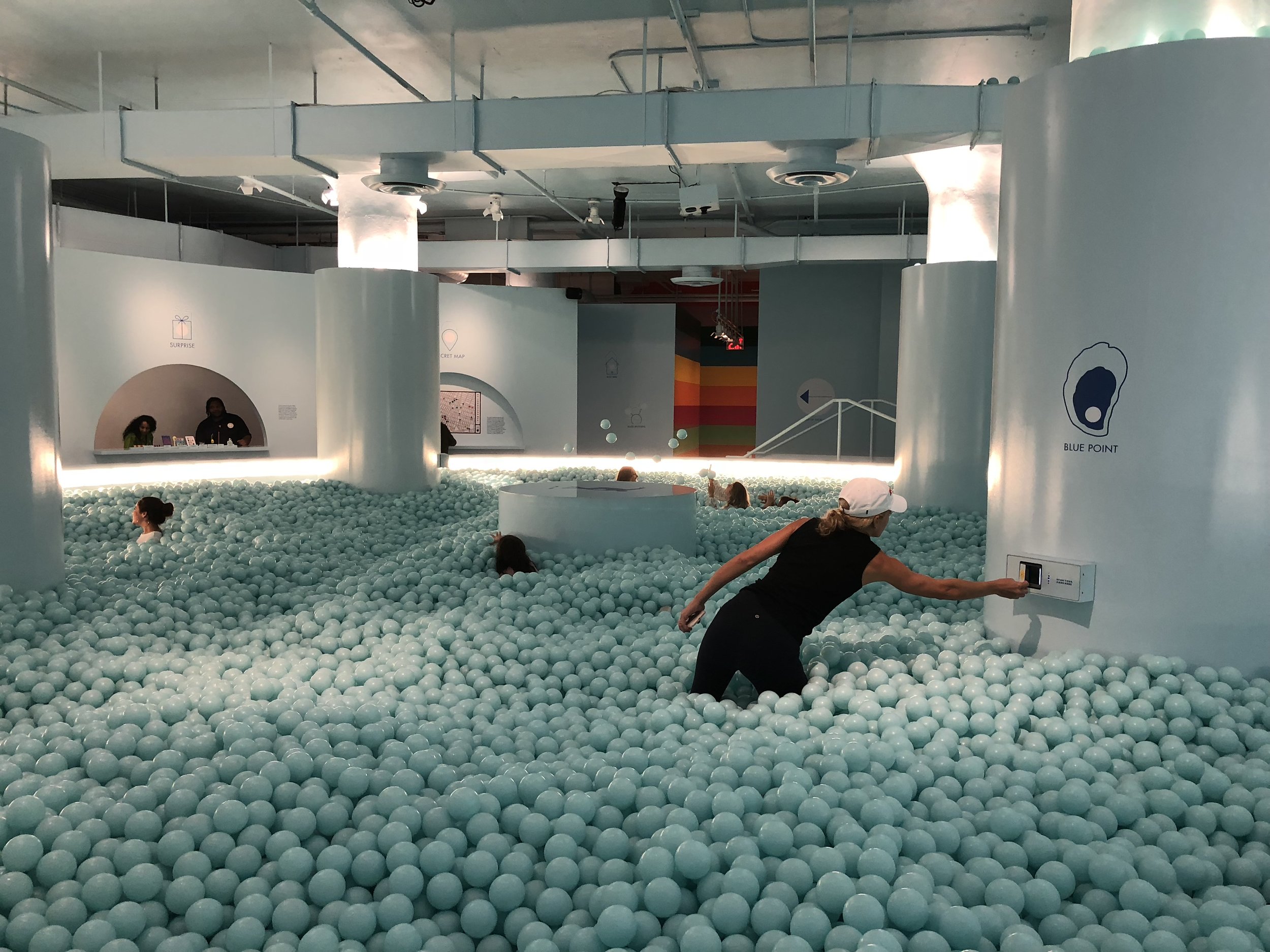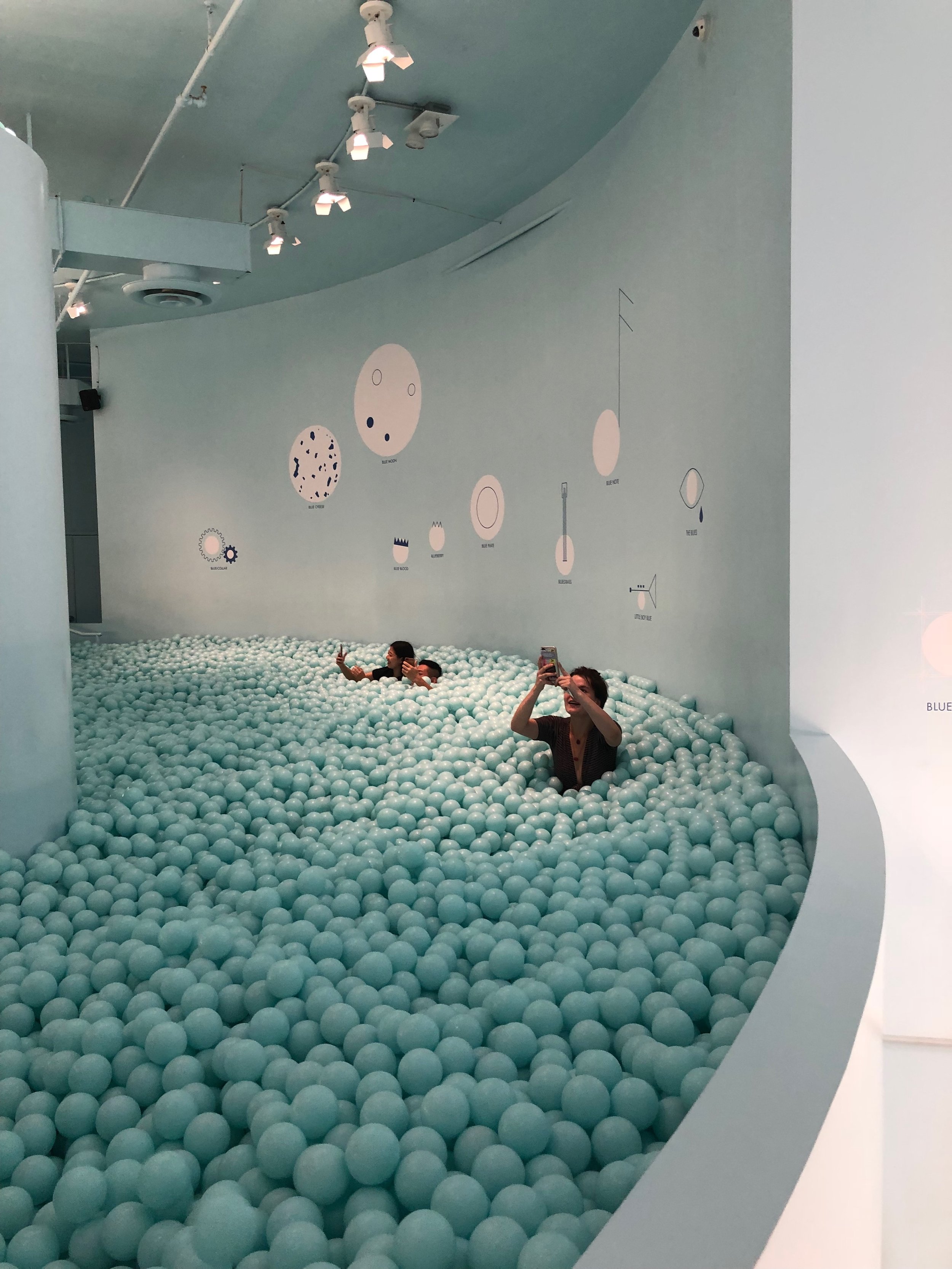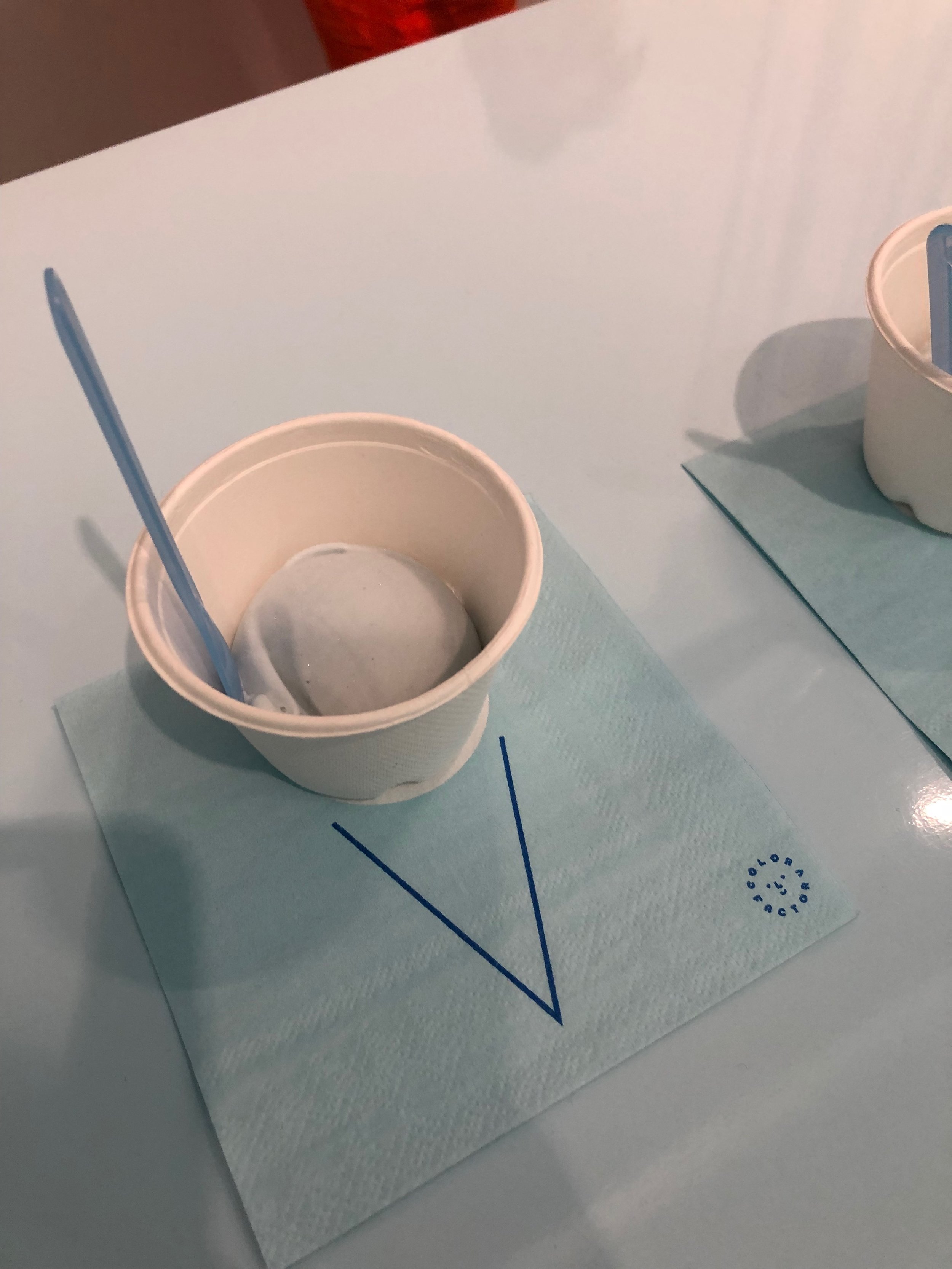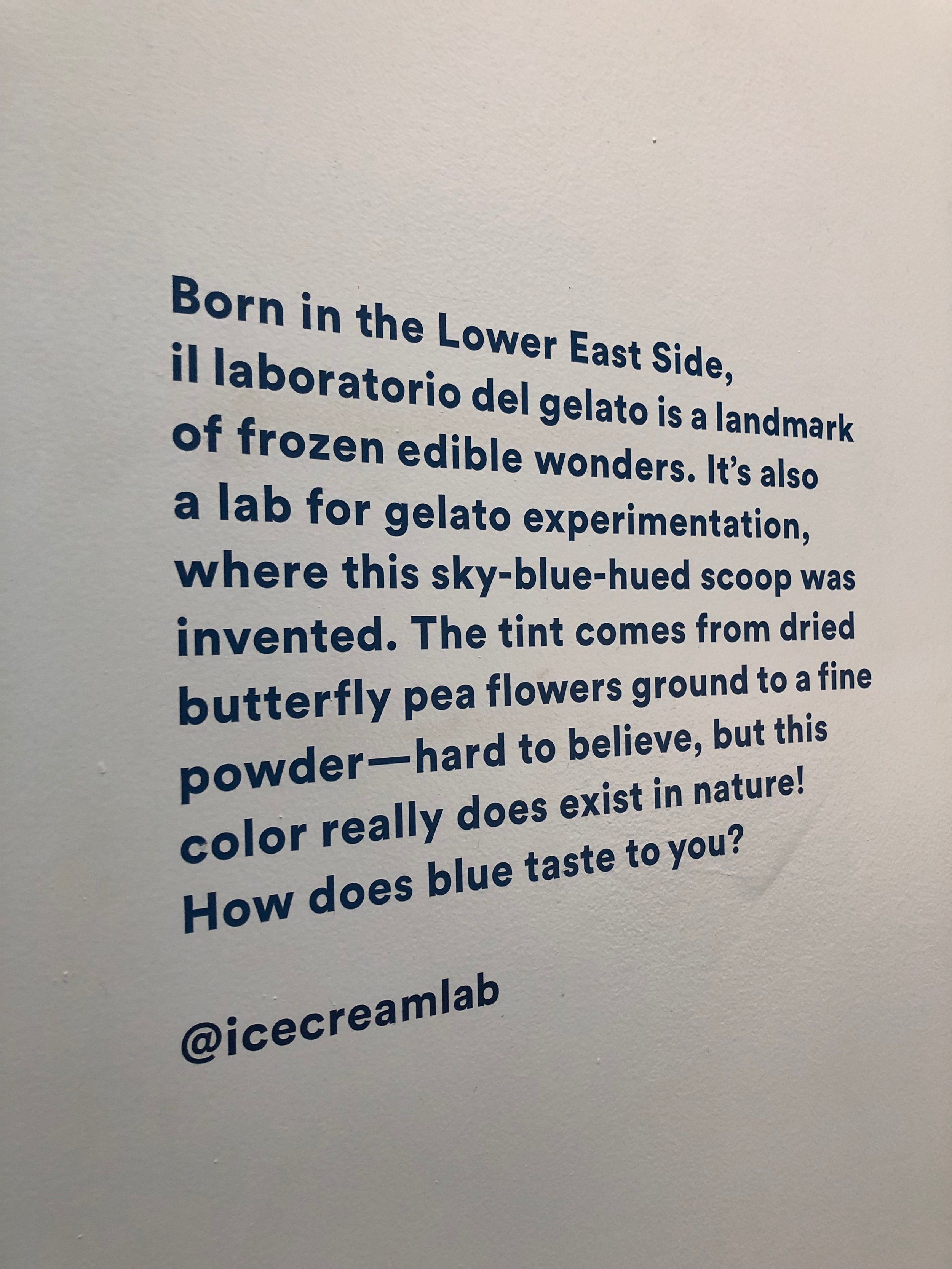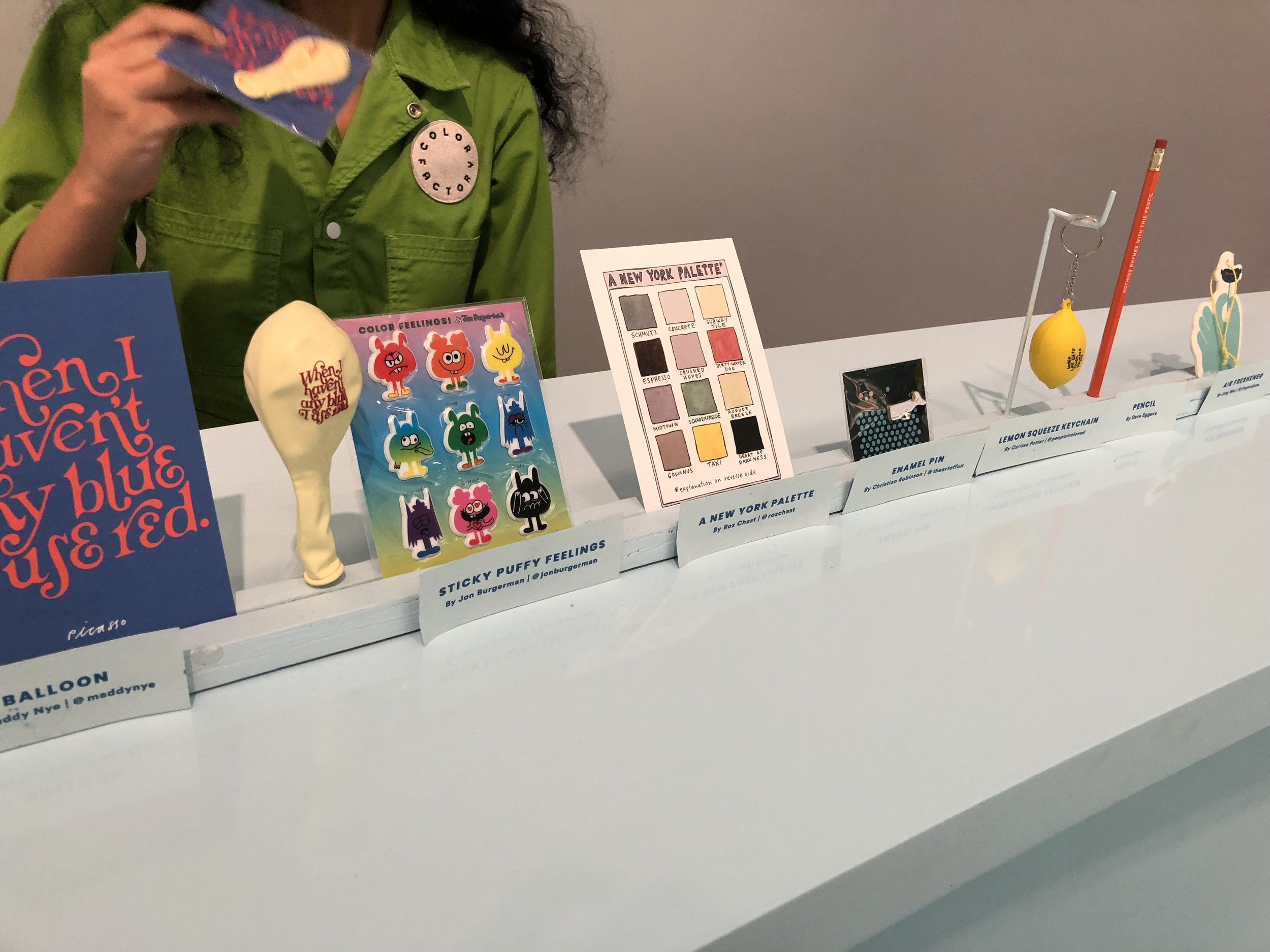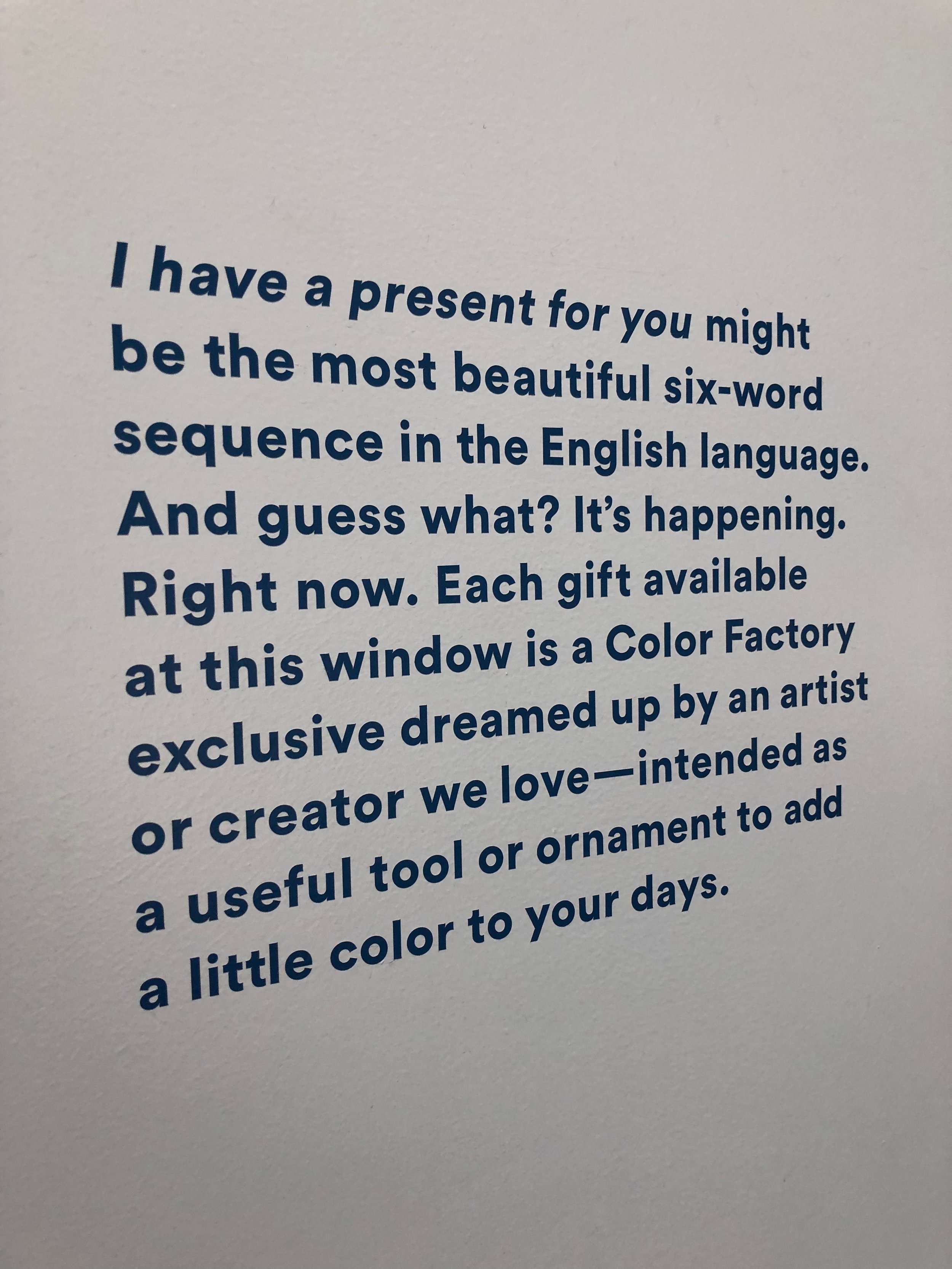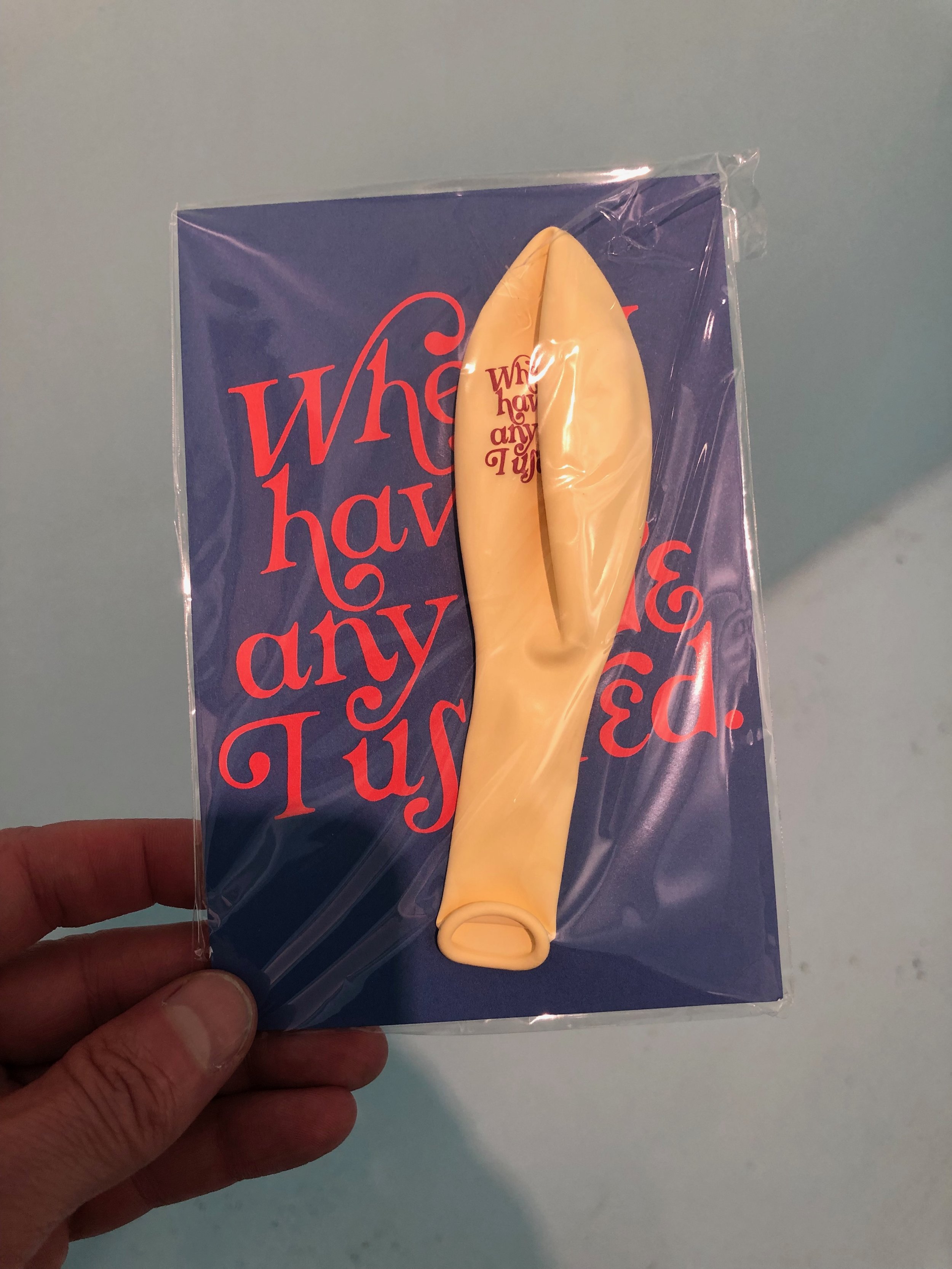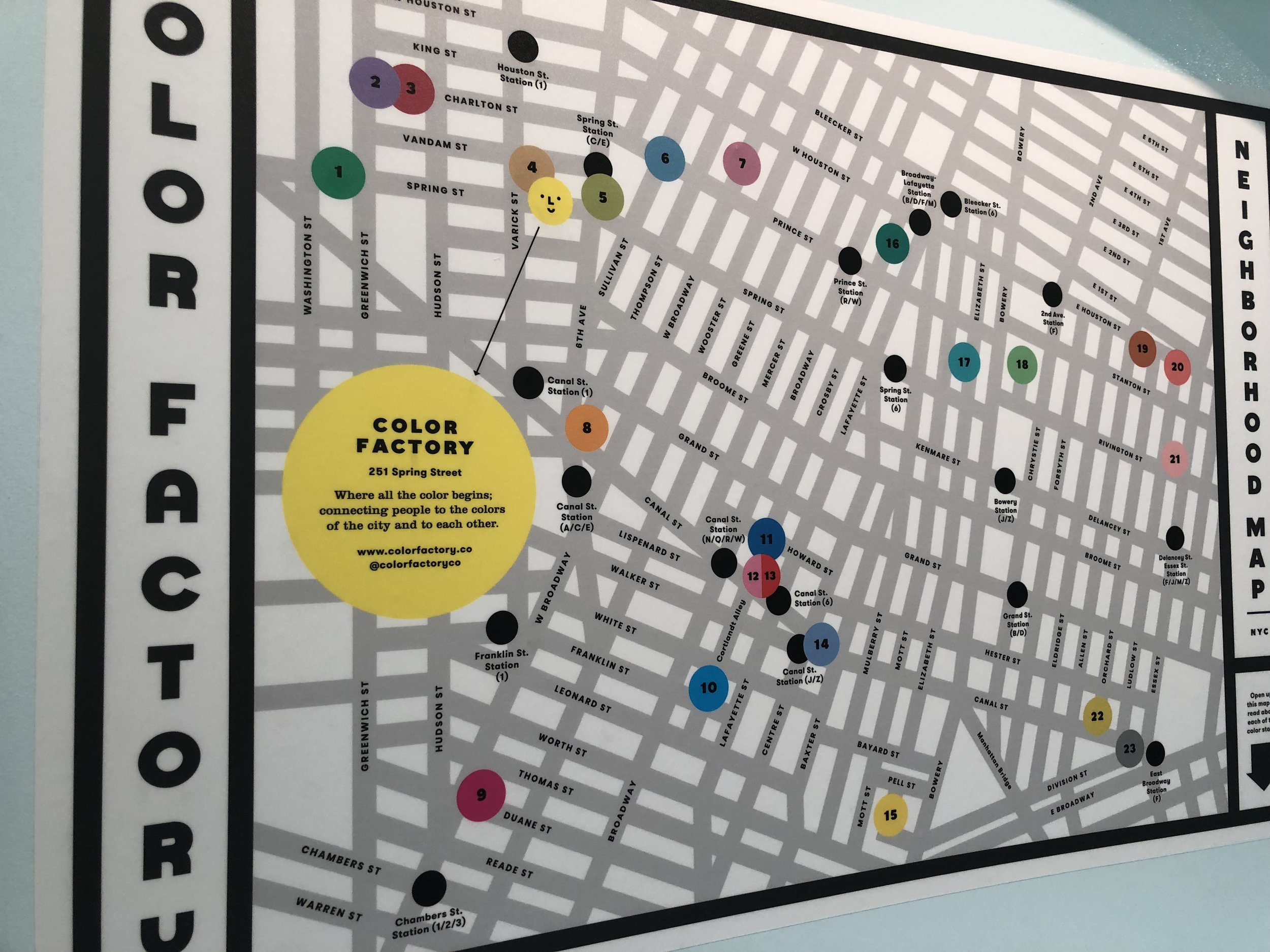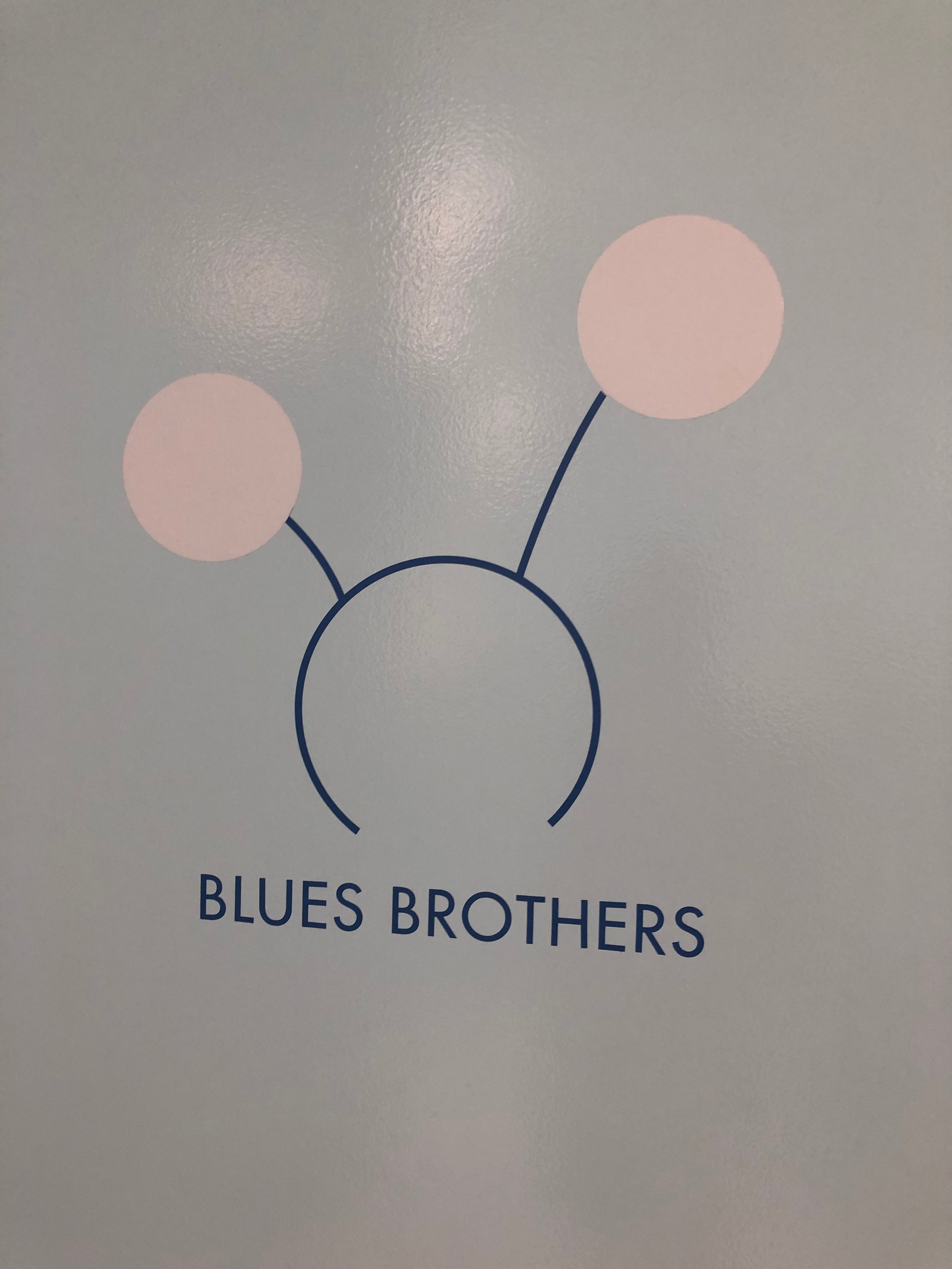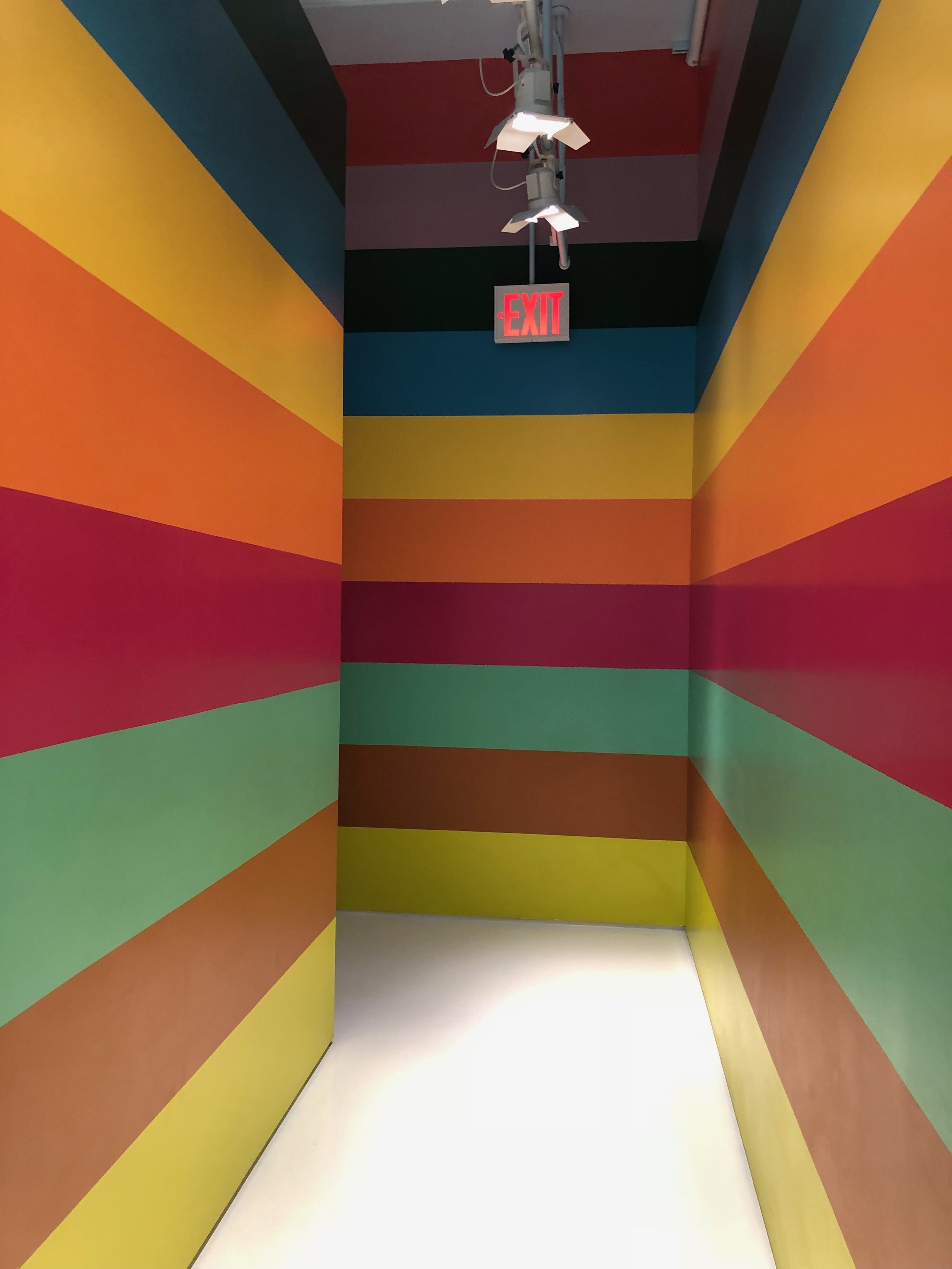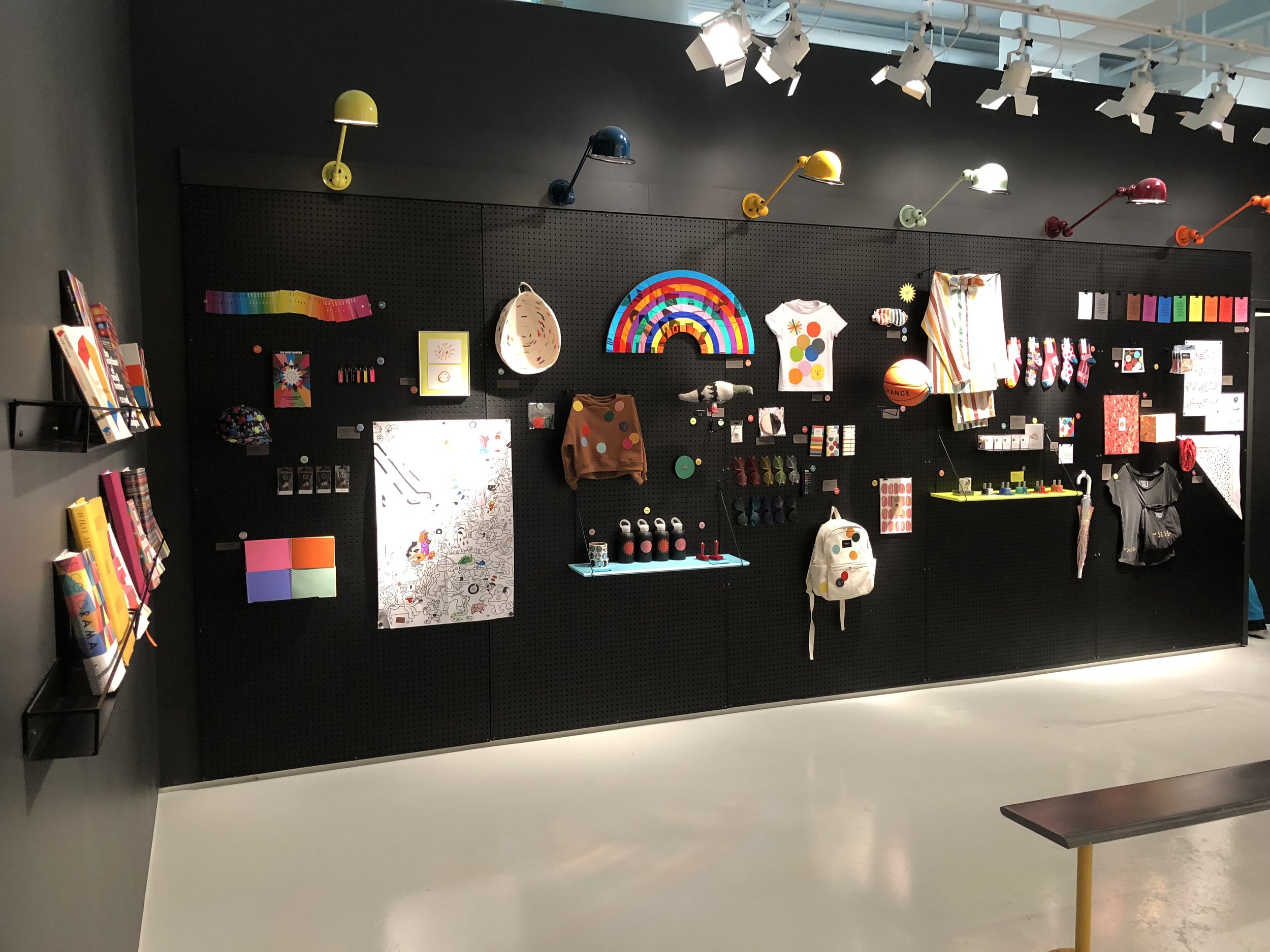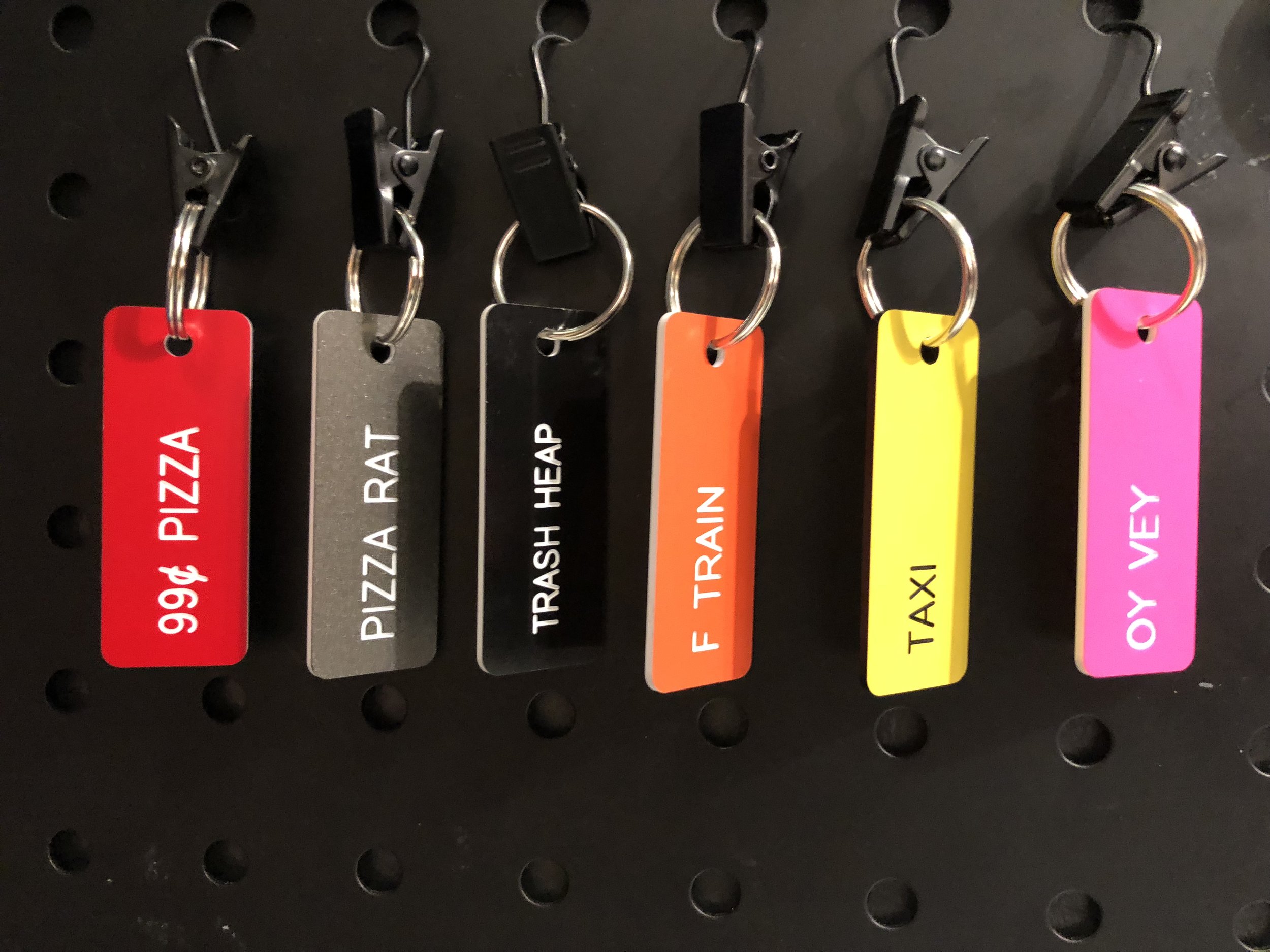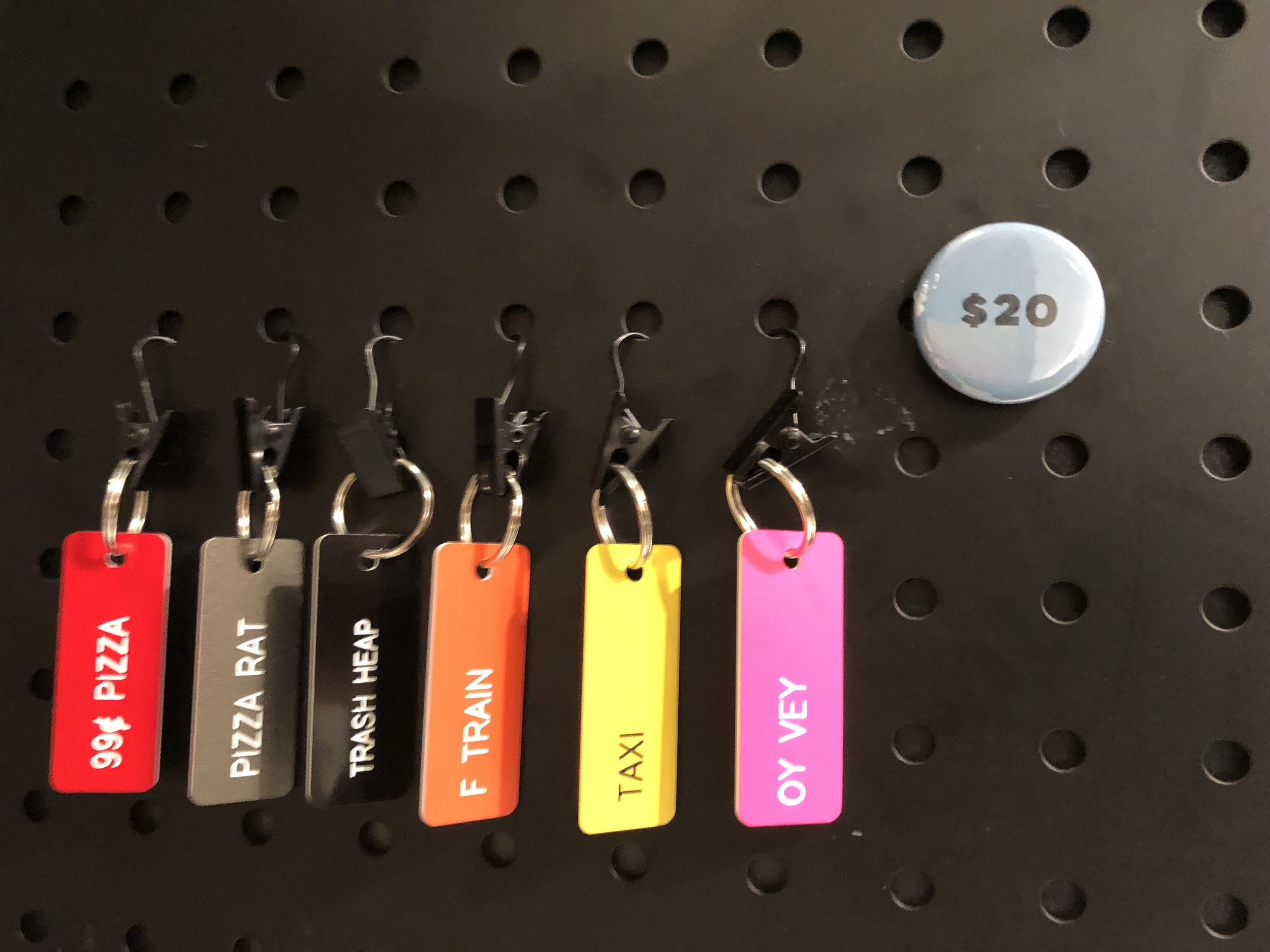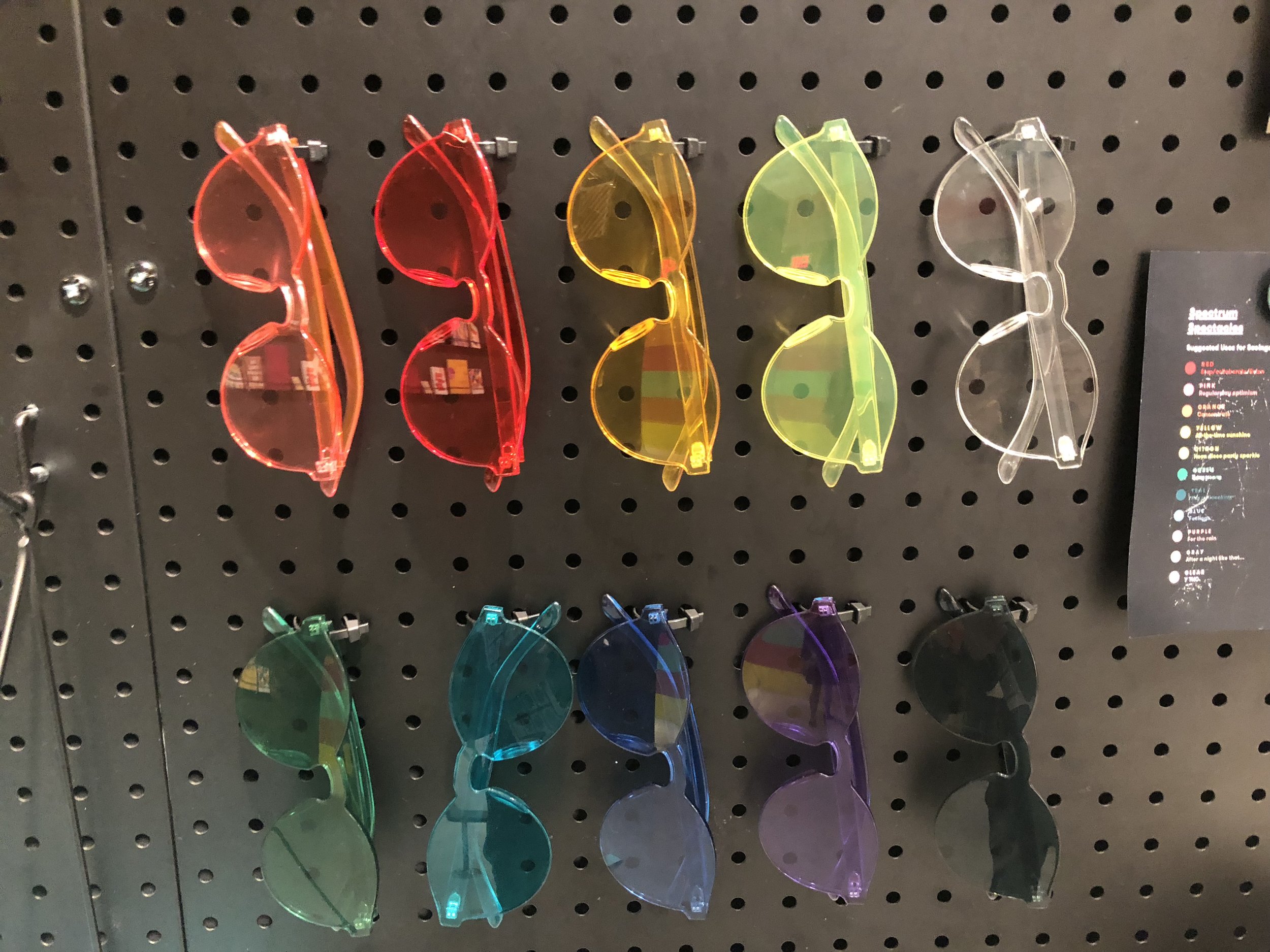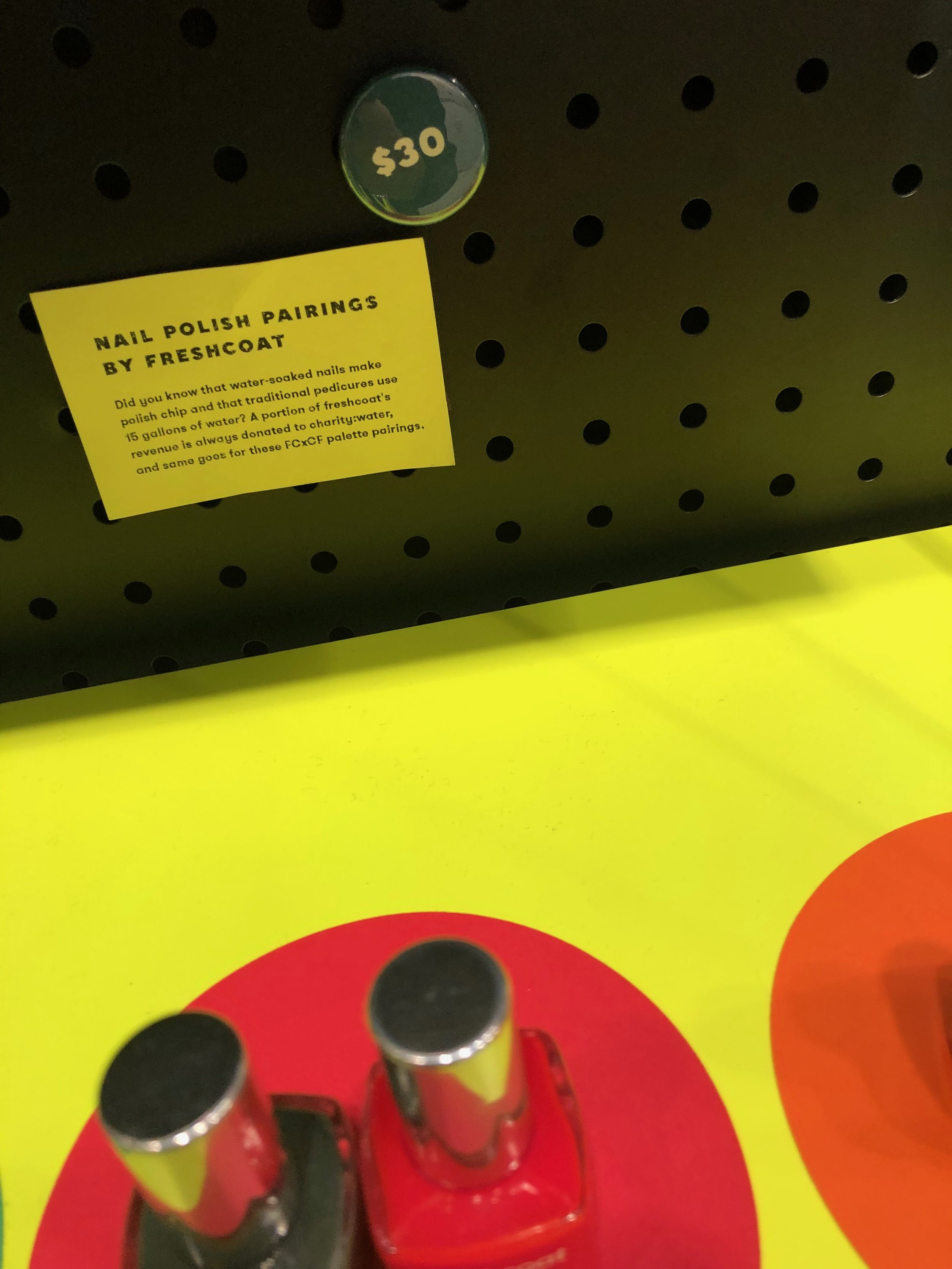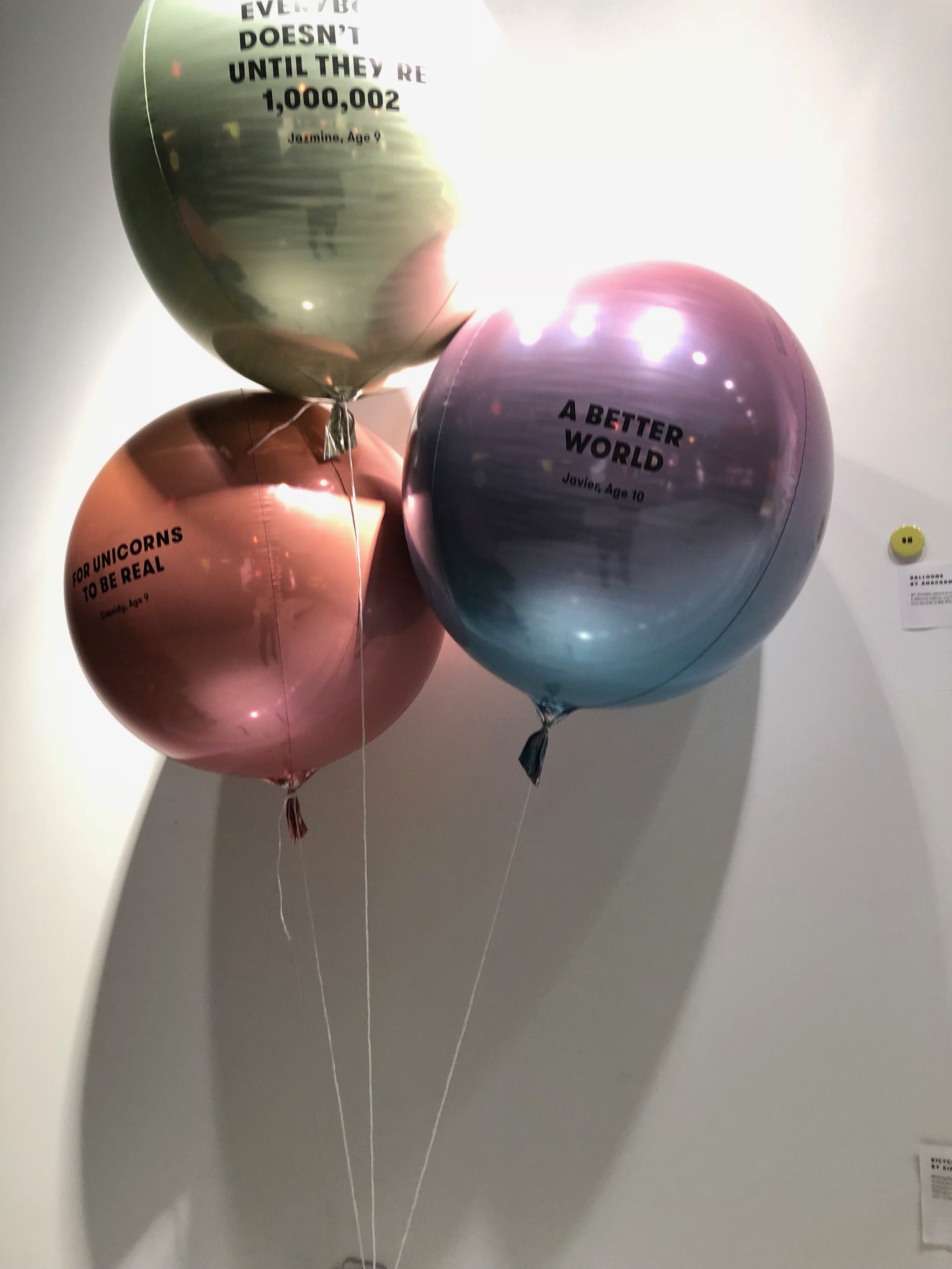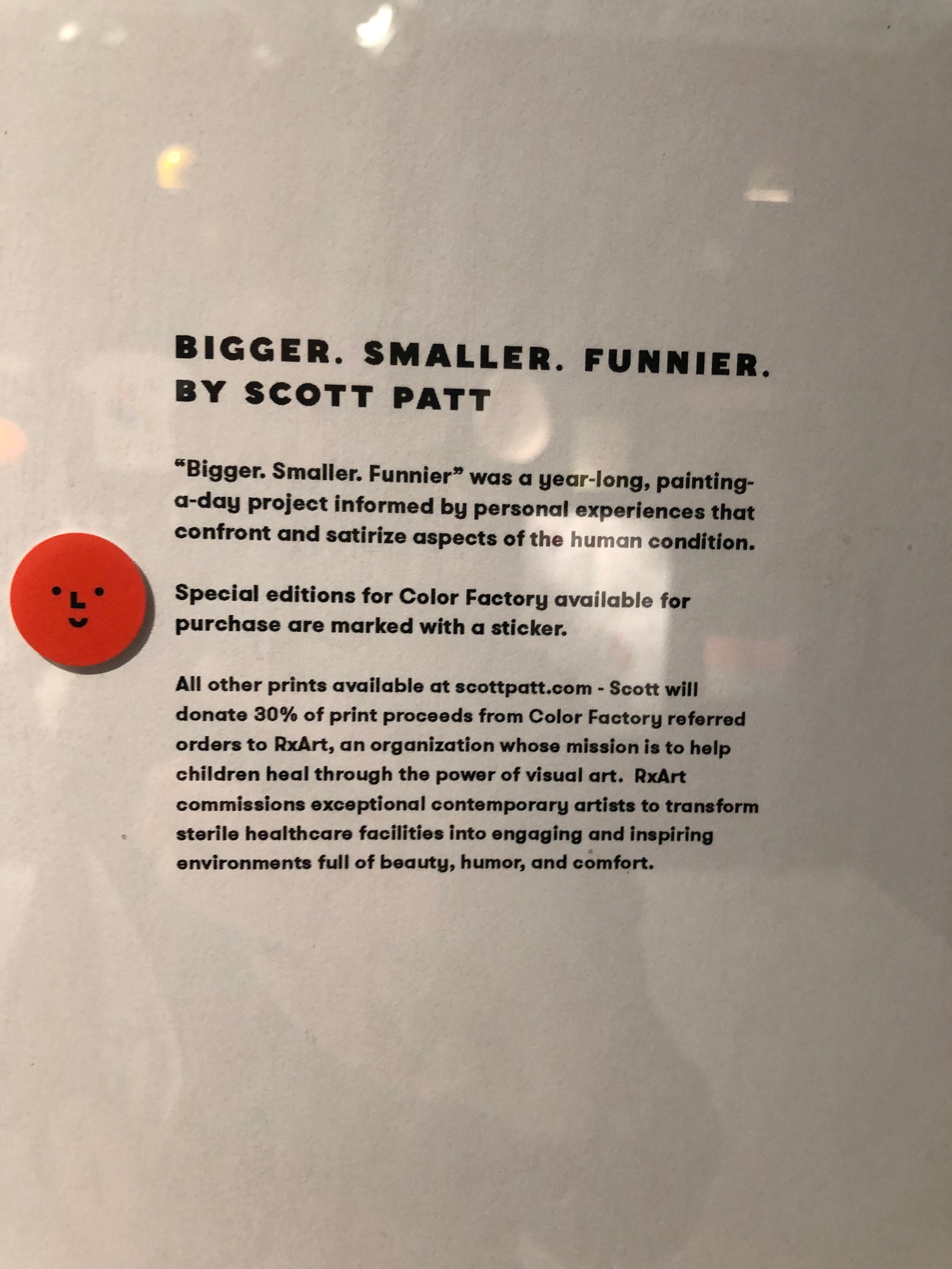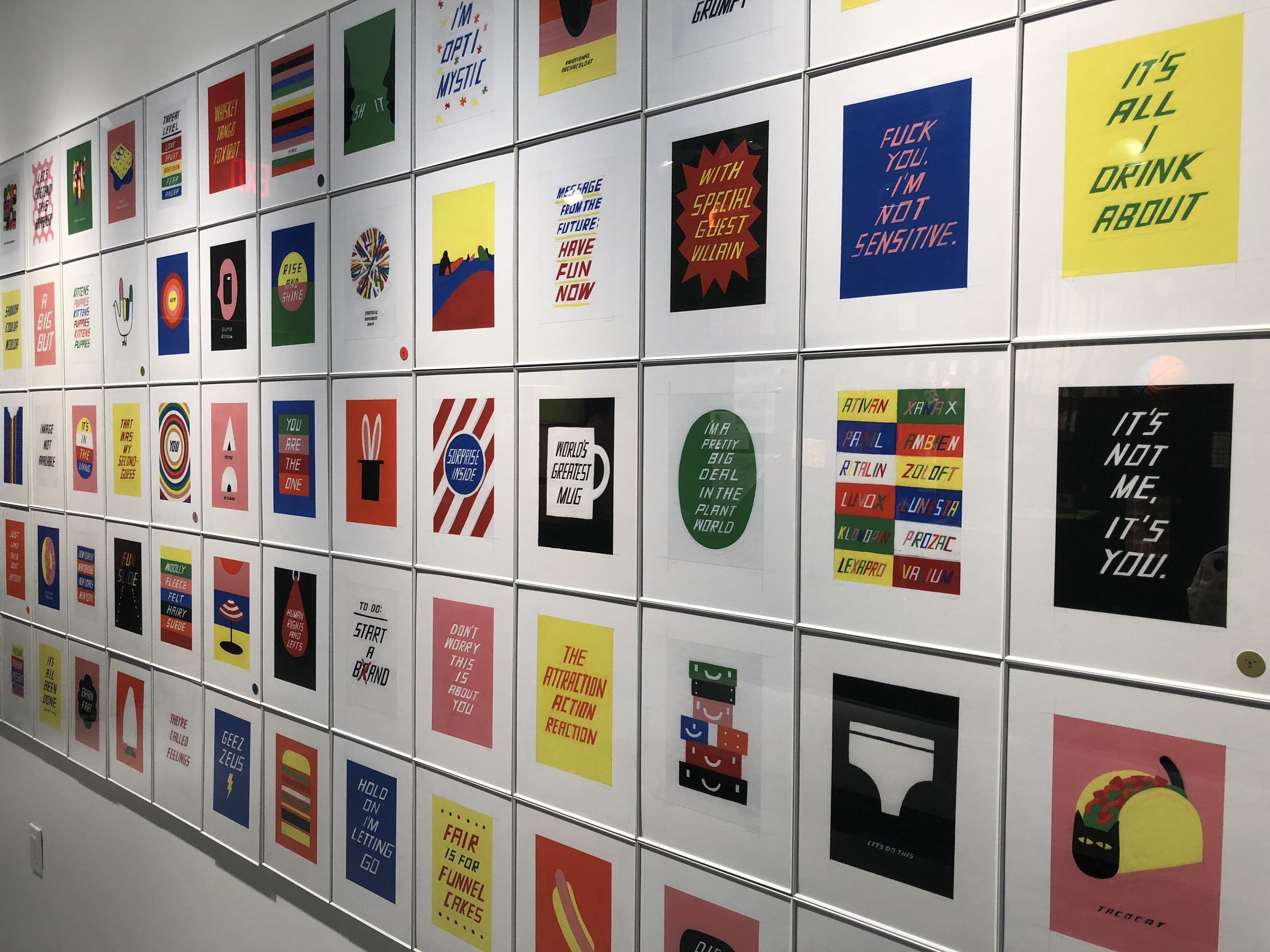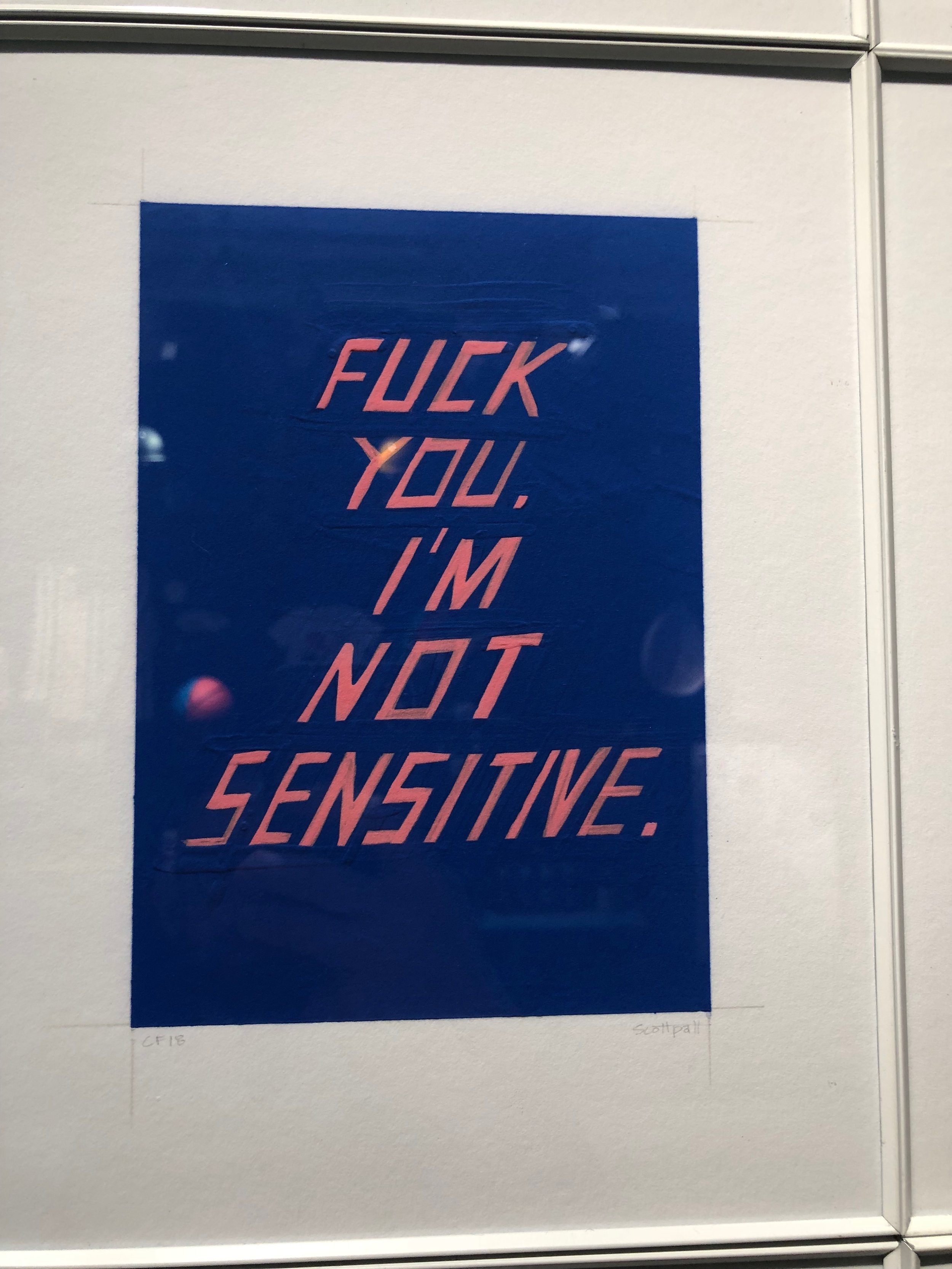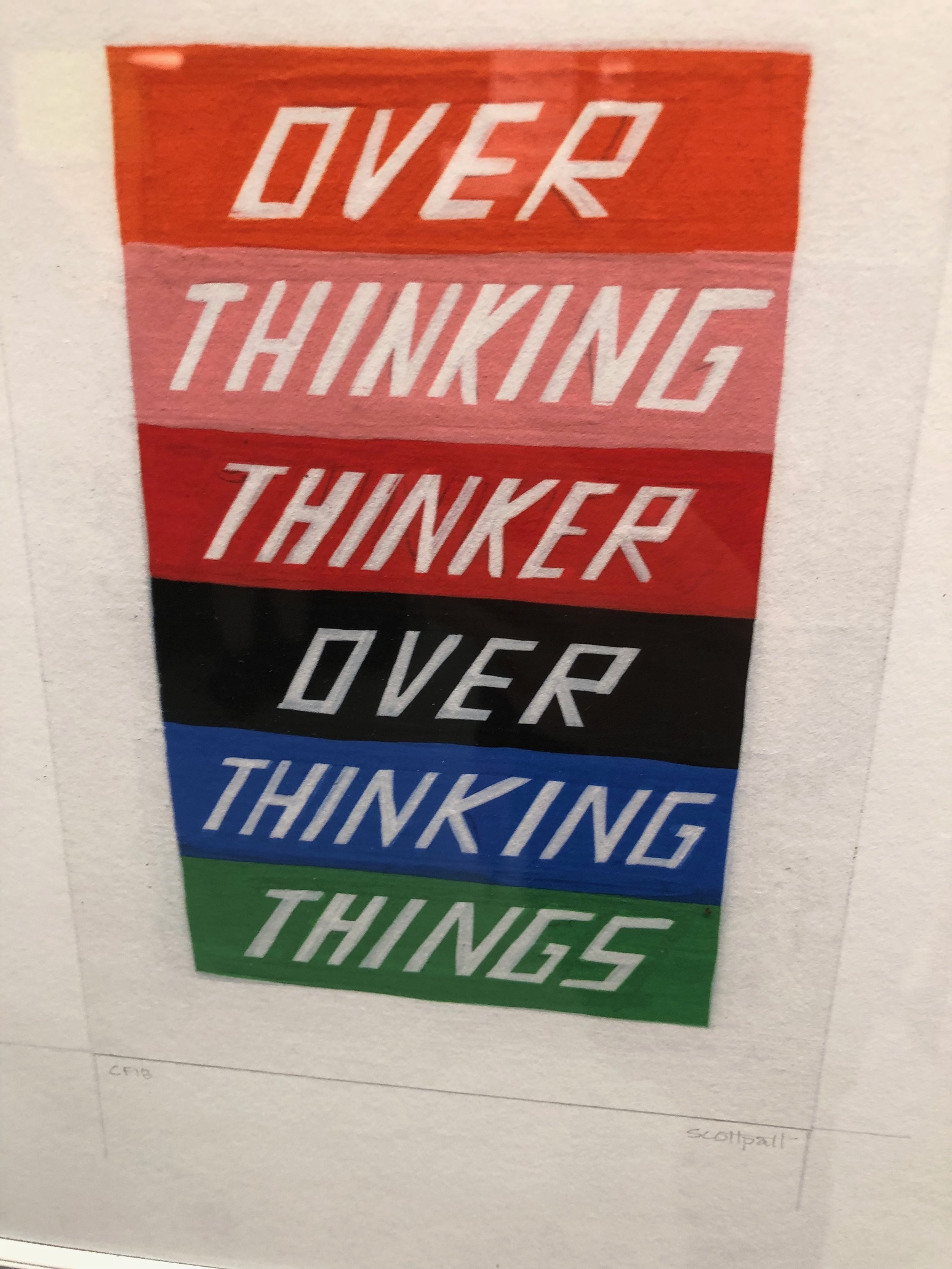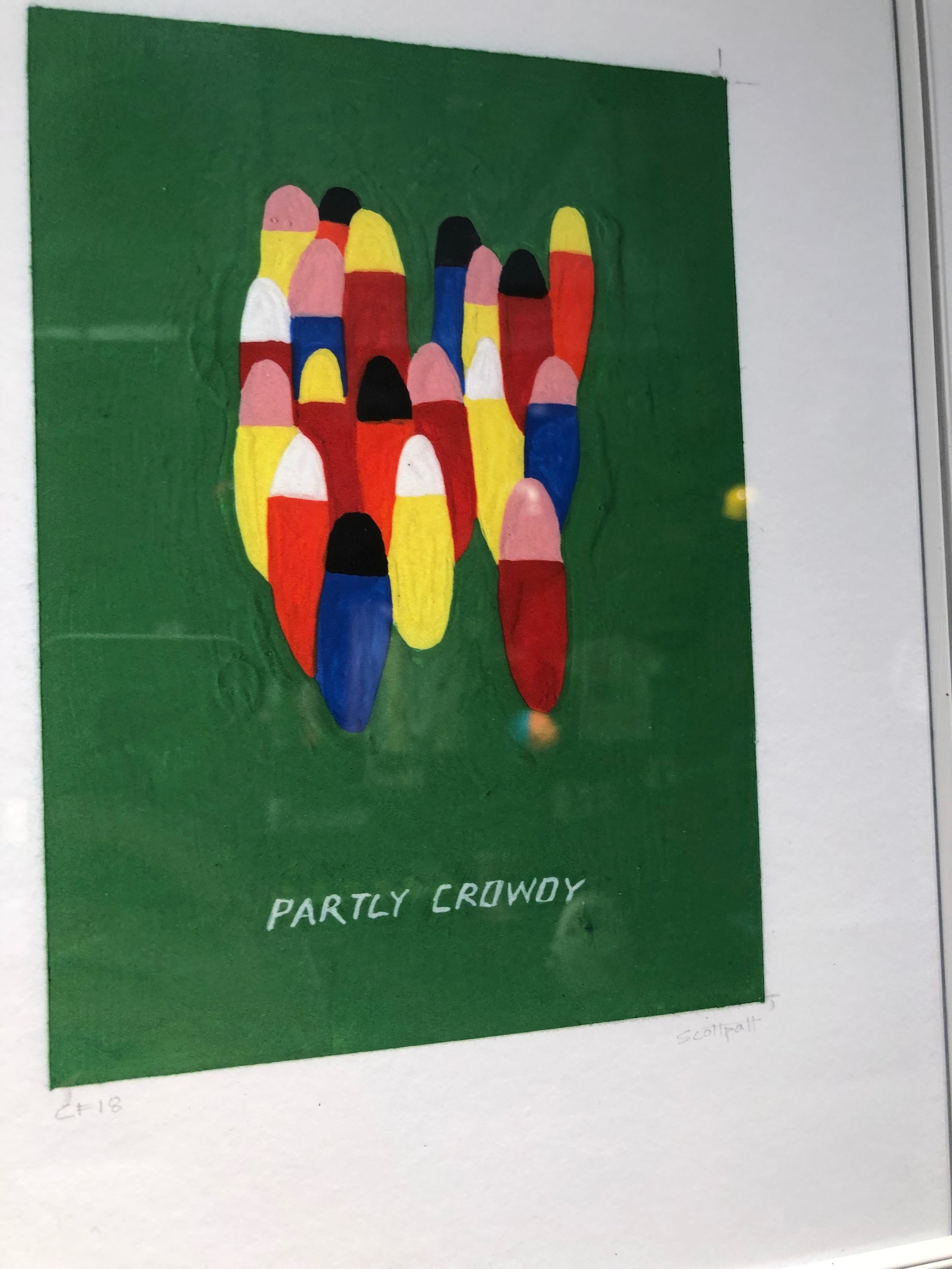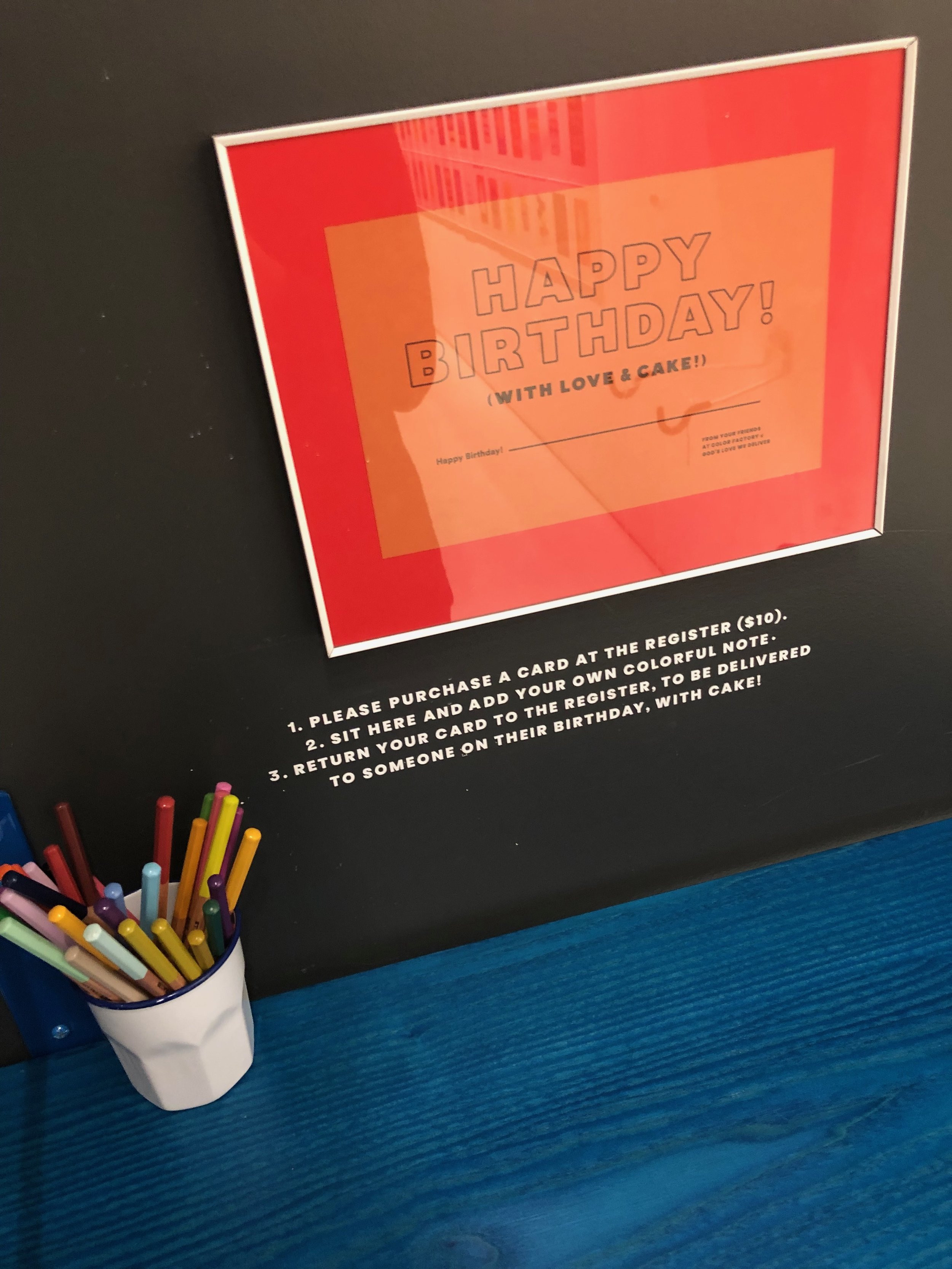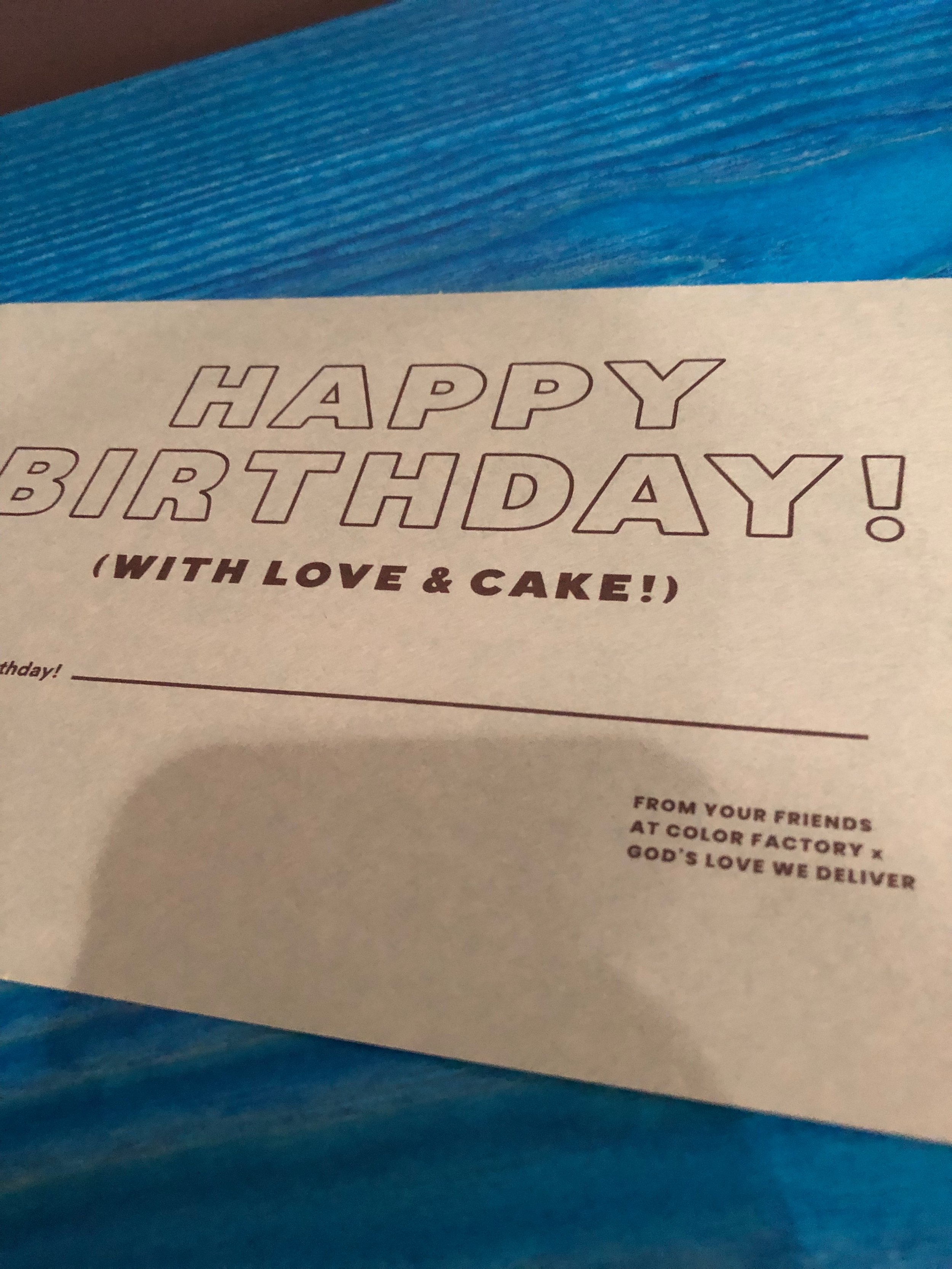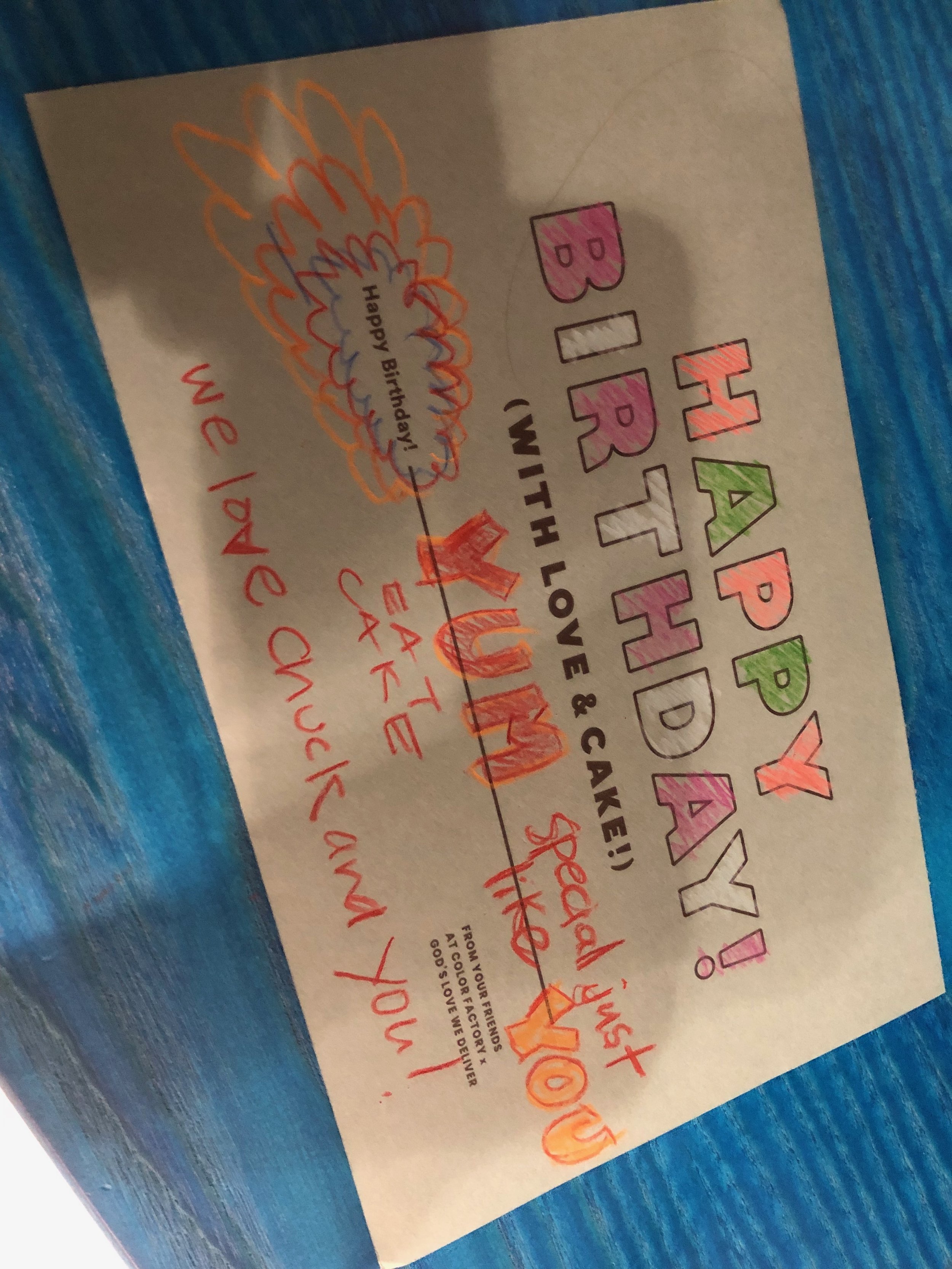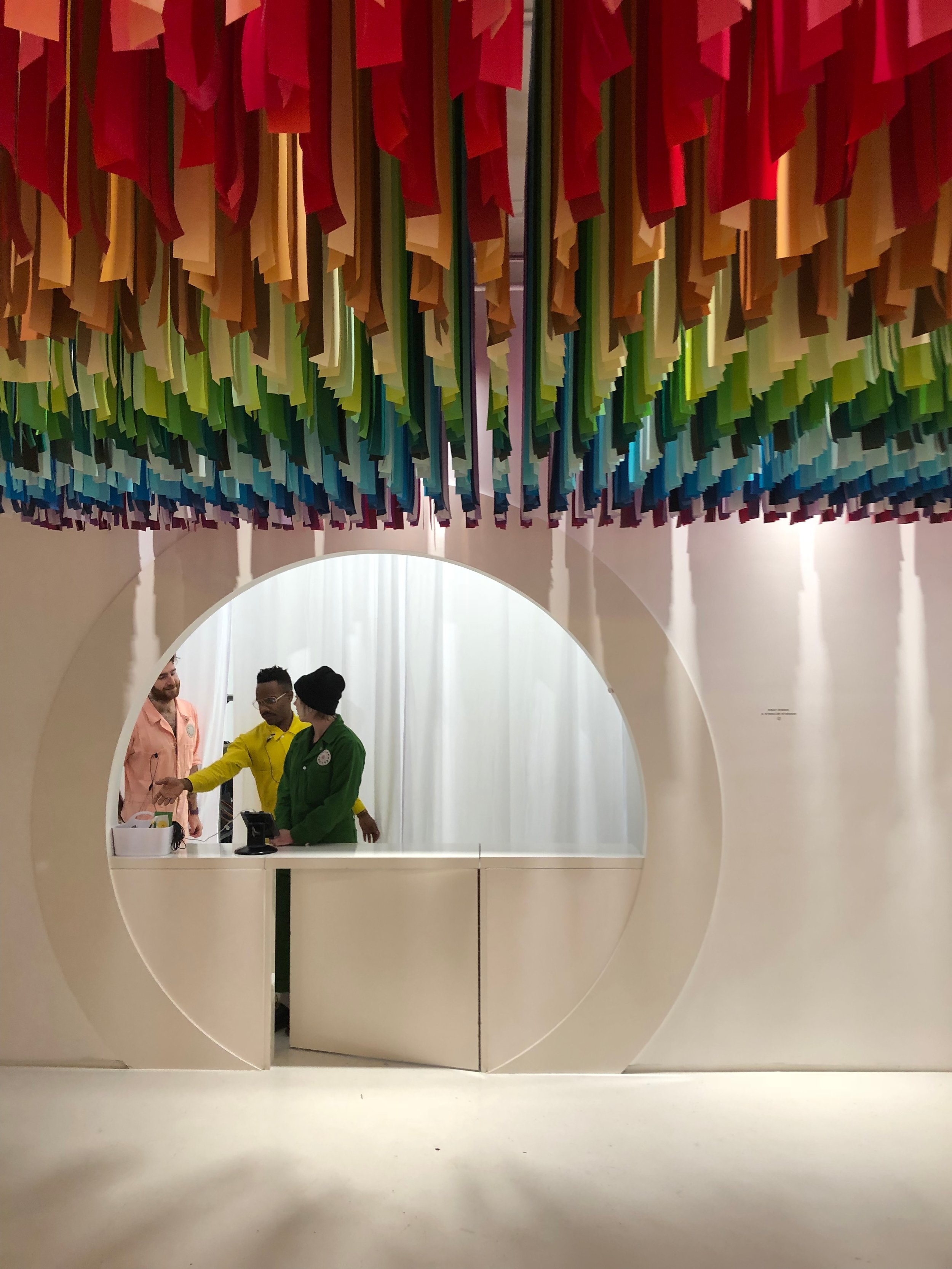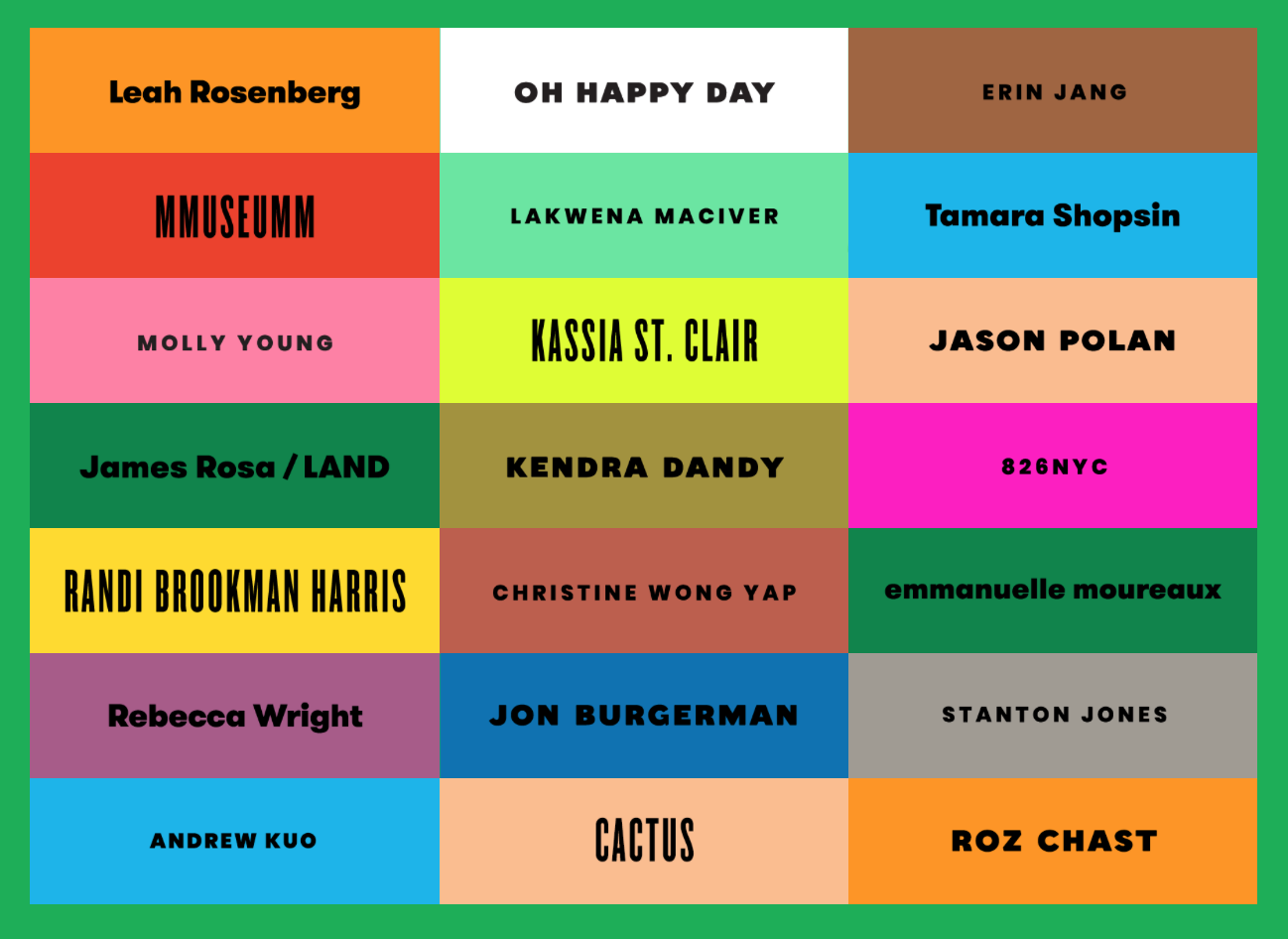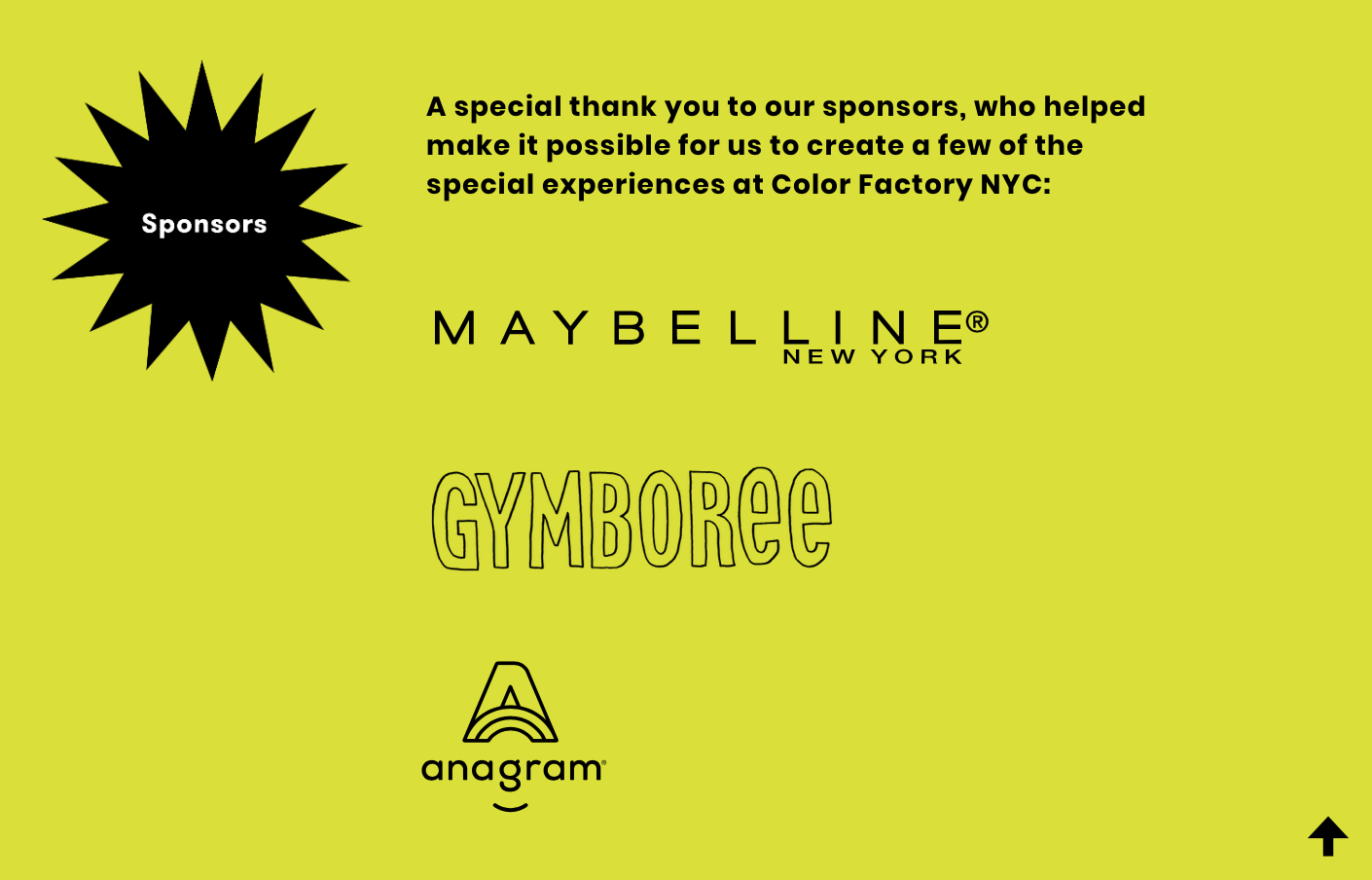Let’s take a closer look at the Color Factory in NYC.
Lately, New York City has been filled to the brim with “experiences.” Yes, we all know pop-ups, but this trend is different. The focus isn’t retail… it’s “experience.” Customers typically pay for entry, take in the experience, then land in a retail store at the very end.
When I checked out the Color Factory experience, I wasn’t sure what to expect. It was, thankfully, well-designed and executed… and that high production value is so, so important.
But the Color Factory’s goal, well, I wasn’t so sure about. The experience was meant to help visitors explore the colors of our city. I’m not convinced I felt that precisely, but I did notice and enjoy that the exhibit collaborated with local NYC artists. Maybe that’s the less literal “color” they were suggesting.
Every room I entered explored the work of a different artist, like a mini installation. And much like a museum, each room was curated: the Color Factory offered a little blurb about each area that offered crucial insight into the artist’s vision. Each room feeling purposeful and connected to each other.
I walked through this maze of colors, all of my senses at work. I tasted candy. I felt the wind blow on my face. I sensed my own aloneness in a dark room. I transitioned abruptly to completely different environments, diving into a ball pit one minute and then reading poetry the next. One of the most clever rooms in my opinion was the life-size “decision tree” that led me to my own personal color: holiday turtleneck, a festive salmon.
What was the primary purpose of this experience? To just have some fun—and step into some great photo ops? Many of these experiences seem designed to boost our own (and the hosts’) social currency, especially on picture-perfect Instagram.
But the Color Factory was many things: Part museum. Part art show. Part amusement park. Part entertainment venue. Part playground. Part retail store. It was a combination of all these familiar formats. For me, it landed closest to a more intellectual entertainment experience powered by artists. On the surface, it was about color… but each room was attempting to explore a deeper point of view that would not be complete without the audience’s involvement.
My background is in retail. The industry’s distribution network has been gutted. Nearly 6,000 stores closed this year. If a store exists, it needs to have a strong raison d'être, and not just function as a mini-warehouse of product. The message has been sent to retailers loud and clear: build an experience, not a store. But what does that mean?
Fast forward to the experience mayhem currently happening in NYC. In my opinion, installations like The Color Factory, Candytopia, Museum of Ice Cream and Wonderworld are taking the first step toward answering that question. On one side, we have the largest, most powerful brands like Nike and Apple building the ultimate stores driven by product and service. On the other side, we have these virtually product-less “mom and pop” type experiences selling tickets and sponsorships and calling us to visit them based on their “purpose.” We can argue the validity of these purposes but never-the-less they are all selling an idea over a product and people are lining up and buying tickets to explore these ideas.
I think these are all experiments. We are learning what’s next for the use of the physical space we once called a store or a mall. I remember when the store proposition was quite clear and we were all debating what this crazy “world wide web” would look like one day. I think we all got it wrong. Now the tables are turned. For the moment, the internet’s role seems more clear to me than the future of stores. Who knows how long that will last.
But I applaud these risk takers, like Color Factory and Candytopia, who are taking the first steps into a new frontier before the rest of us. These are baby steps that will help us find our way. Steps that might seem superficial on the surface but are contributing to our understanding of how brands and businesses are collapsing into culture and helping us chase a greater “sense of self.” A role that perhaps the institutions we no longer trust used to play.
So is the easy fun-ness of the Color Factory planting the seeds of much-needed change in our world? To embrace variety? To embrace our own creativity, or the unexpected? To see things differently? To help us move forward?
Or is it just a good time? A distraction from the real (tense) world?
Or all of the above? I guess that’s for each of us to decide.
This I know: the Color Factory was made by artists and art is a powerful and sublime tool. In times of doubt, art “leans in,” getting inspiration from the struggle, asking the big questions, challenging the norms. Art is thoughtful, creative and has purpose. We know it’s time retailers ratchet up the creative use of space. The question is… how?
Perhaps they should let art lead the way. Thank you Color Factory!

